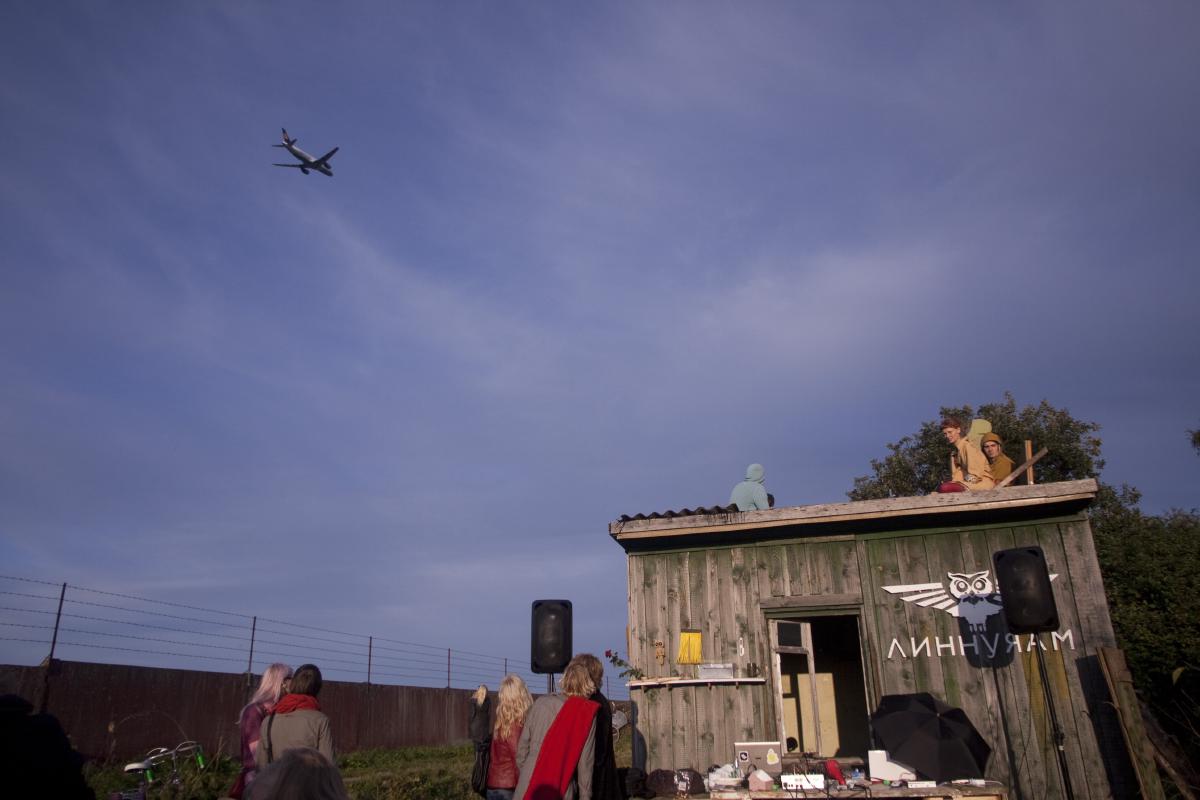
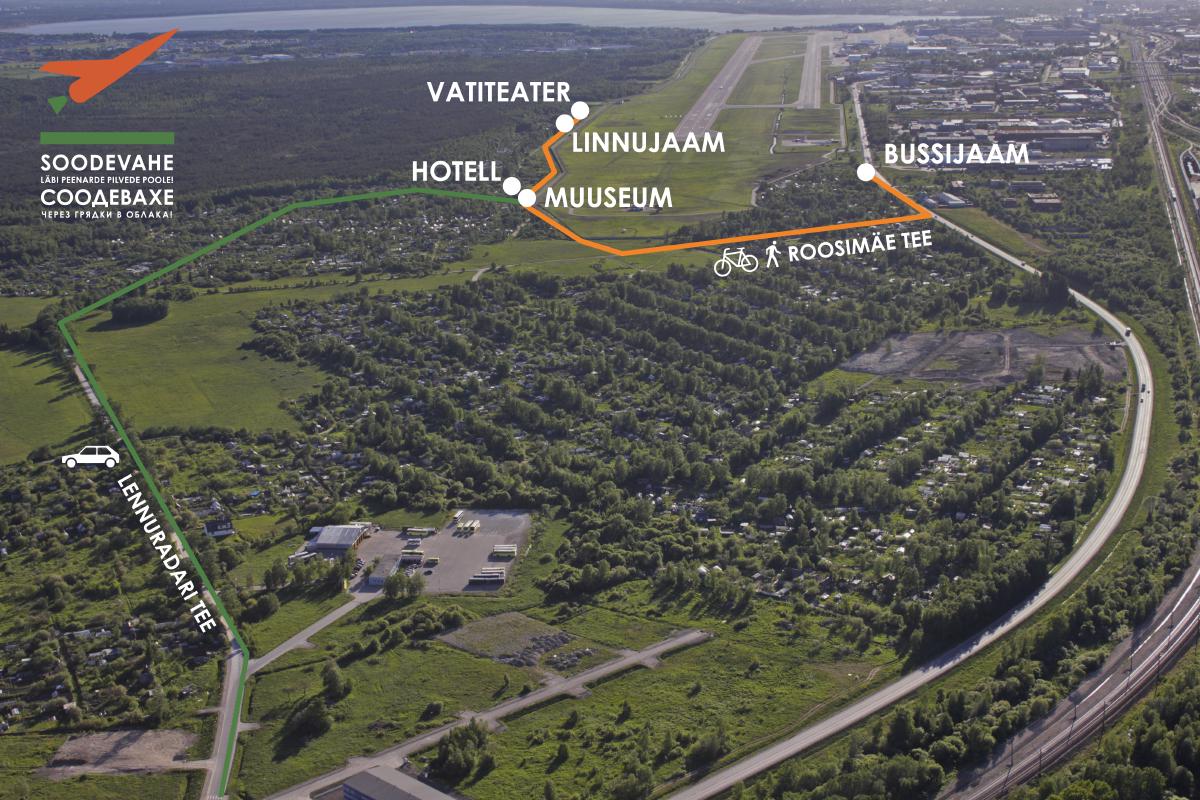
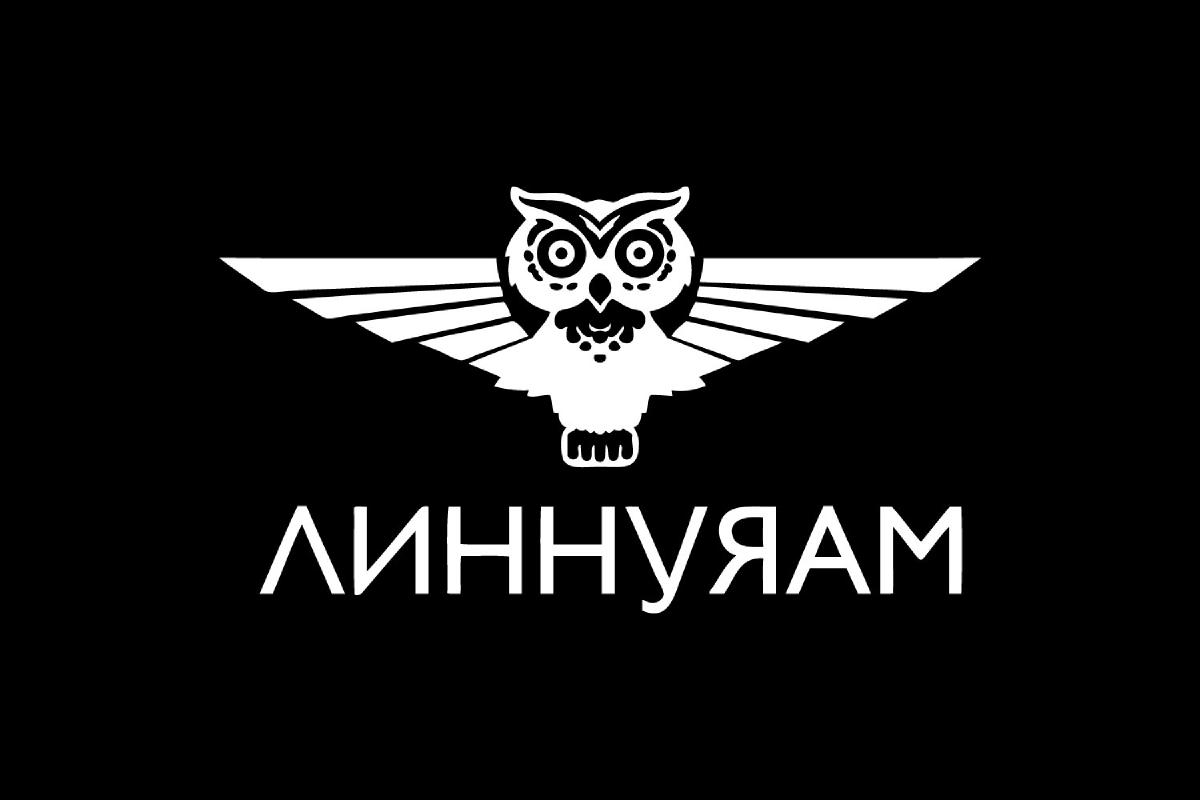
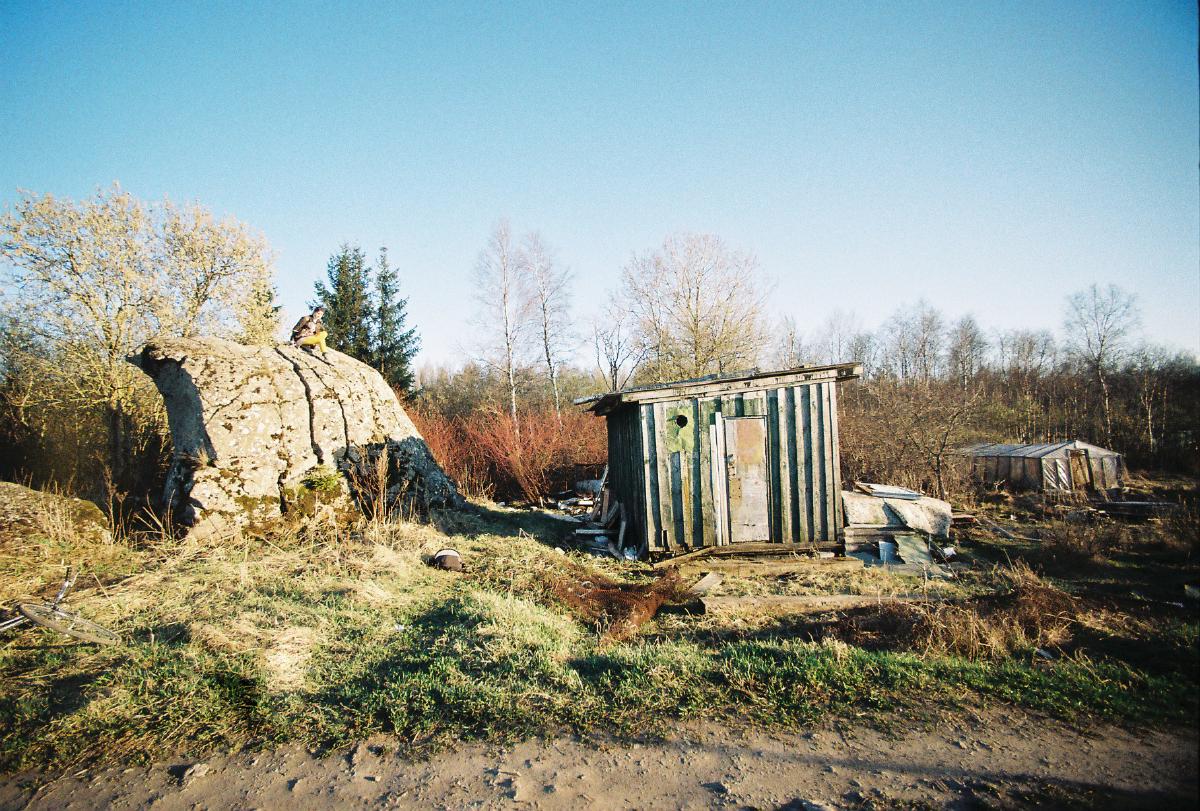
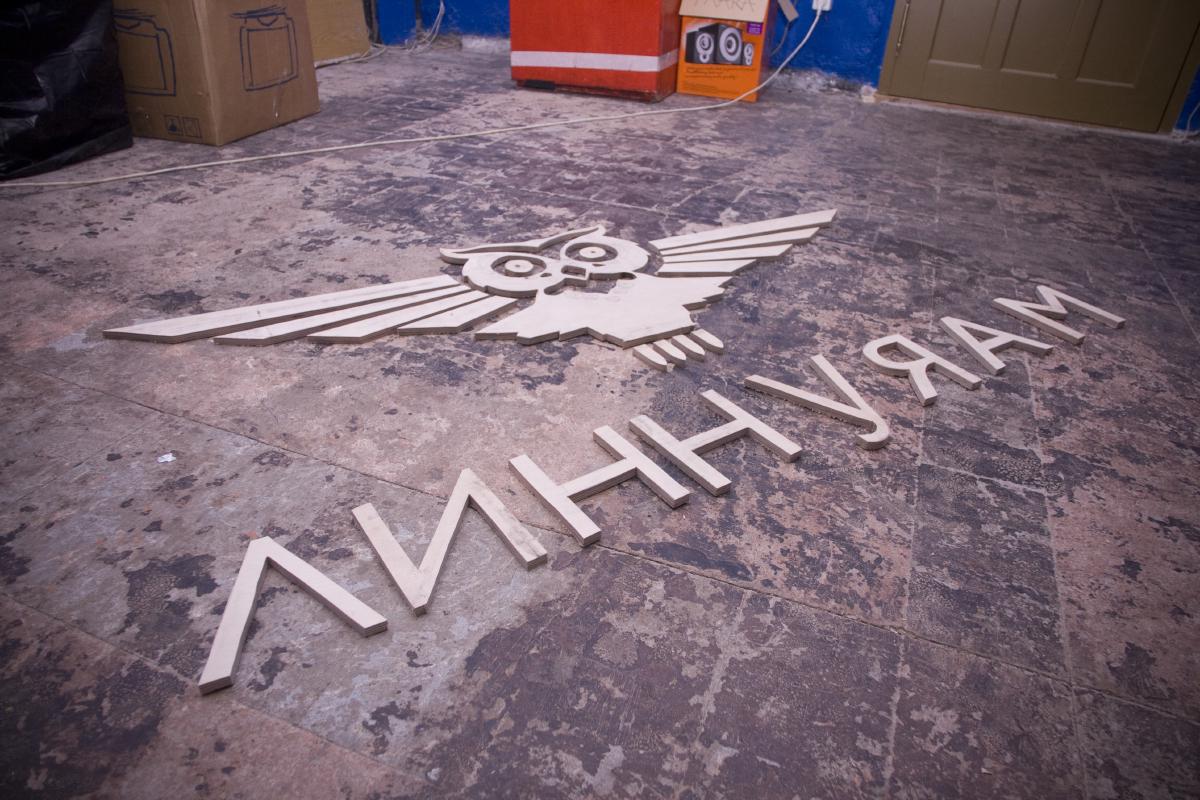
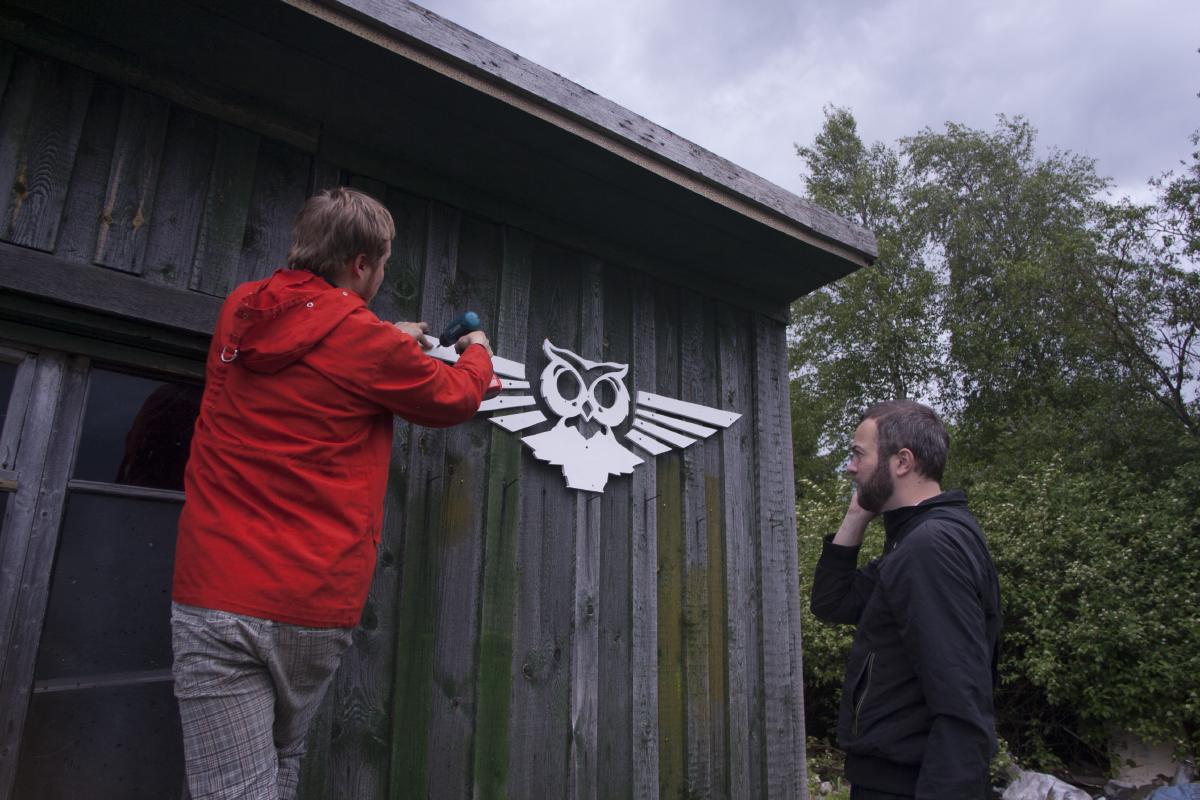
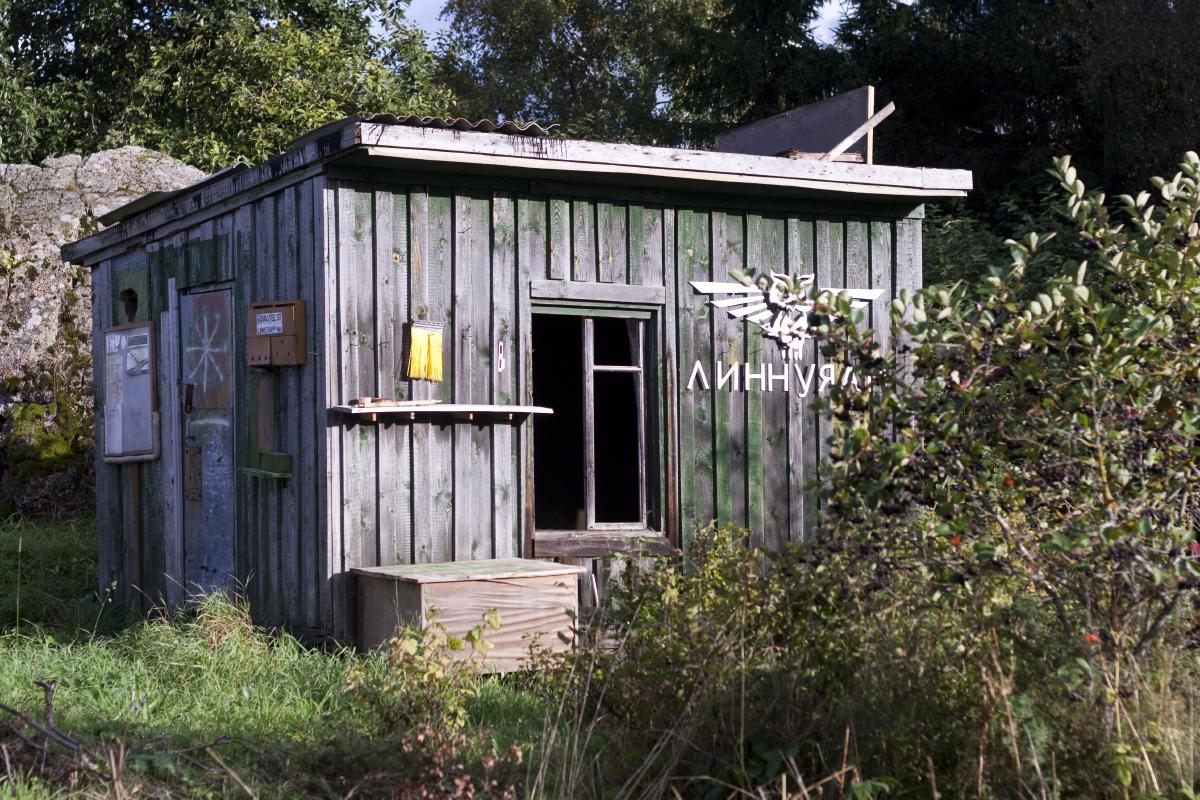
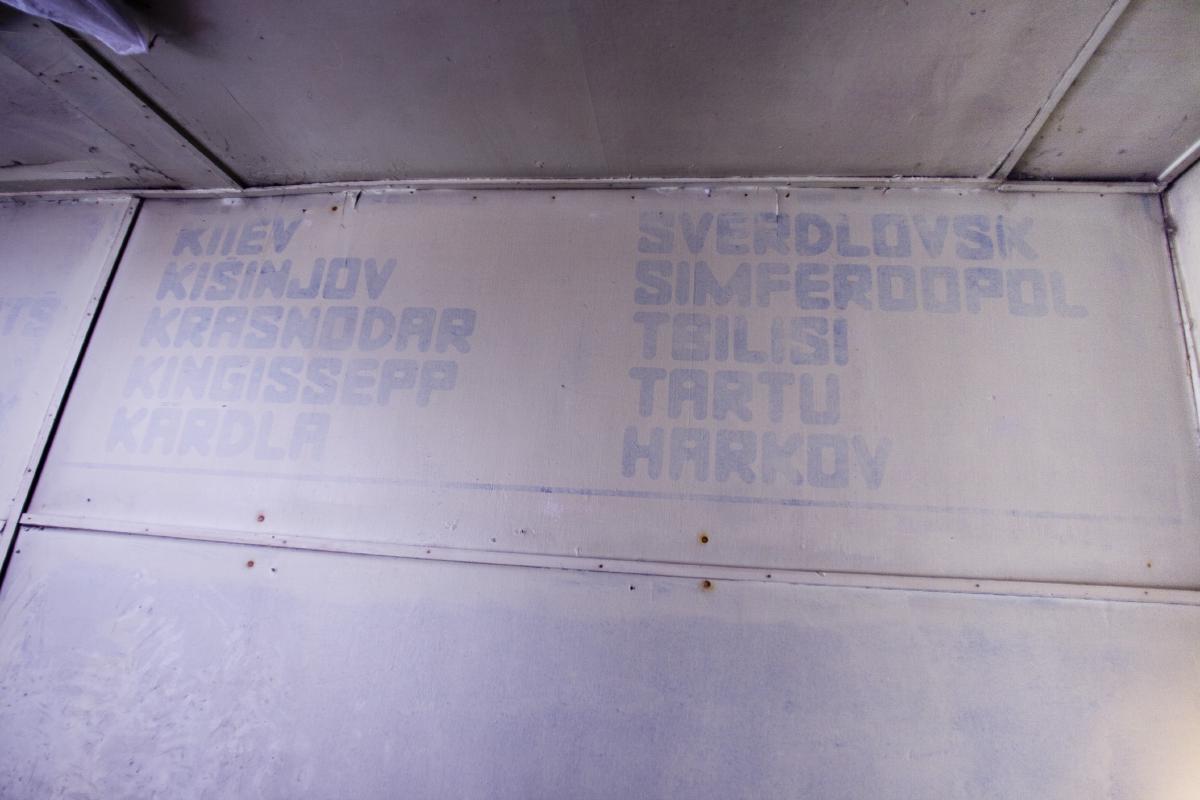
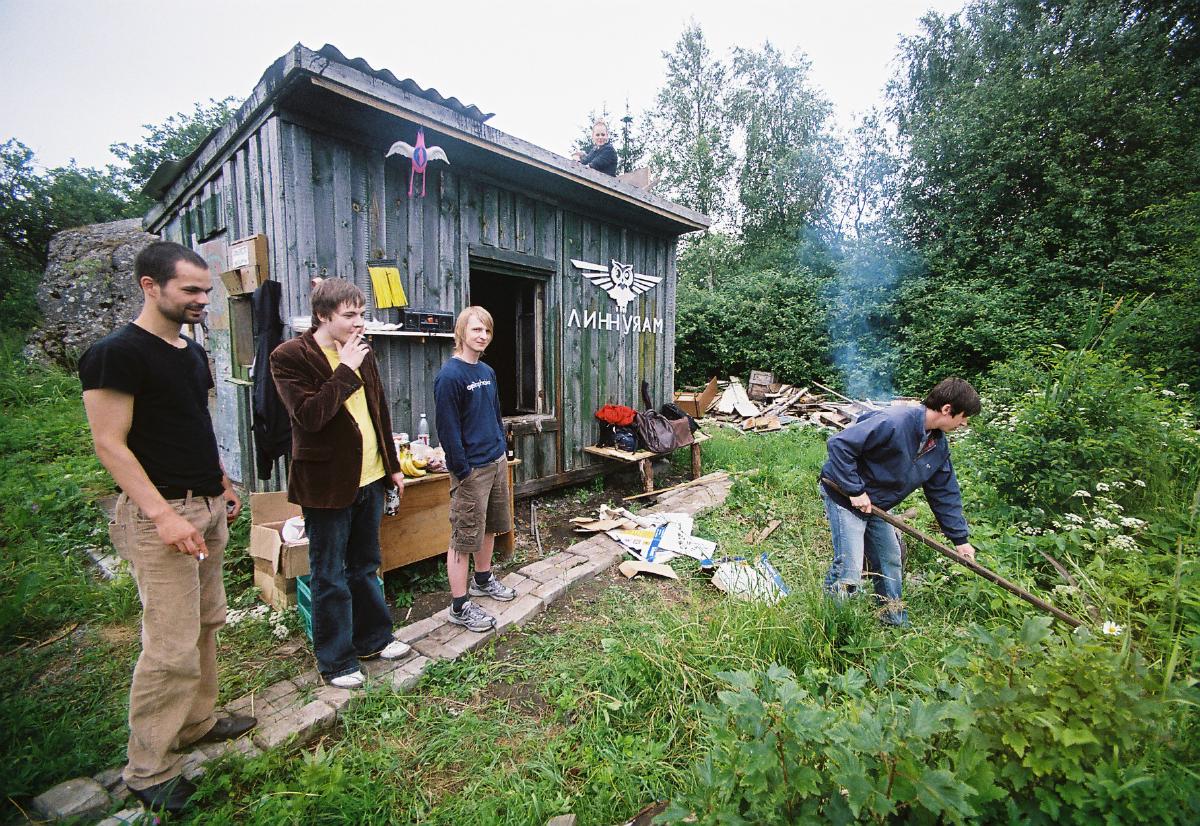
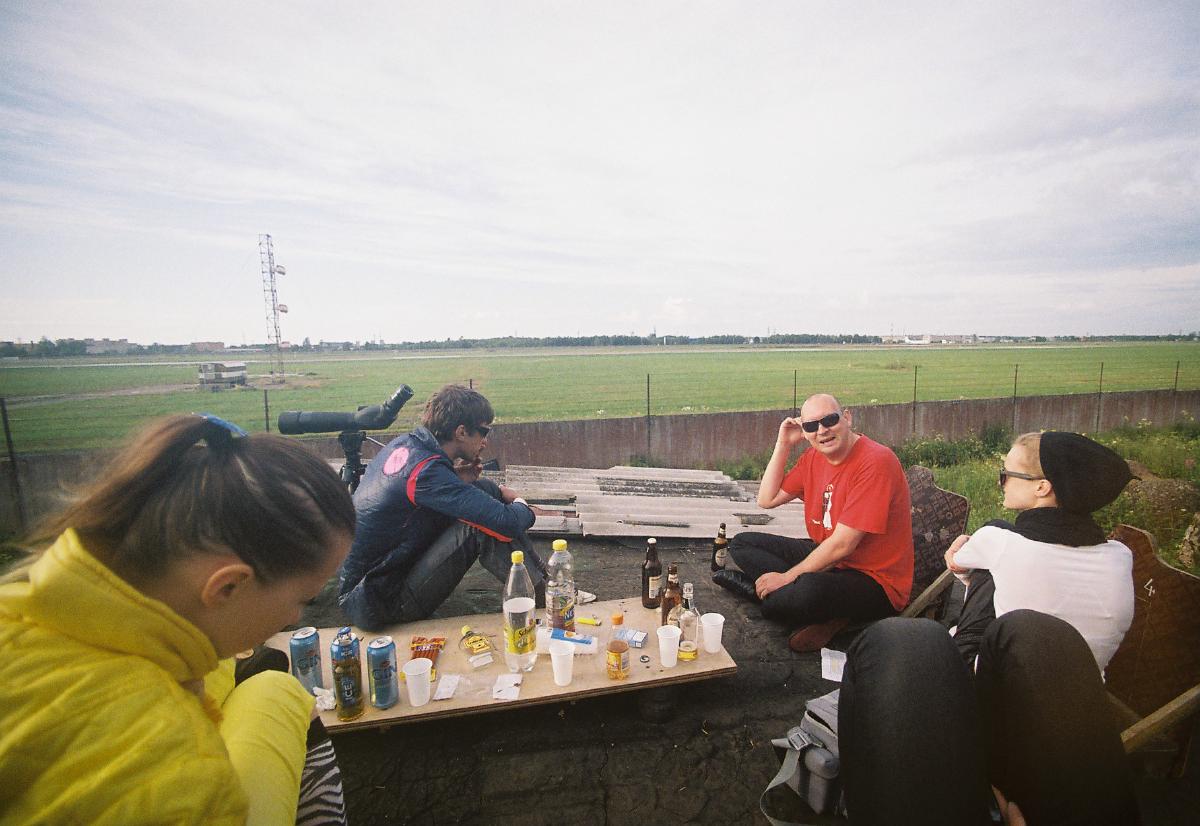
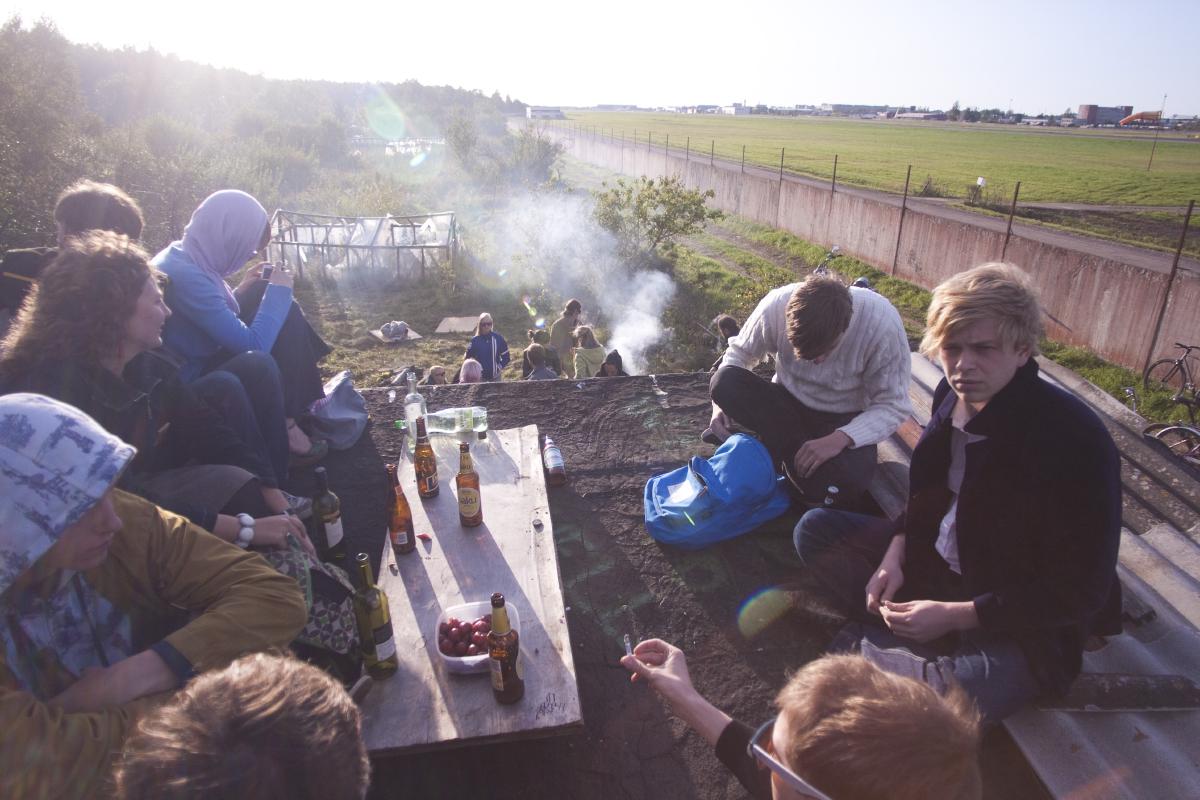
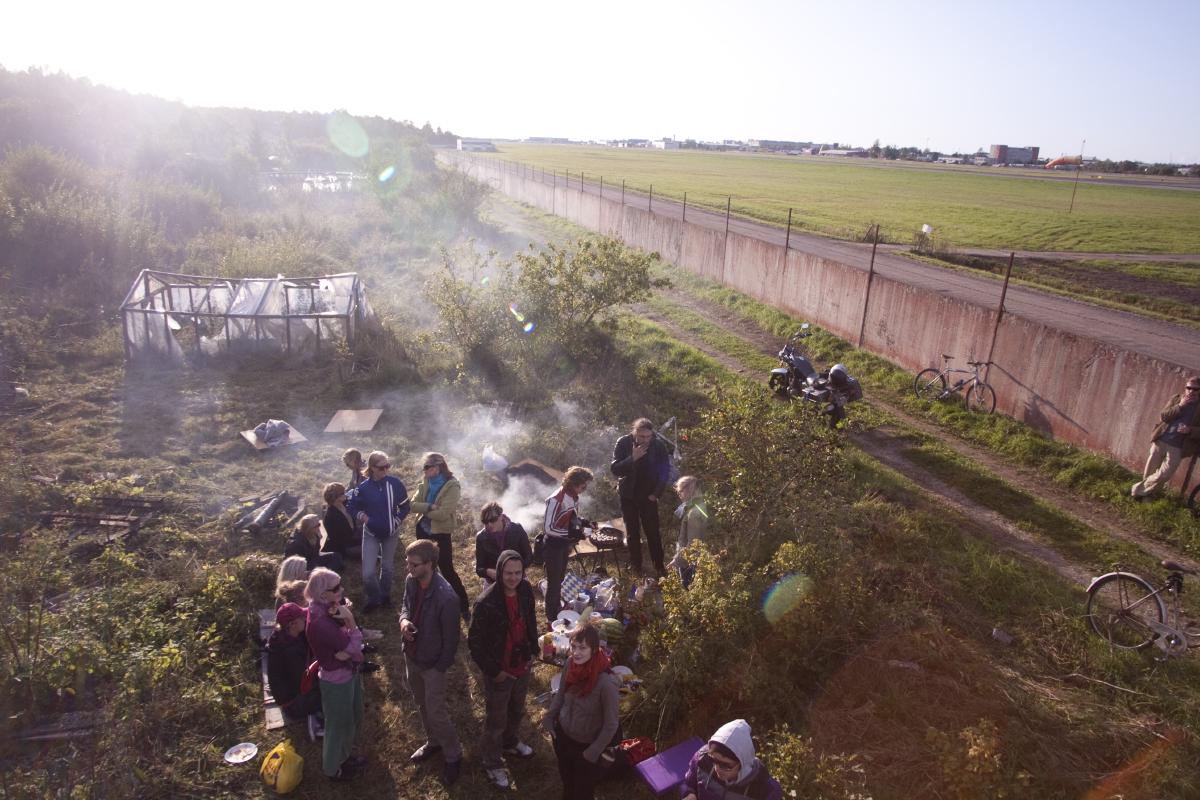
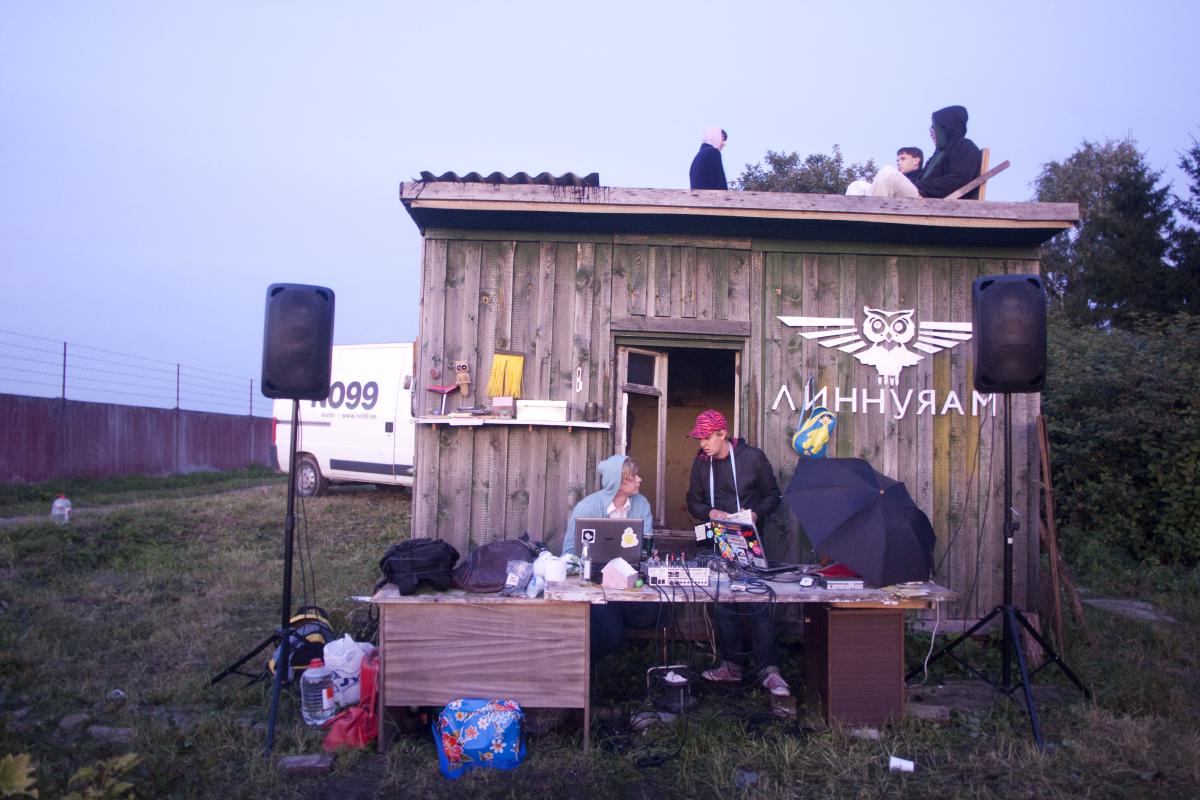
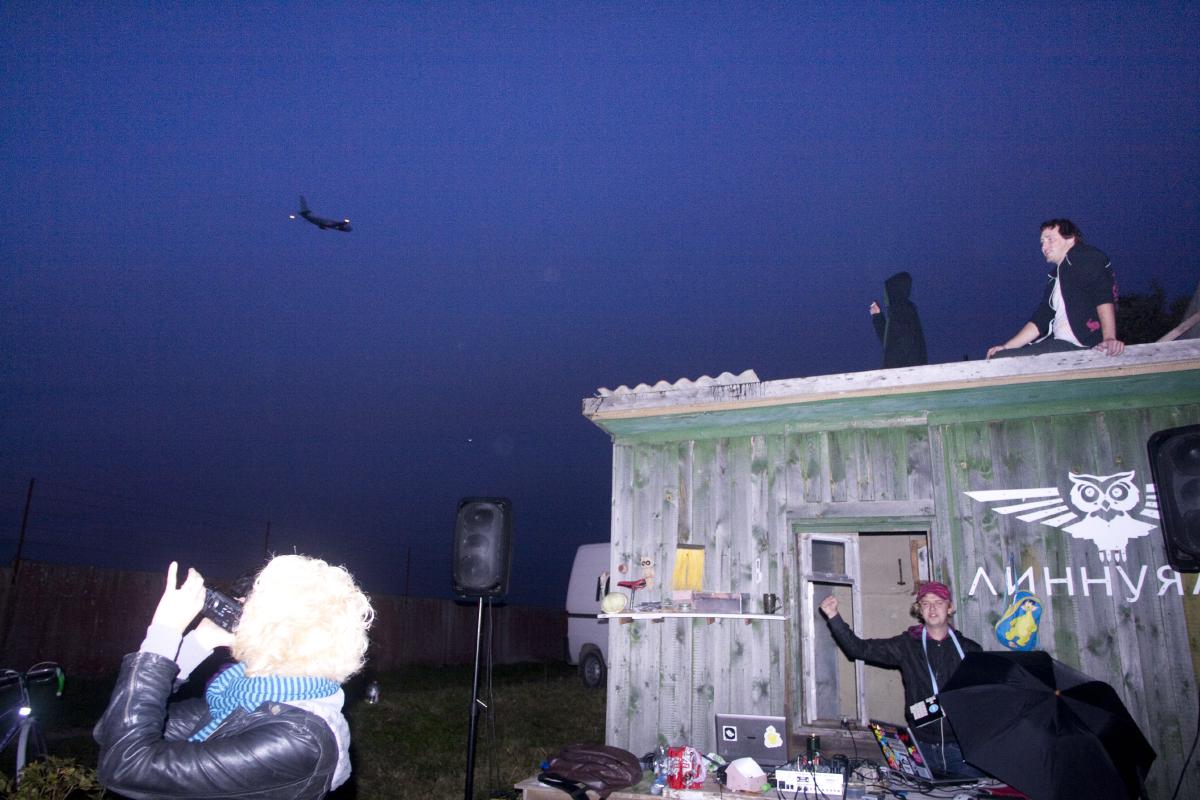
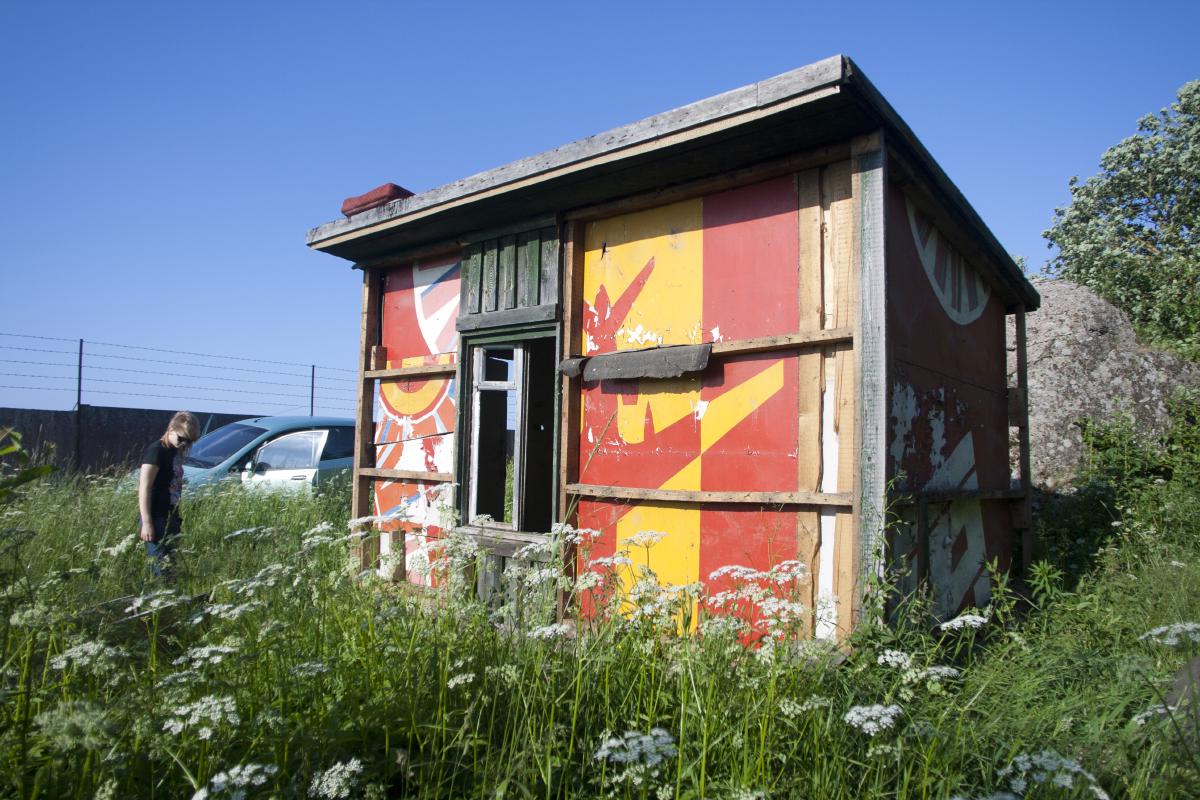
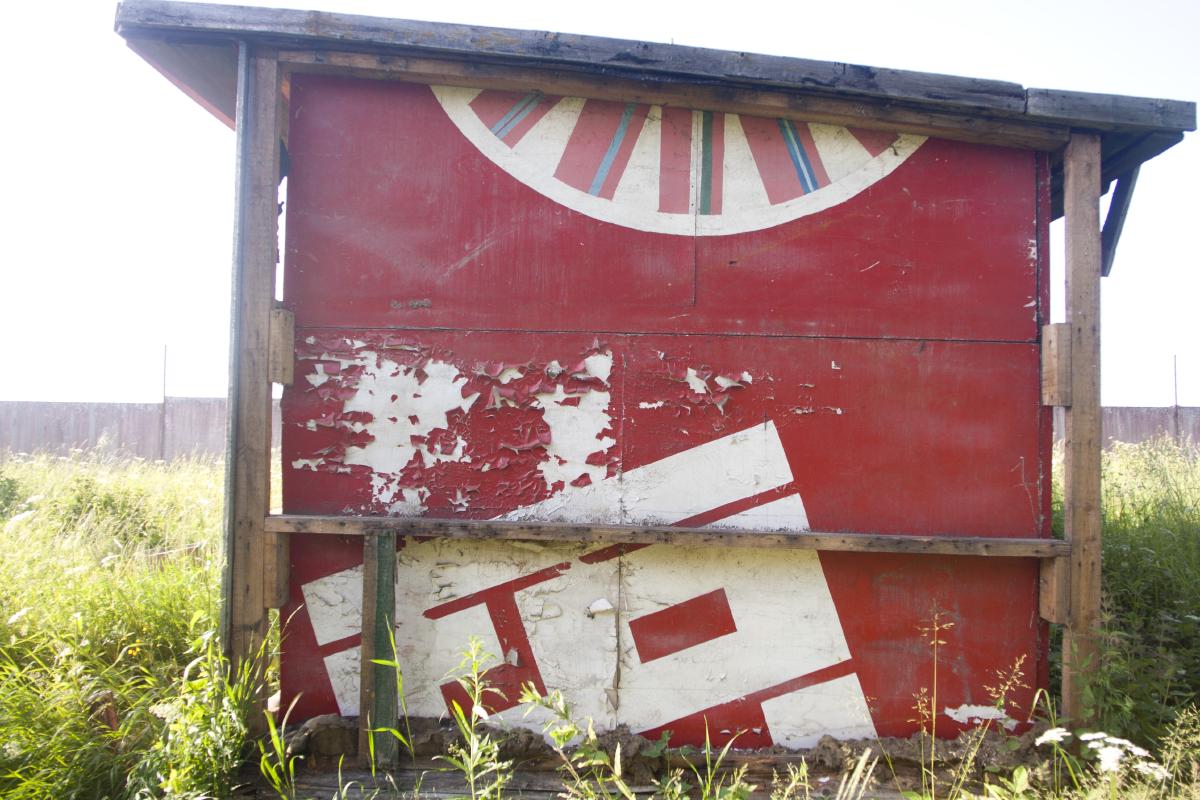
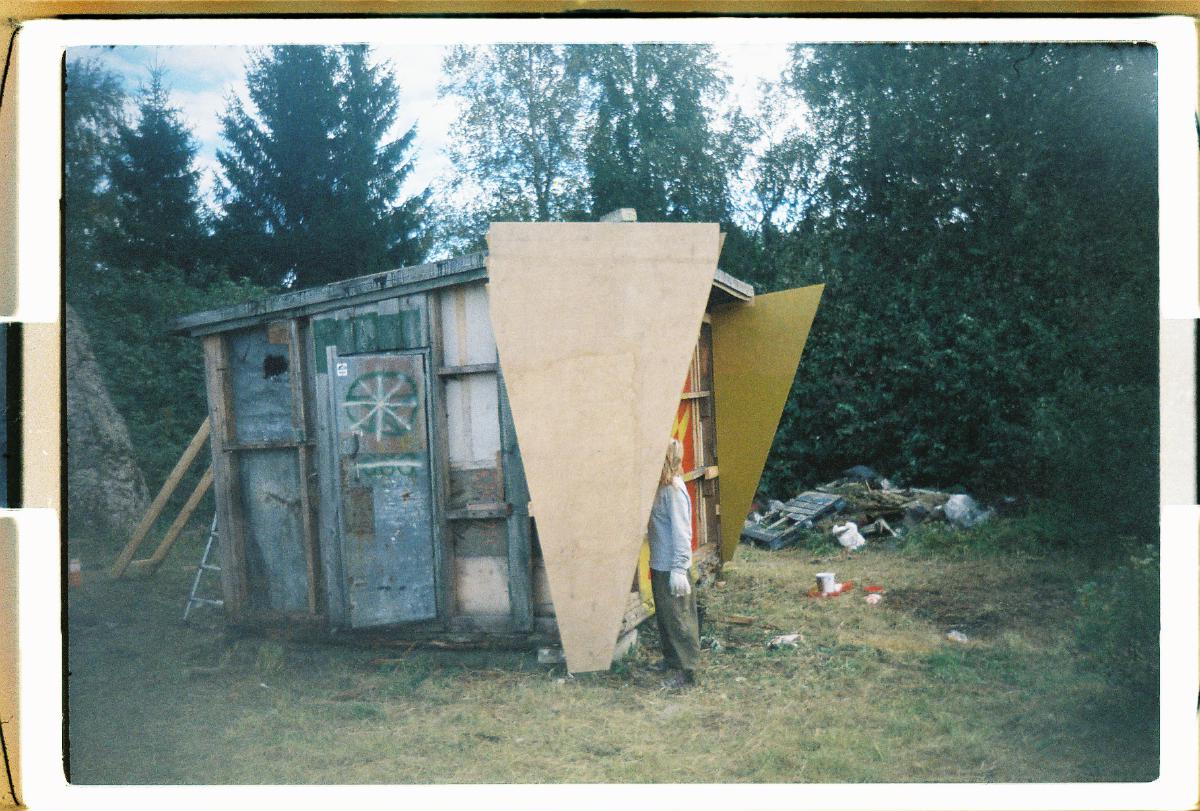
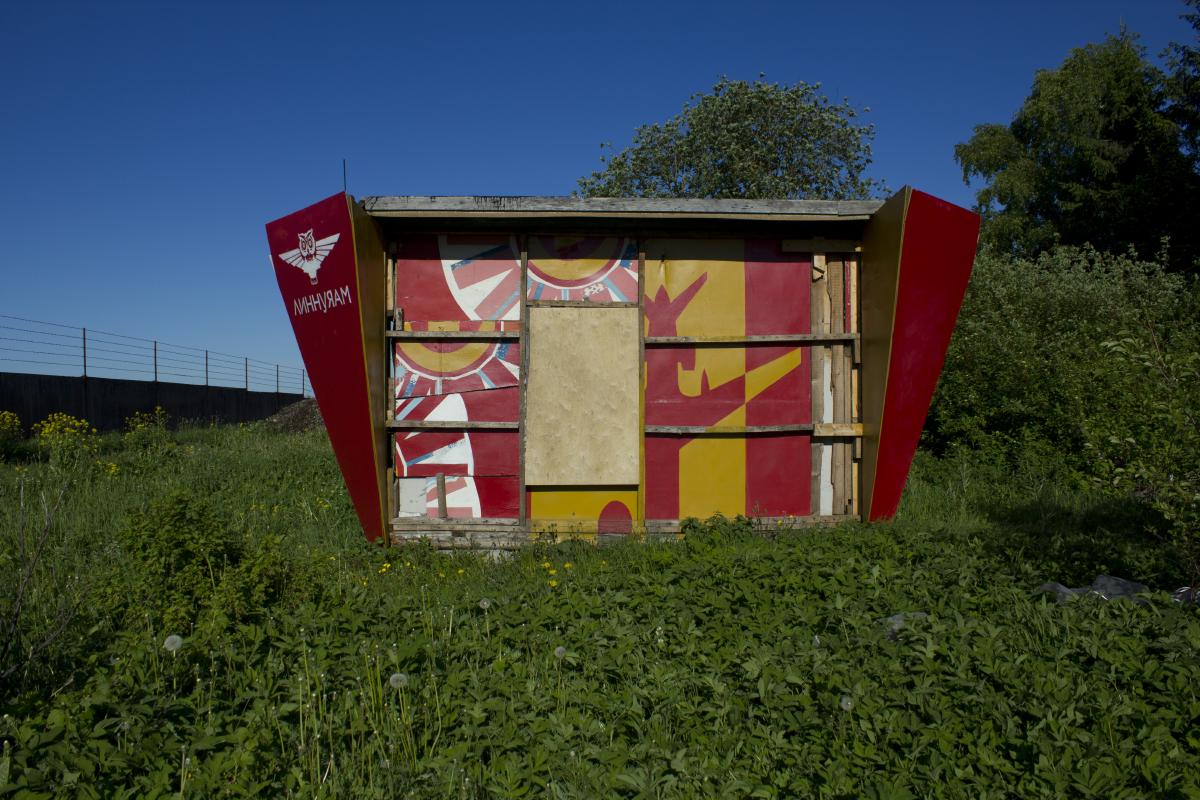
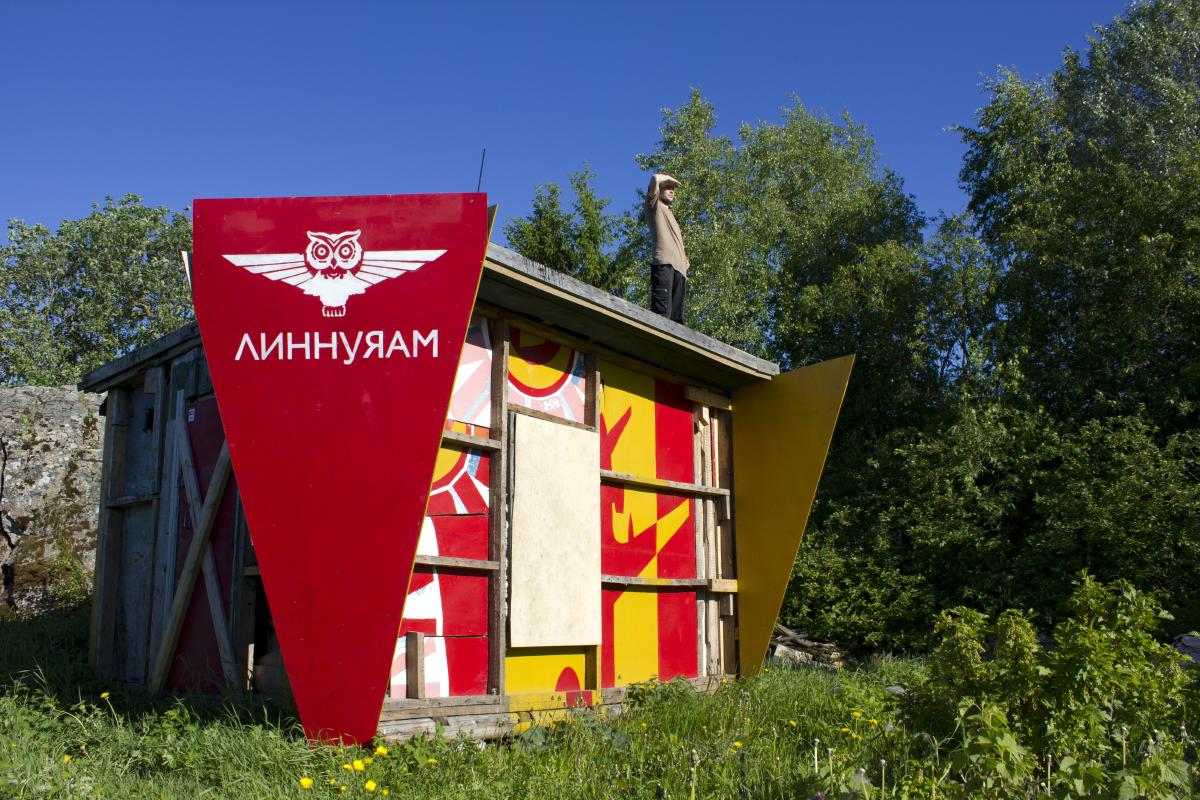
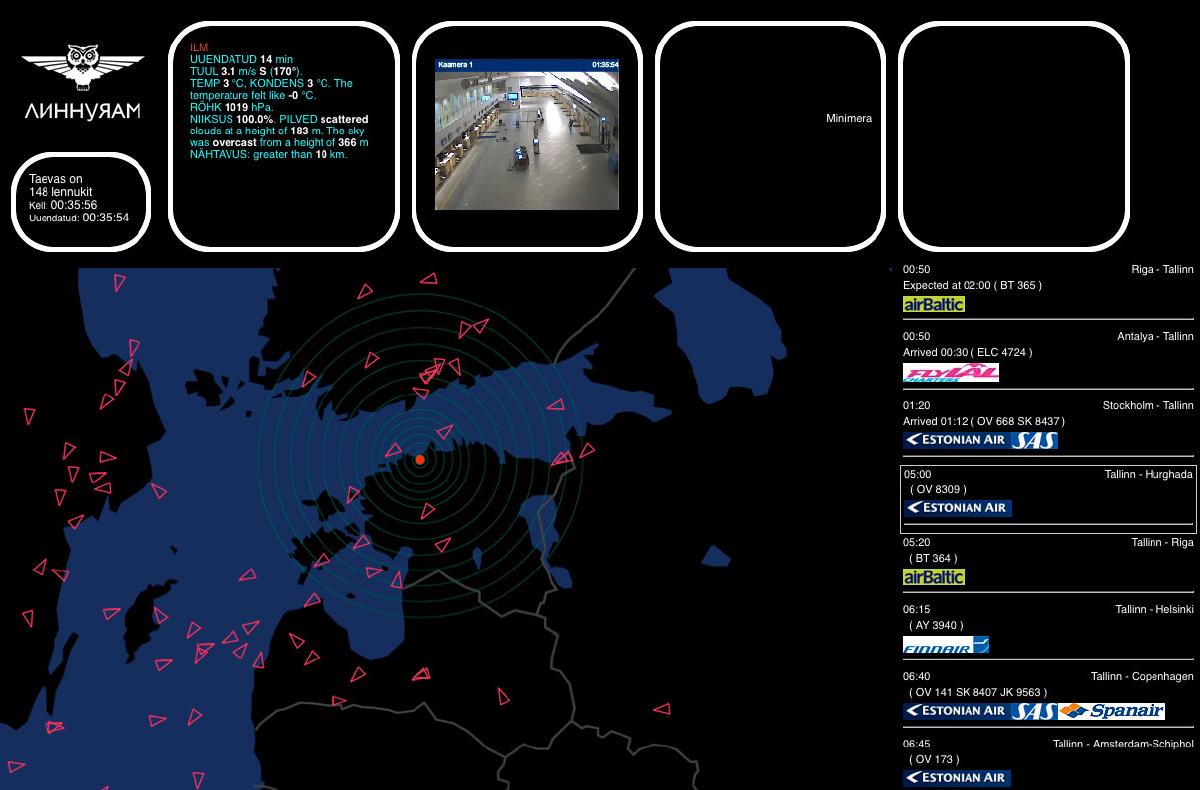
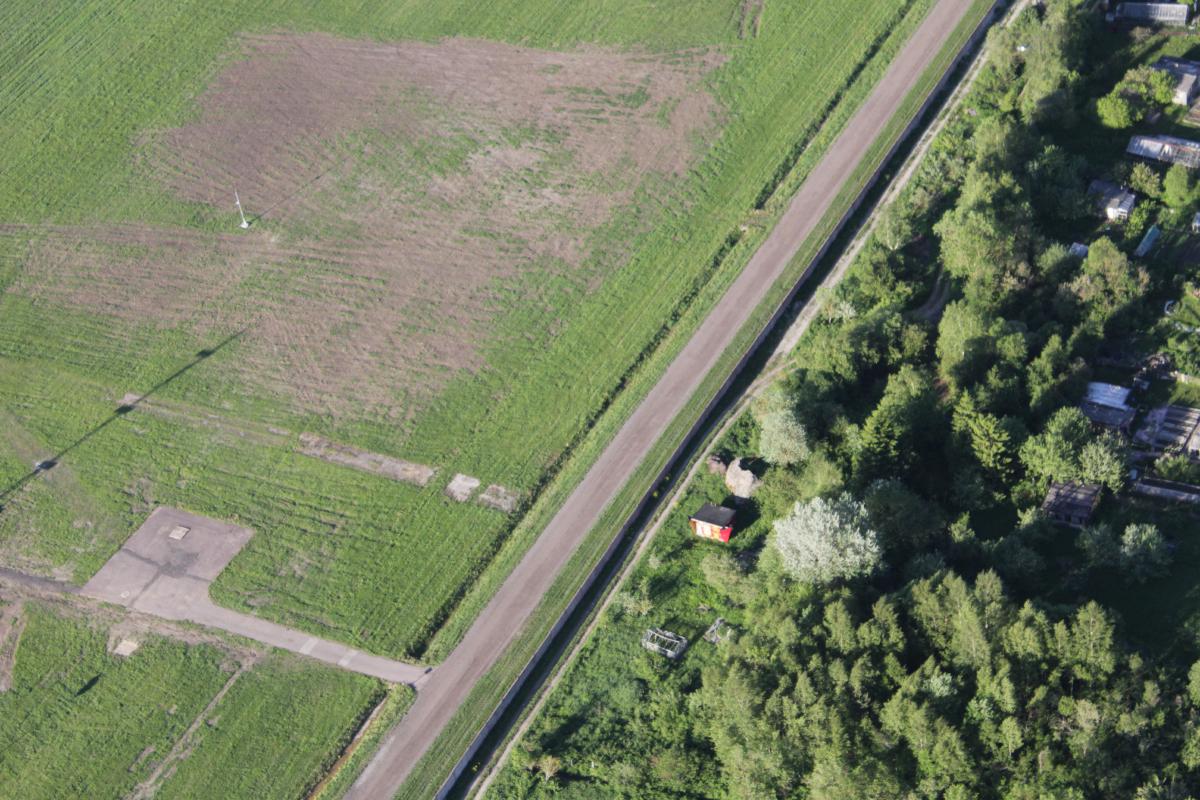
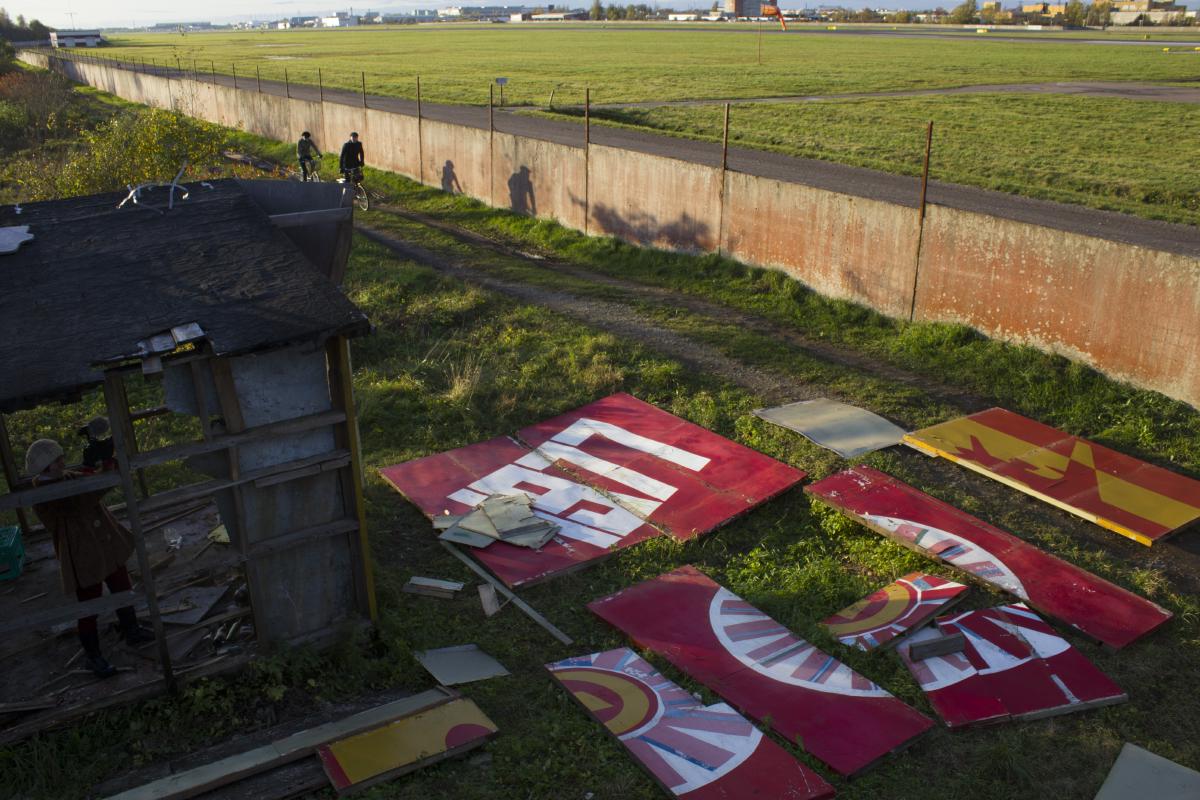
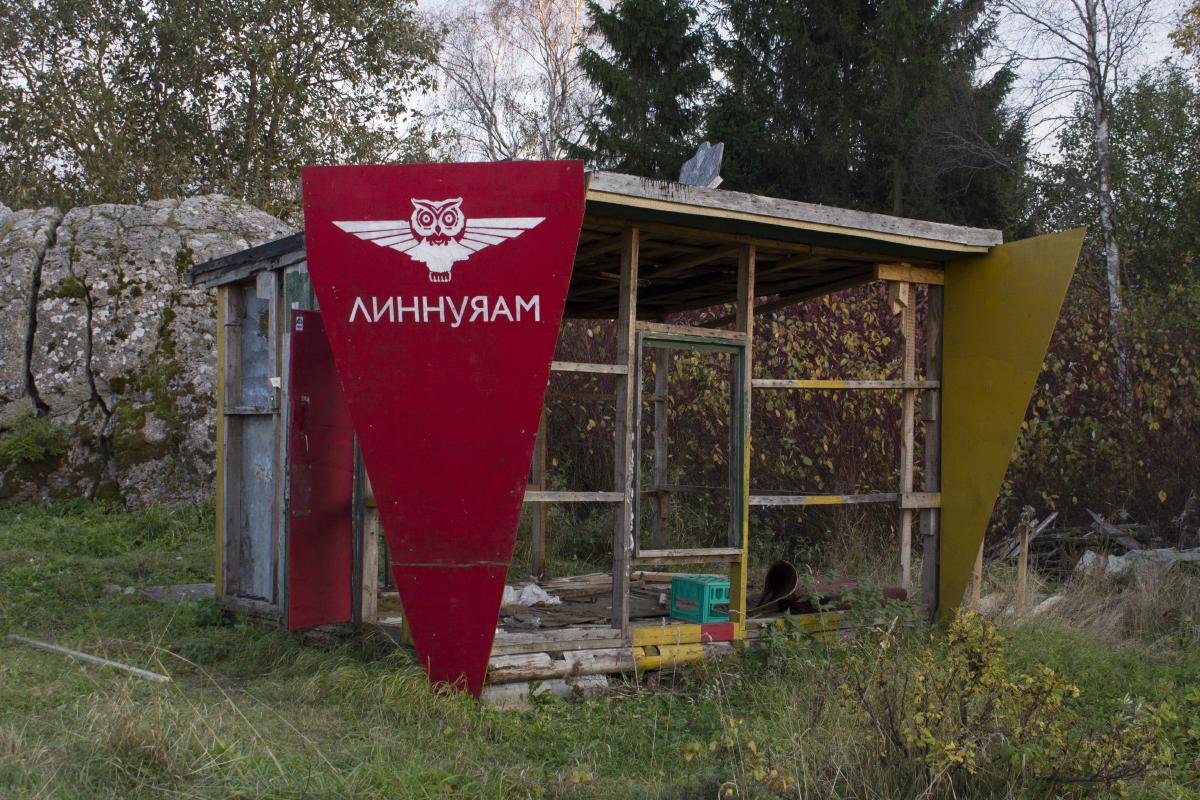
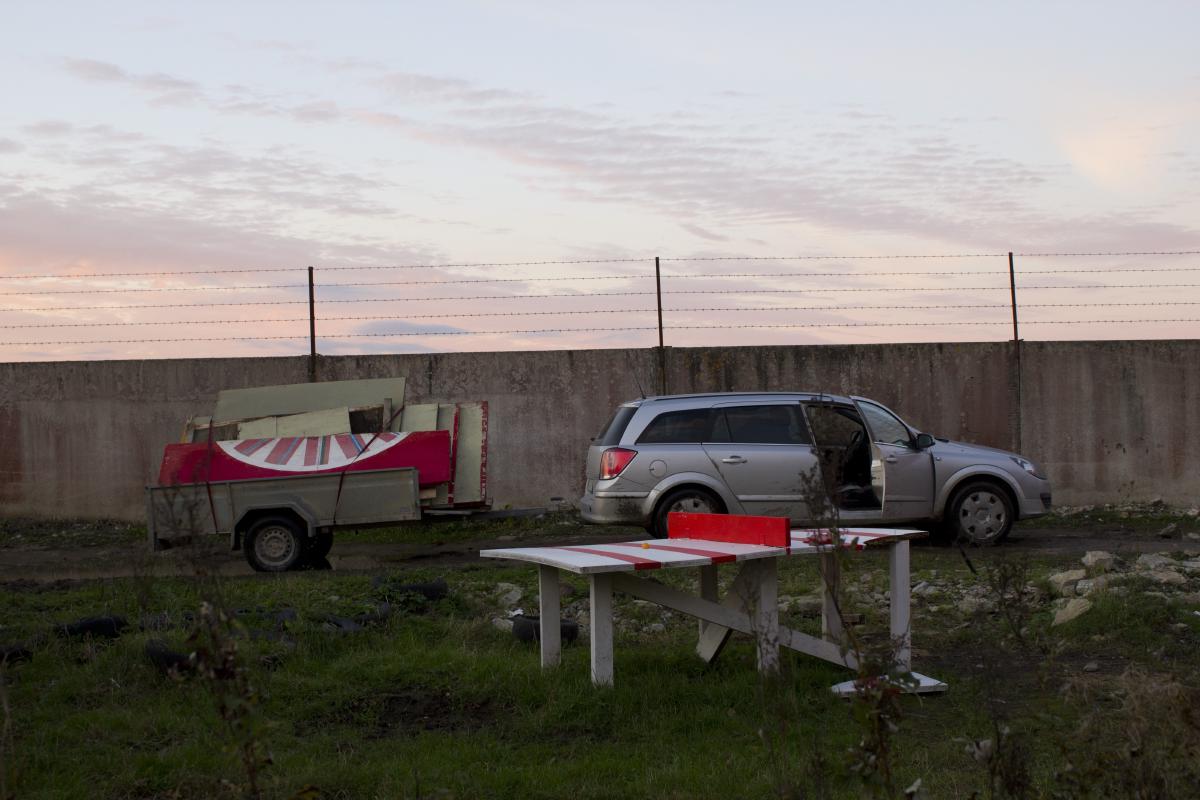
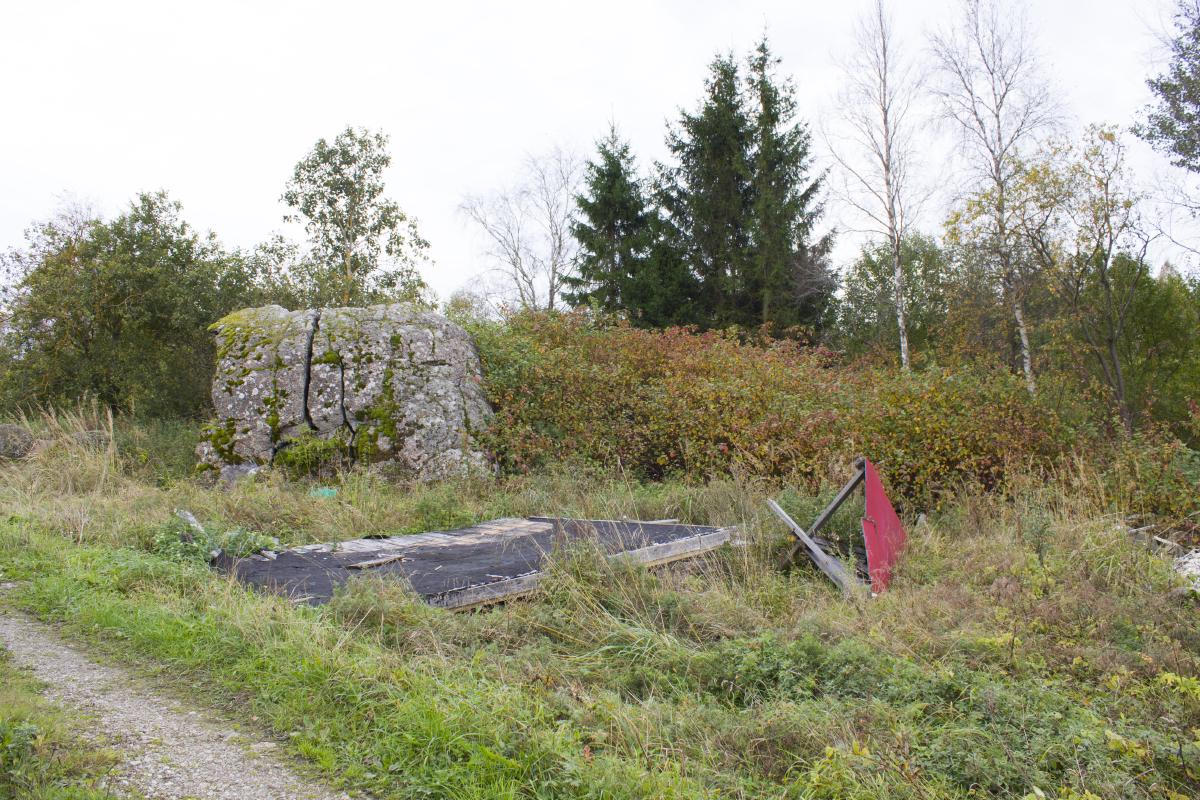
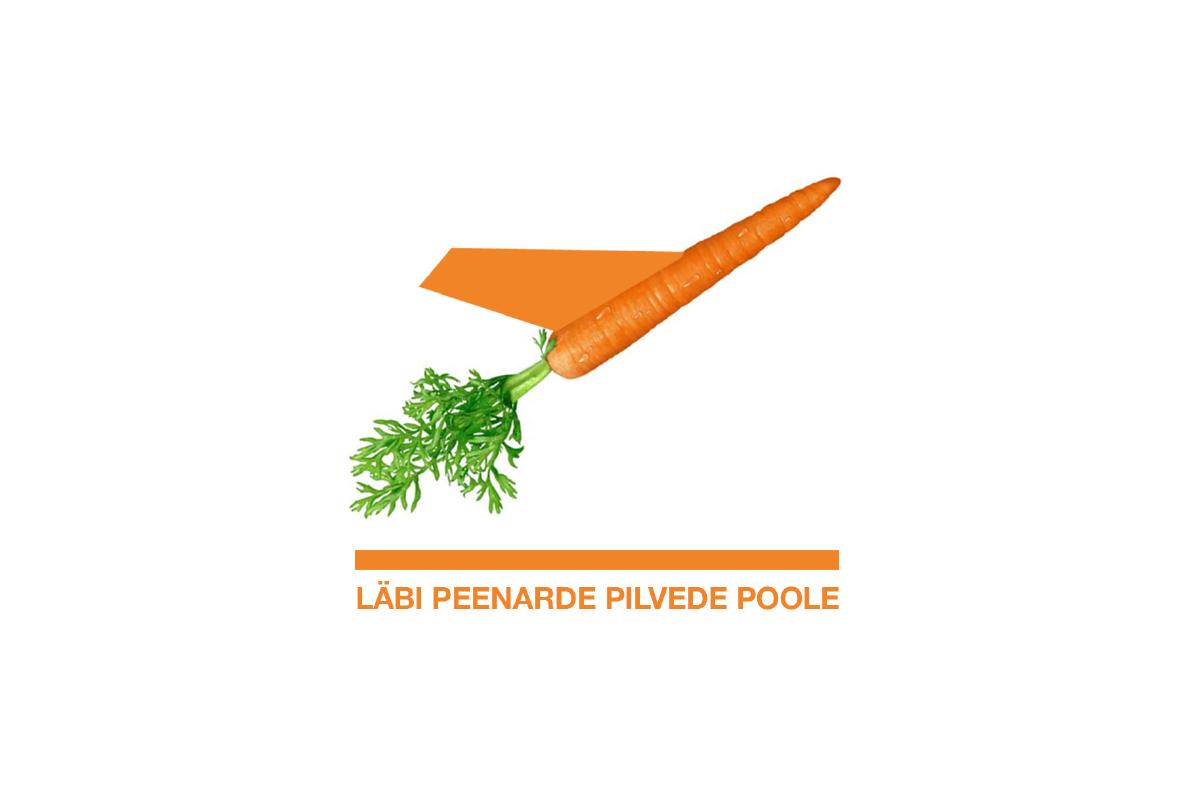
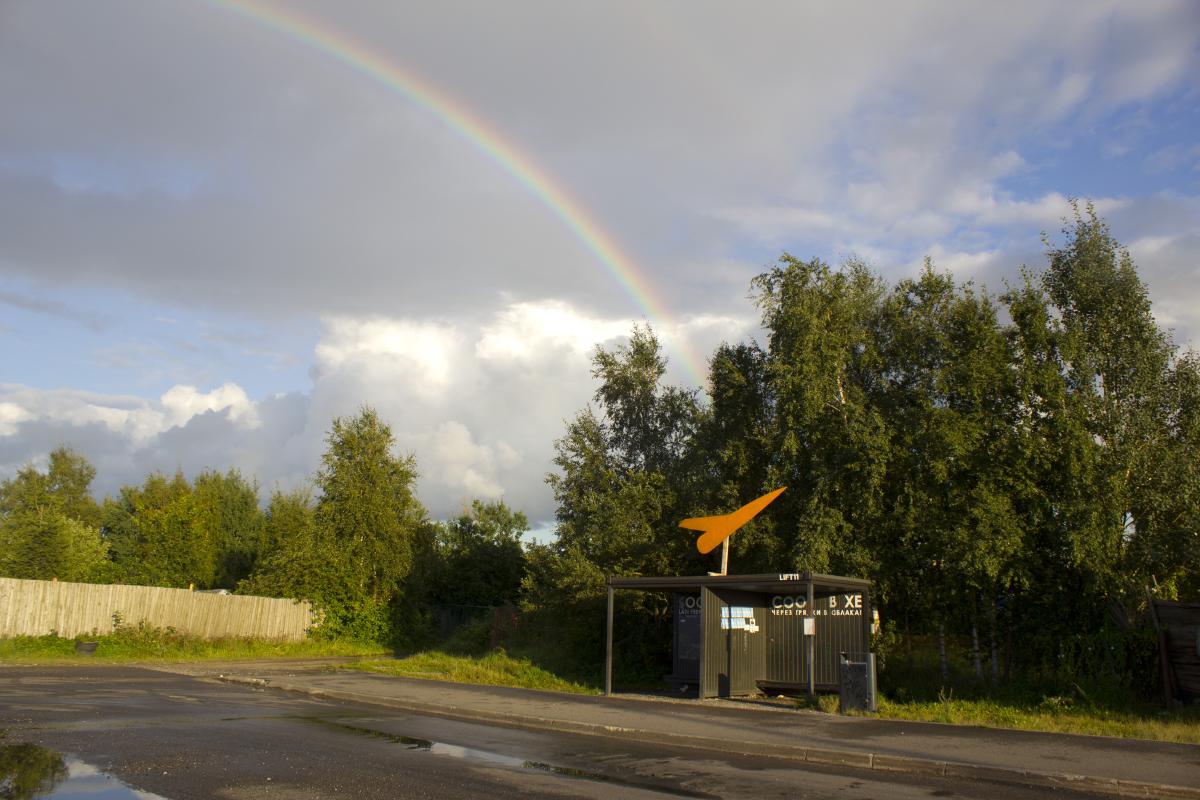
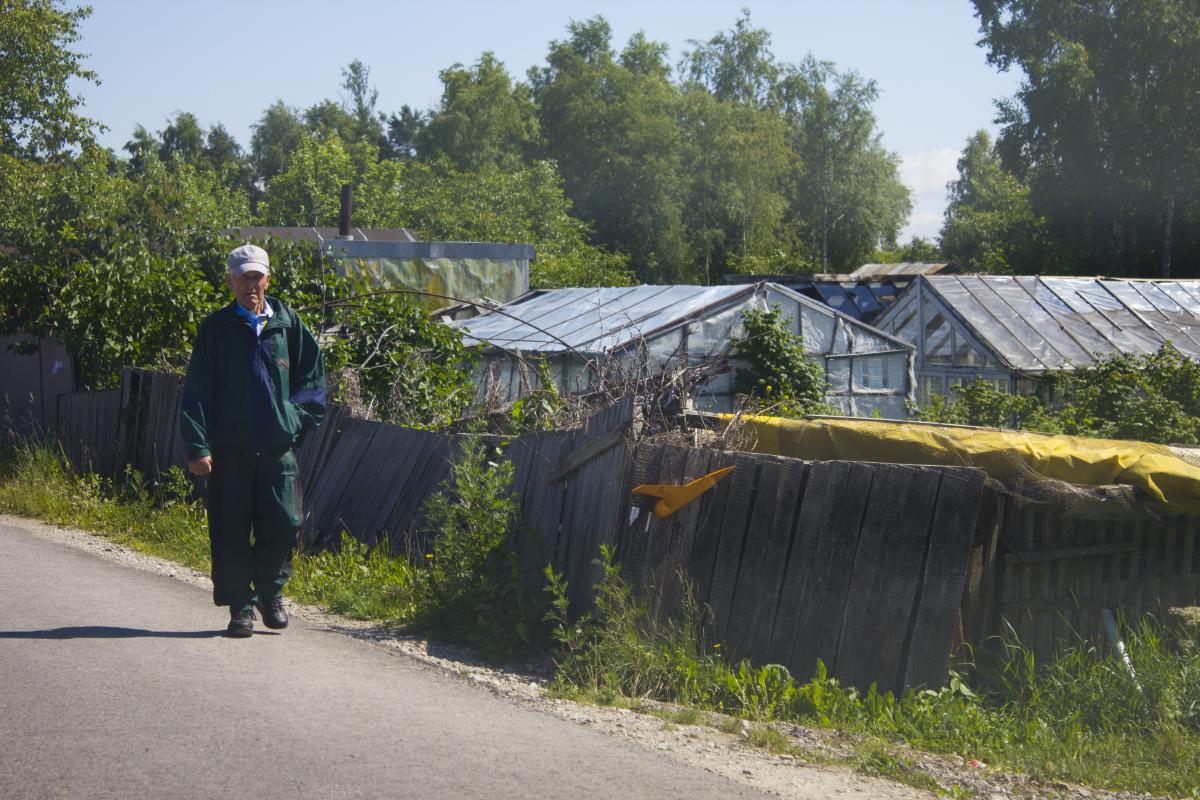
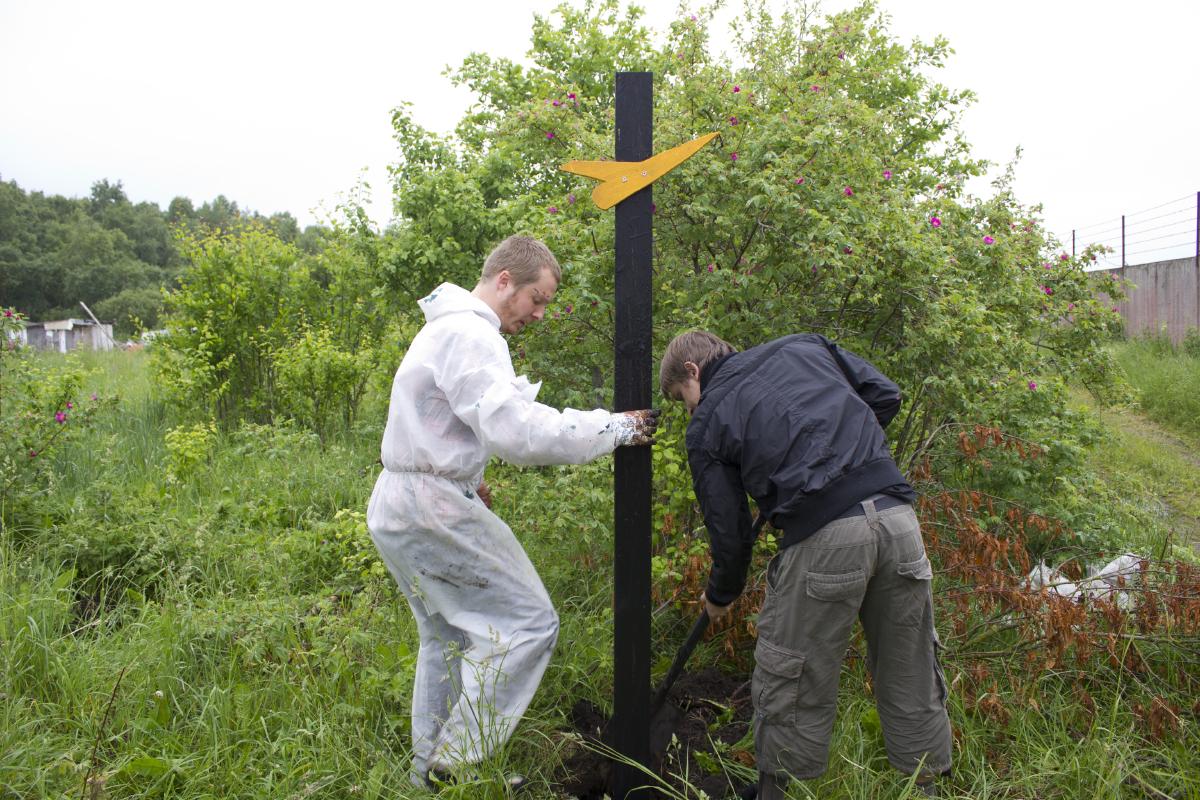
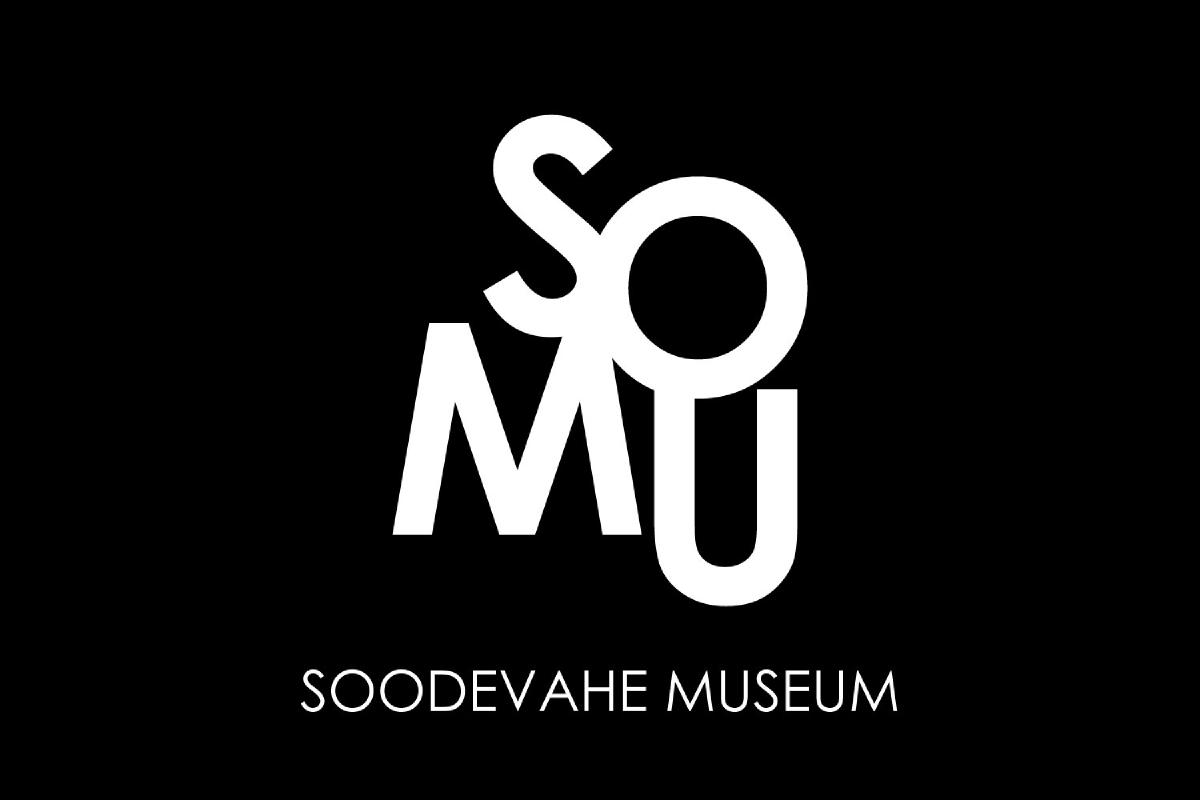
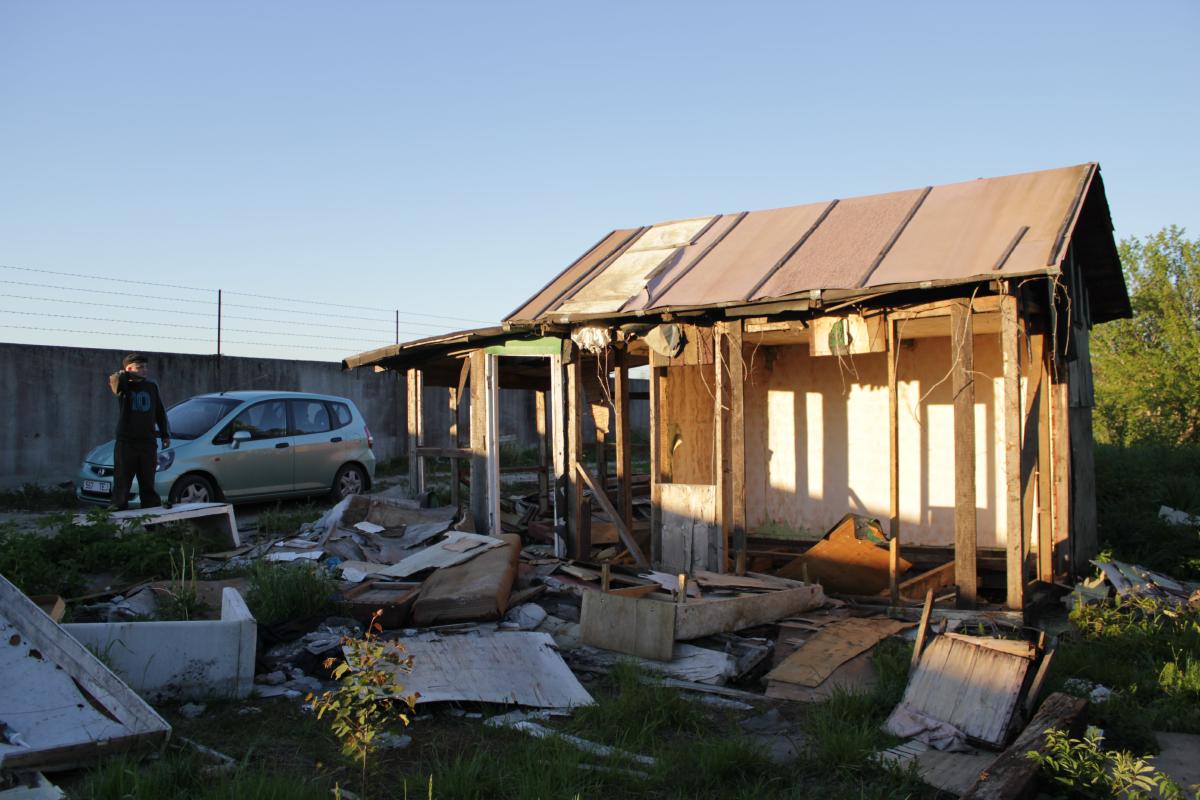
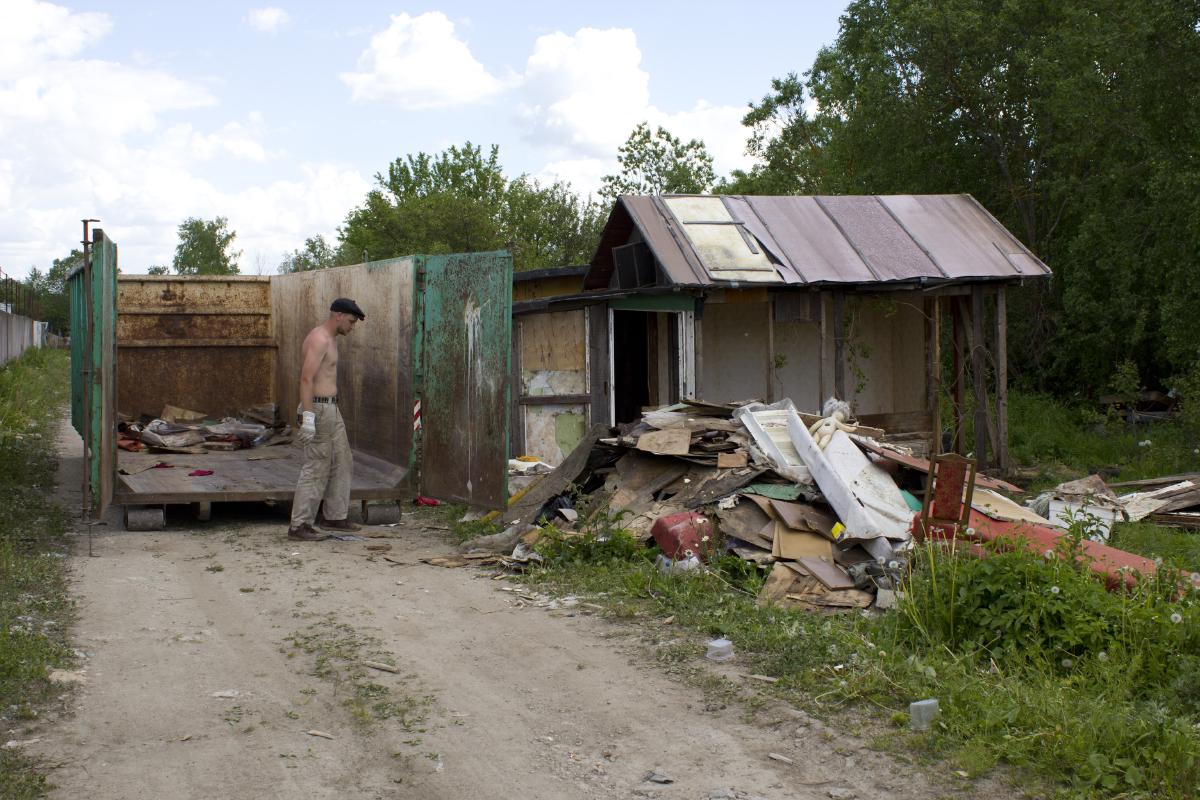
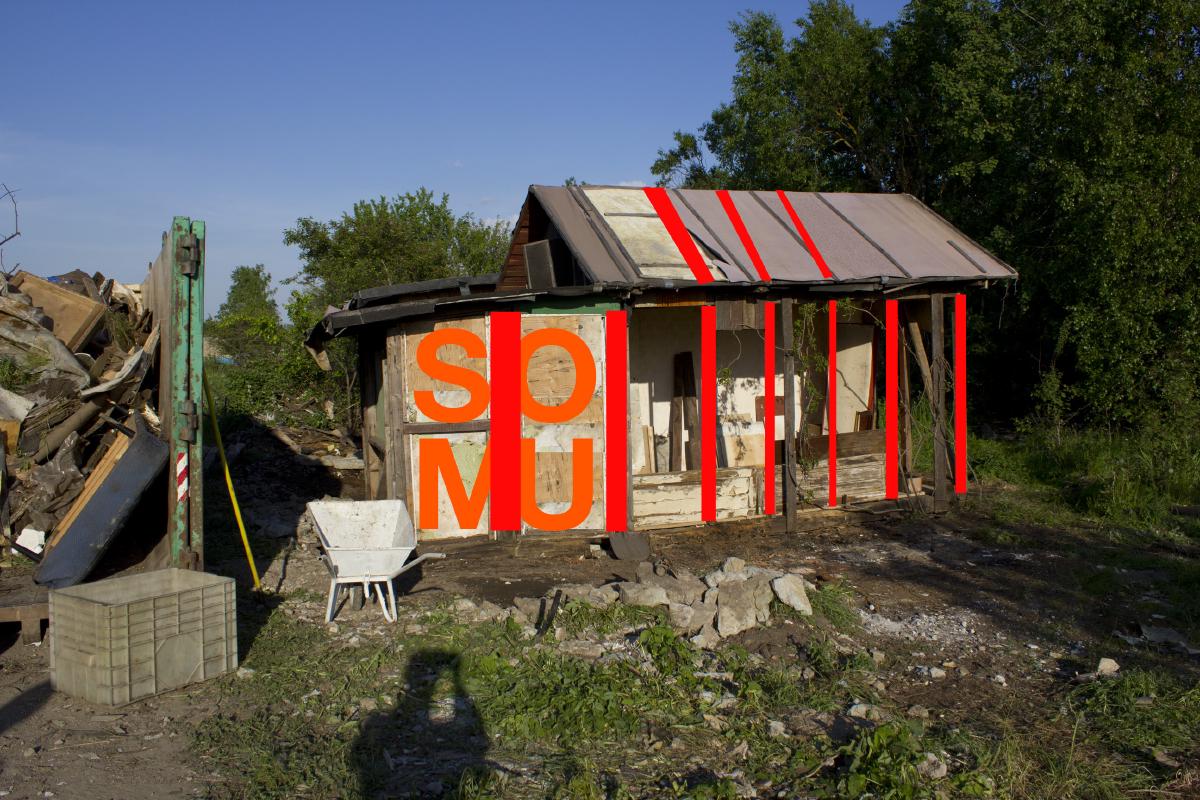
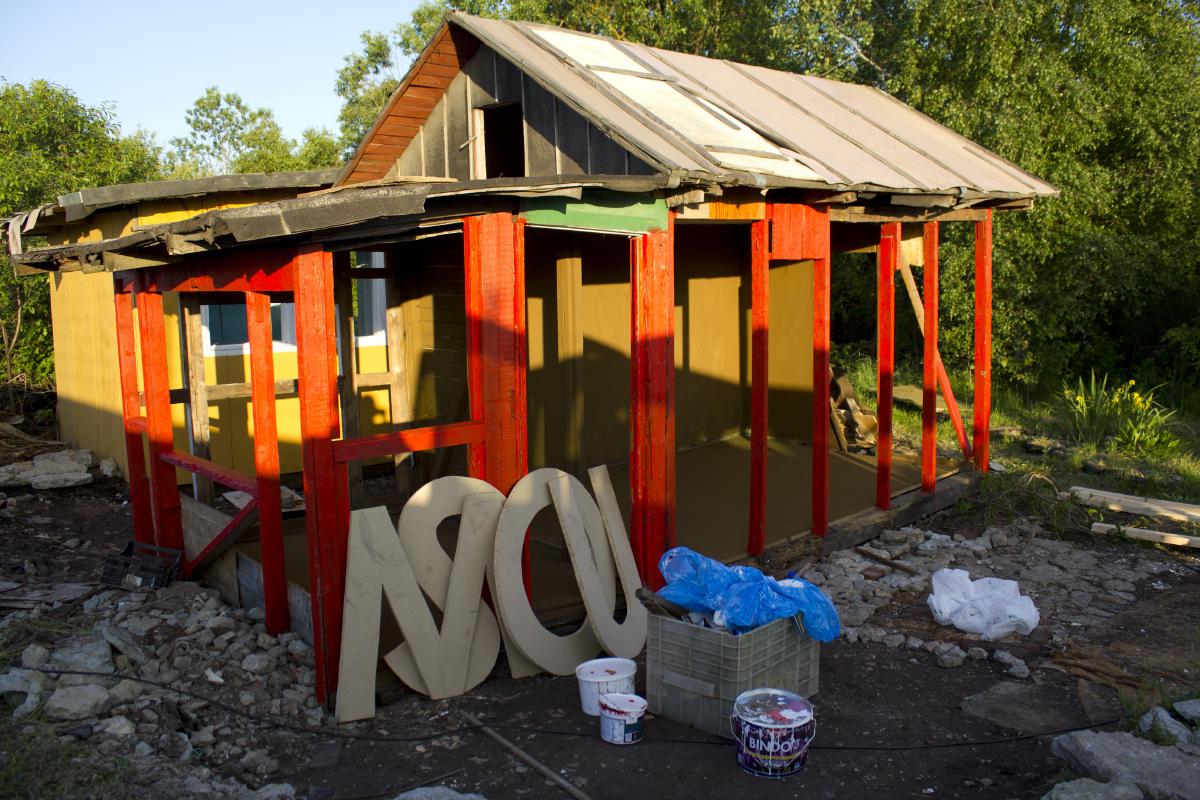
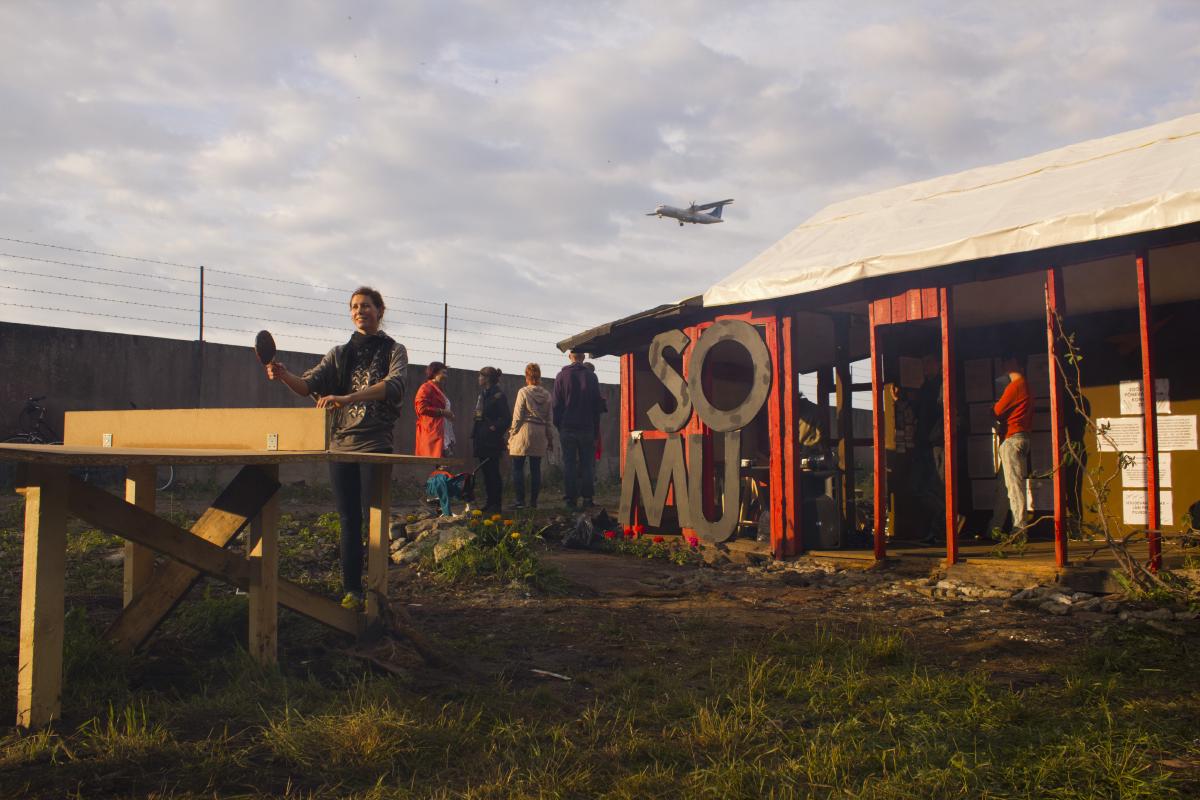
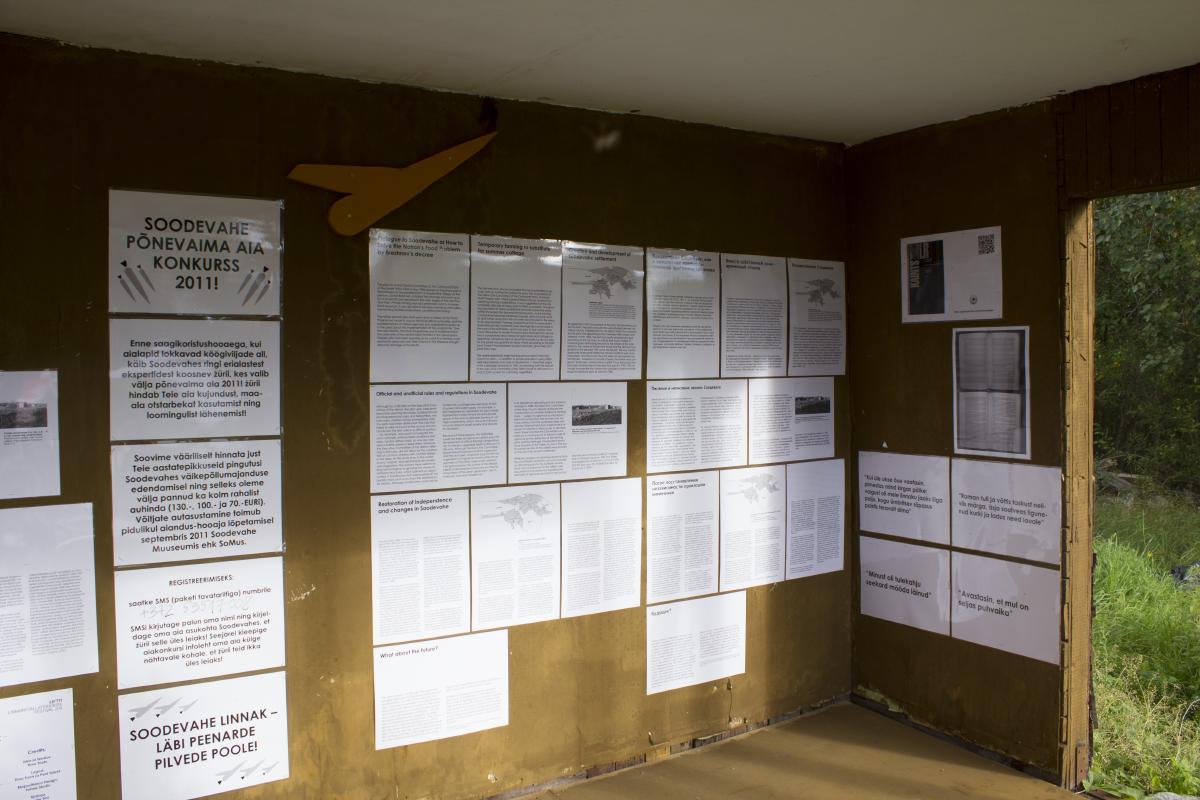
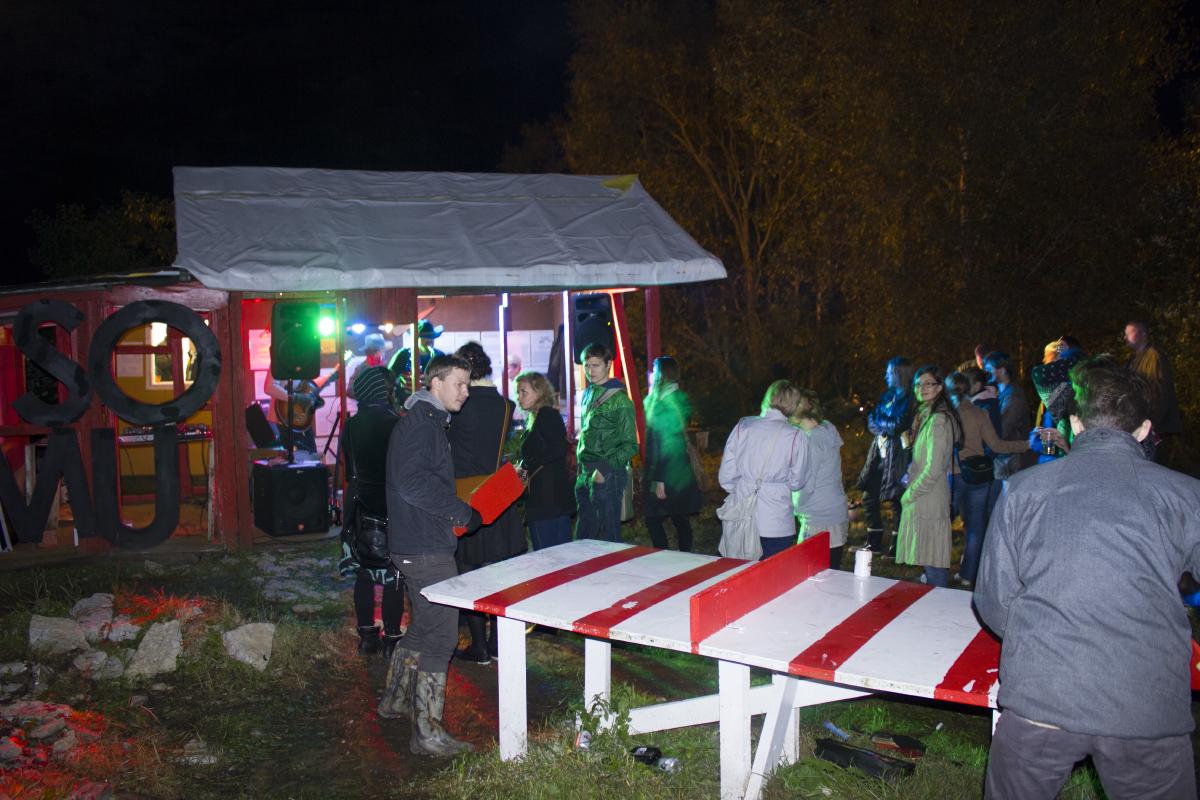
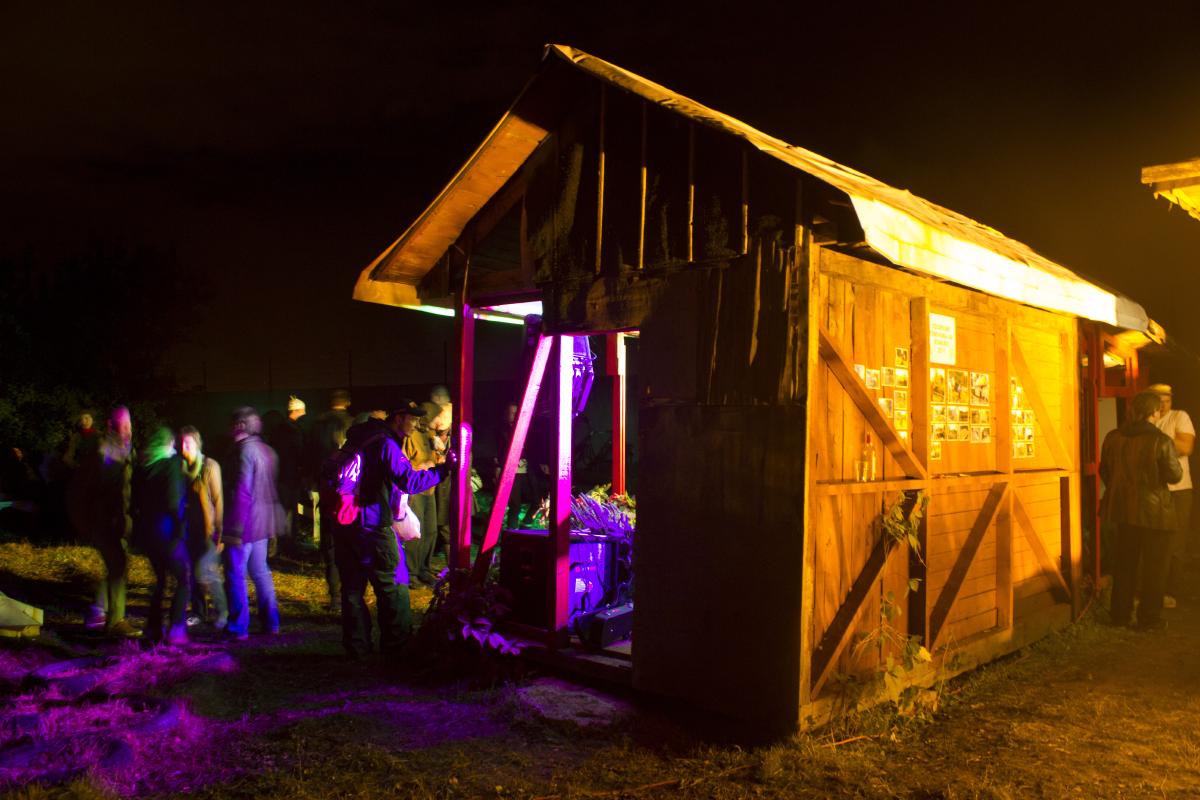
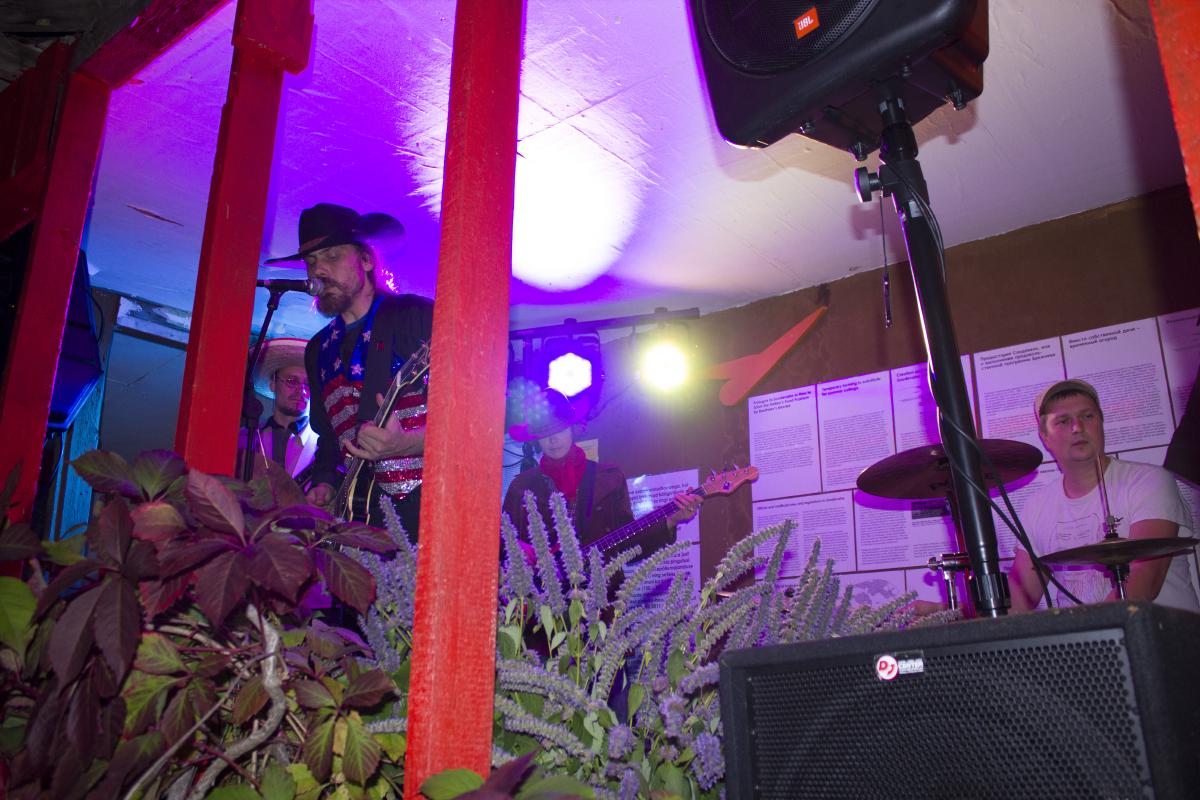
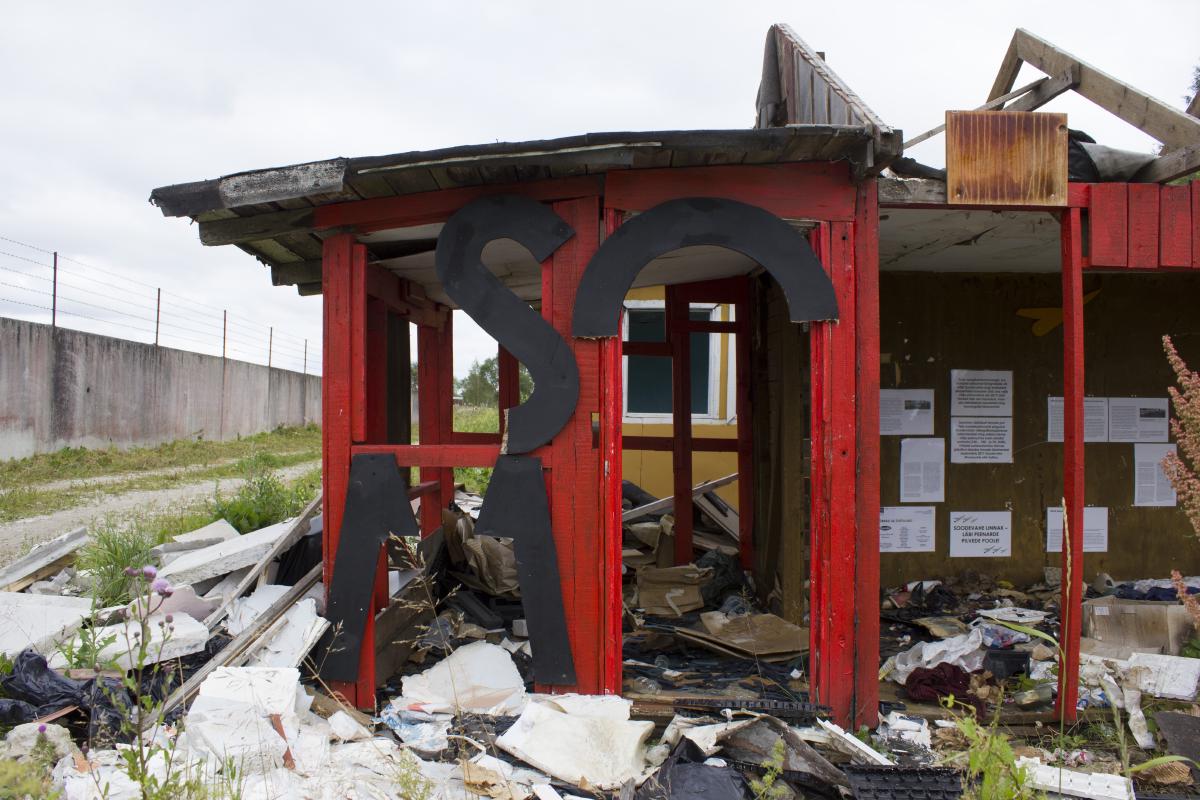
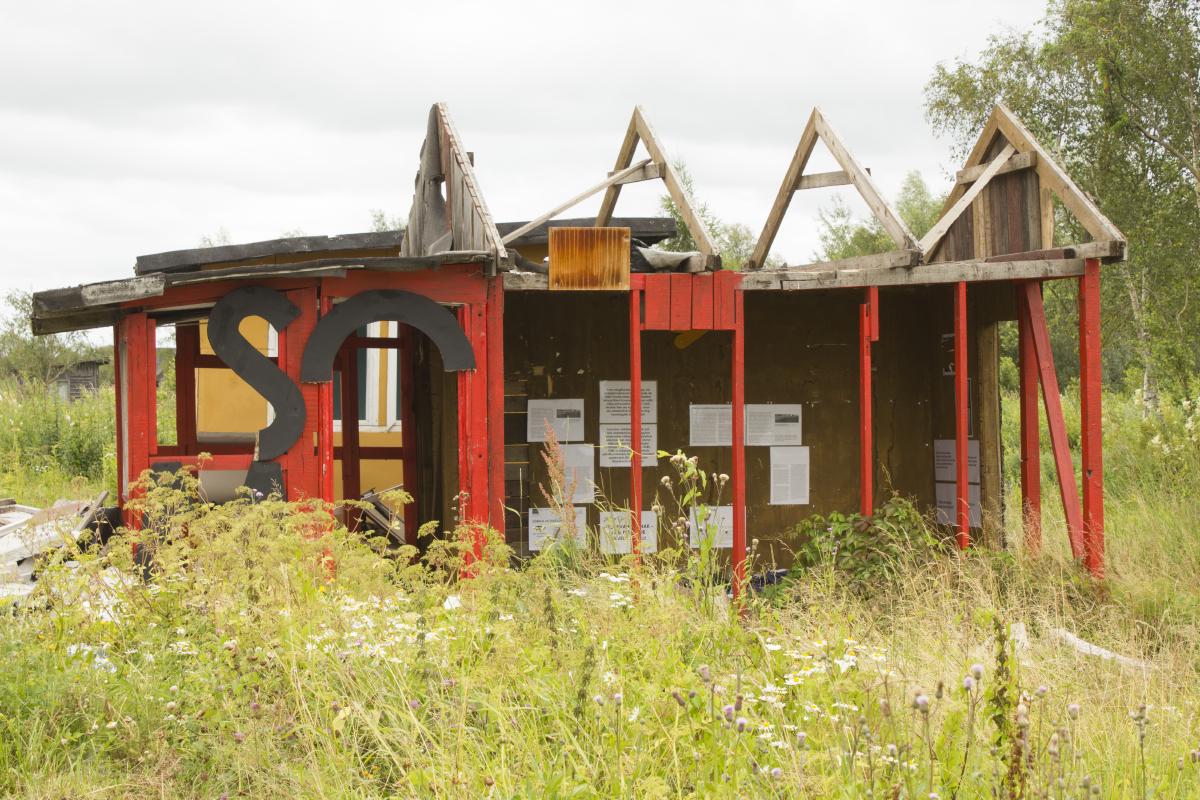
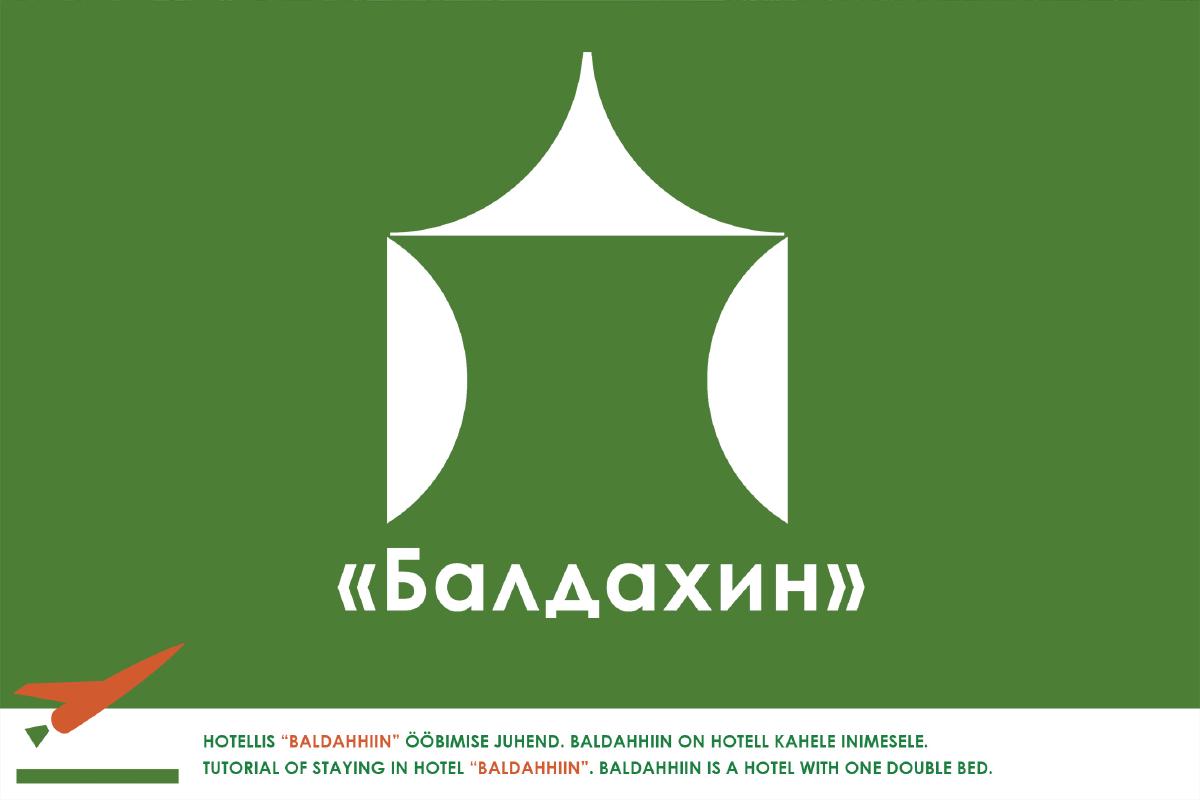
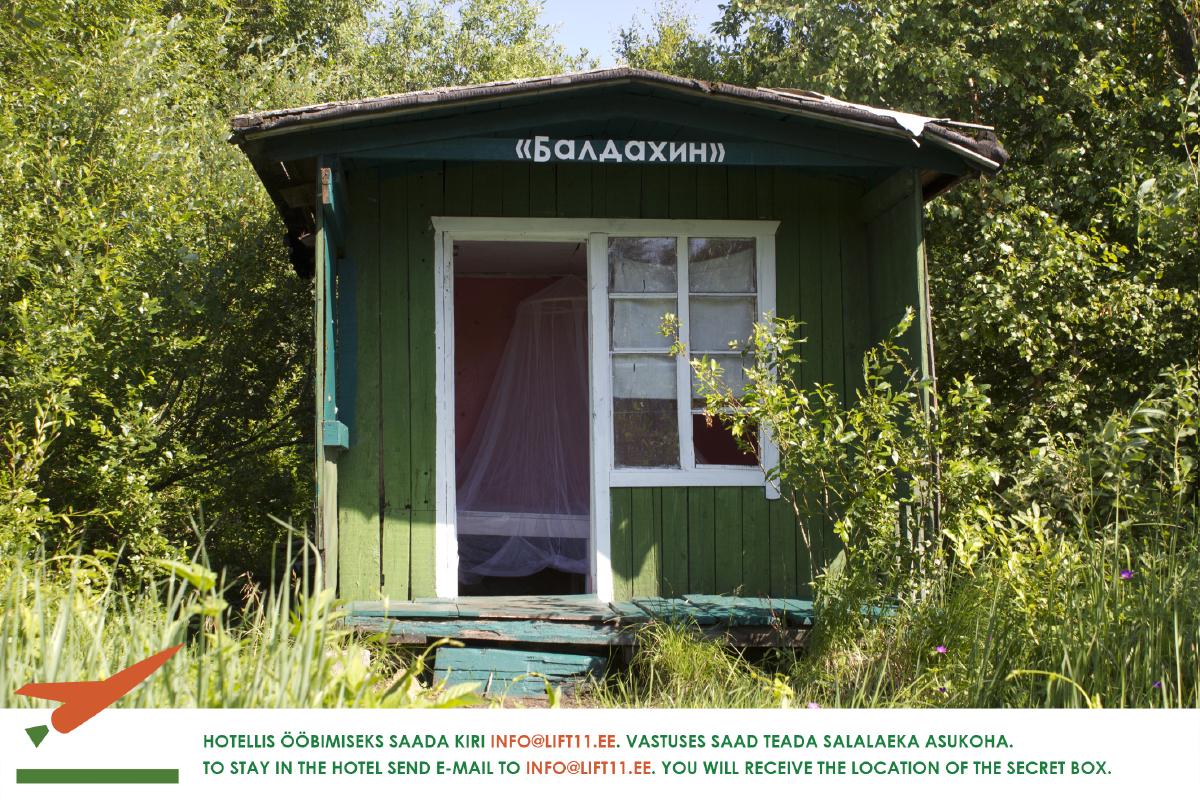
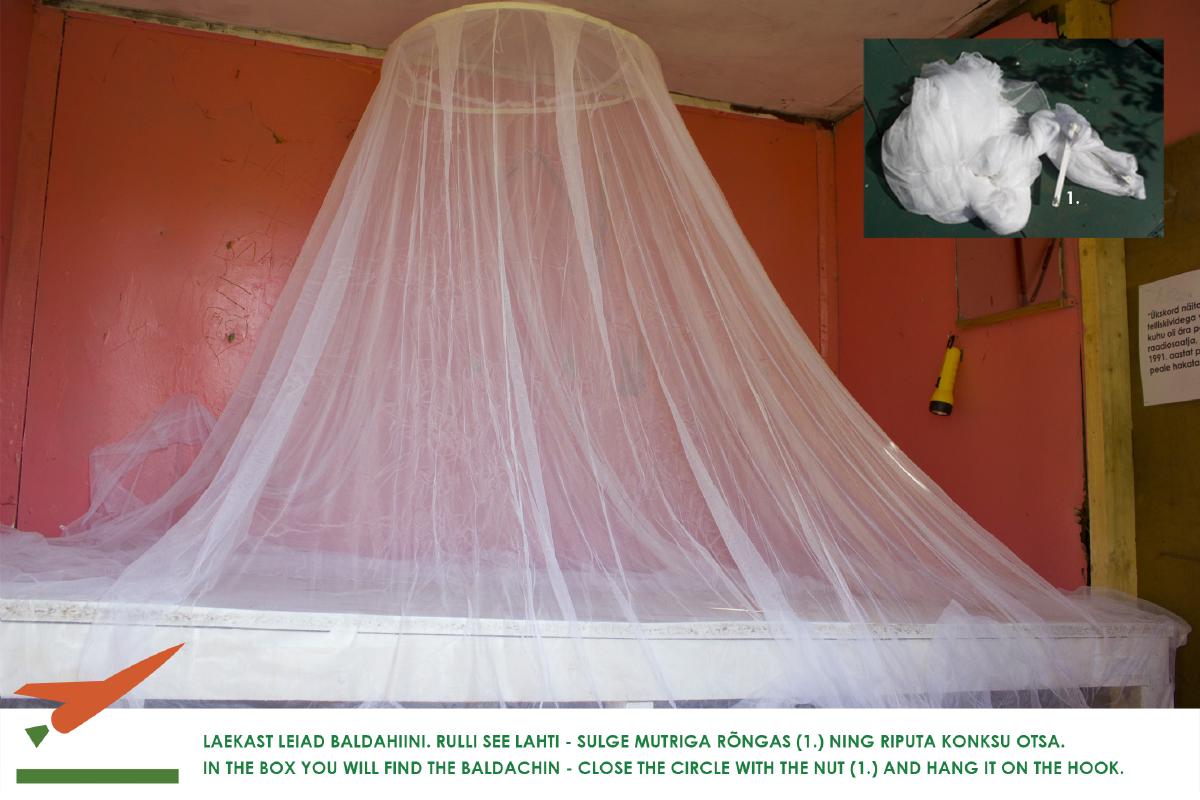
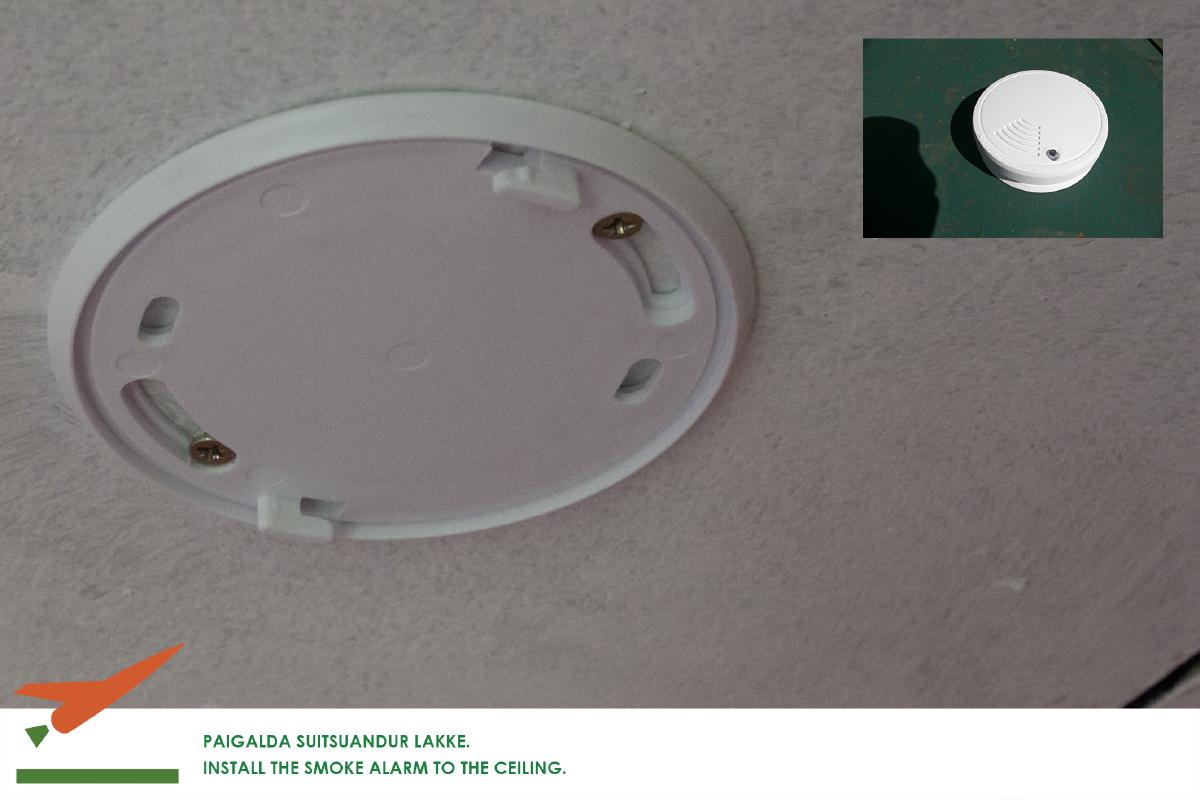
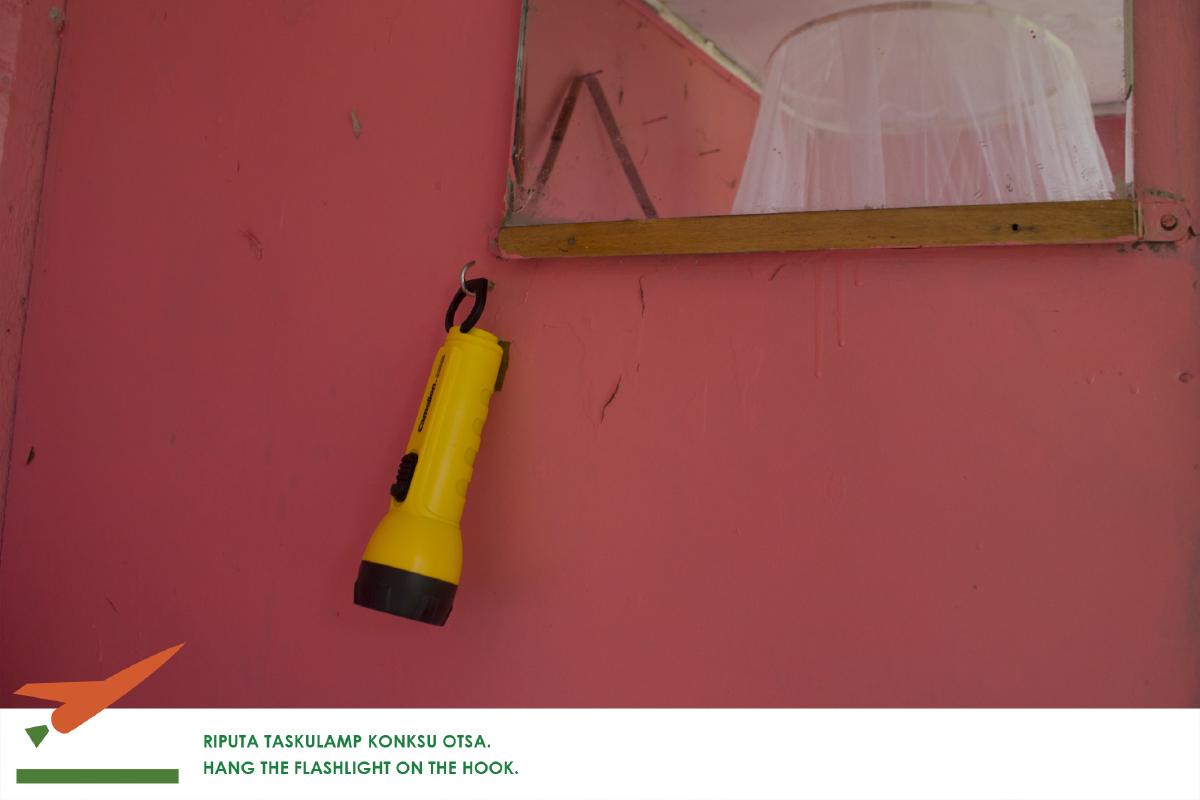
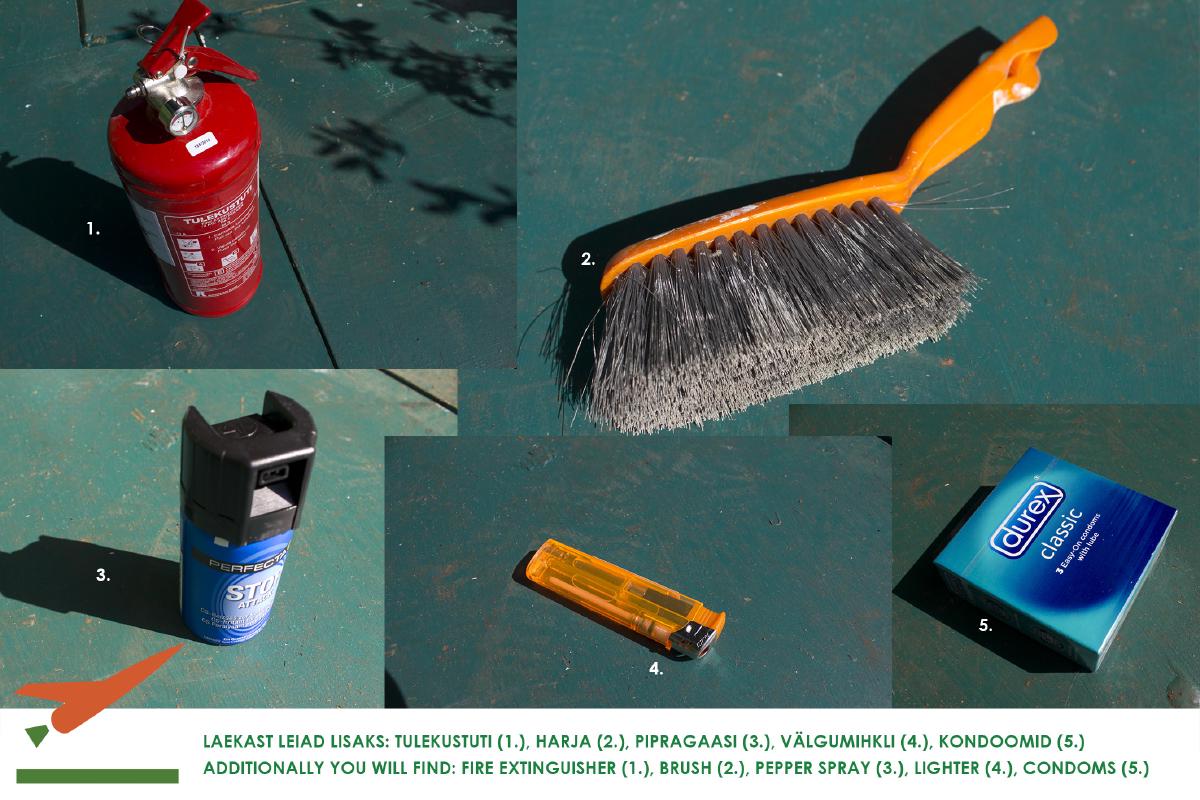
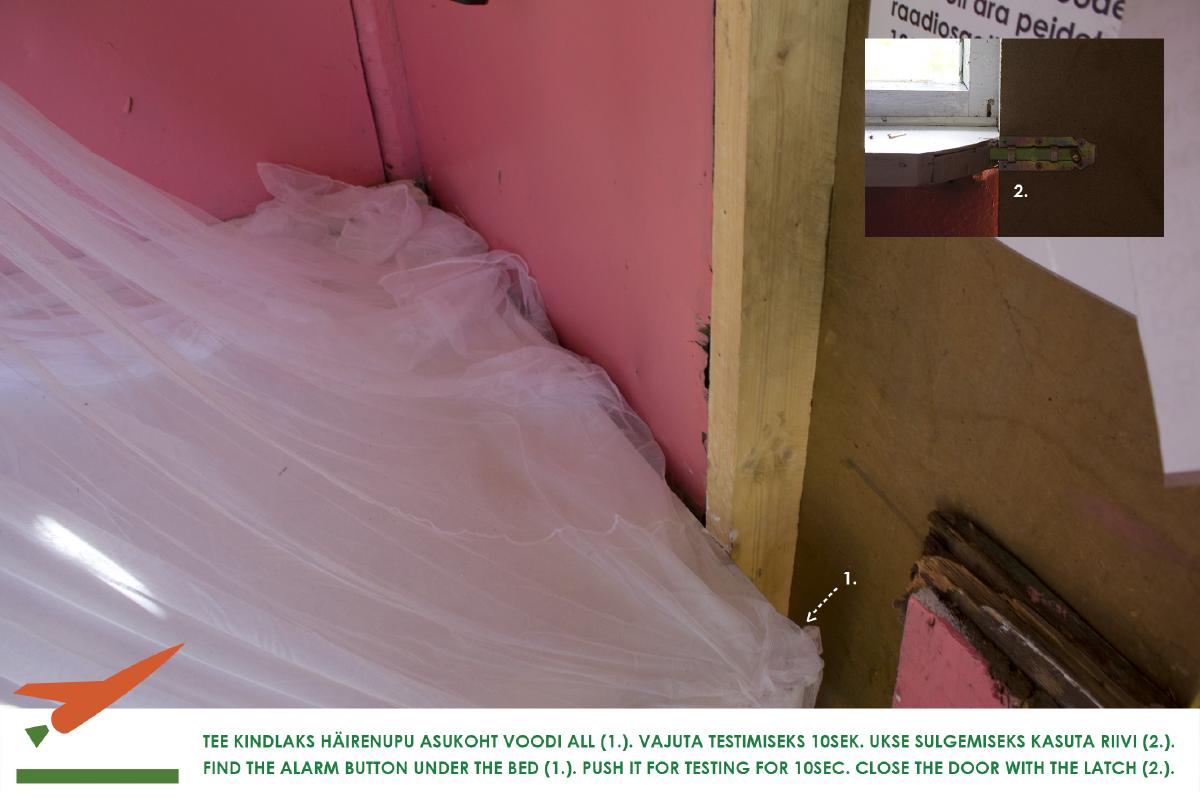
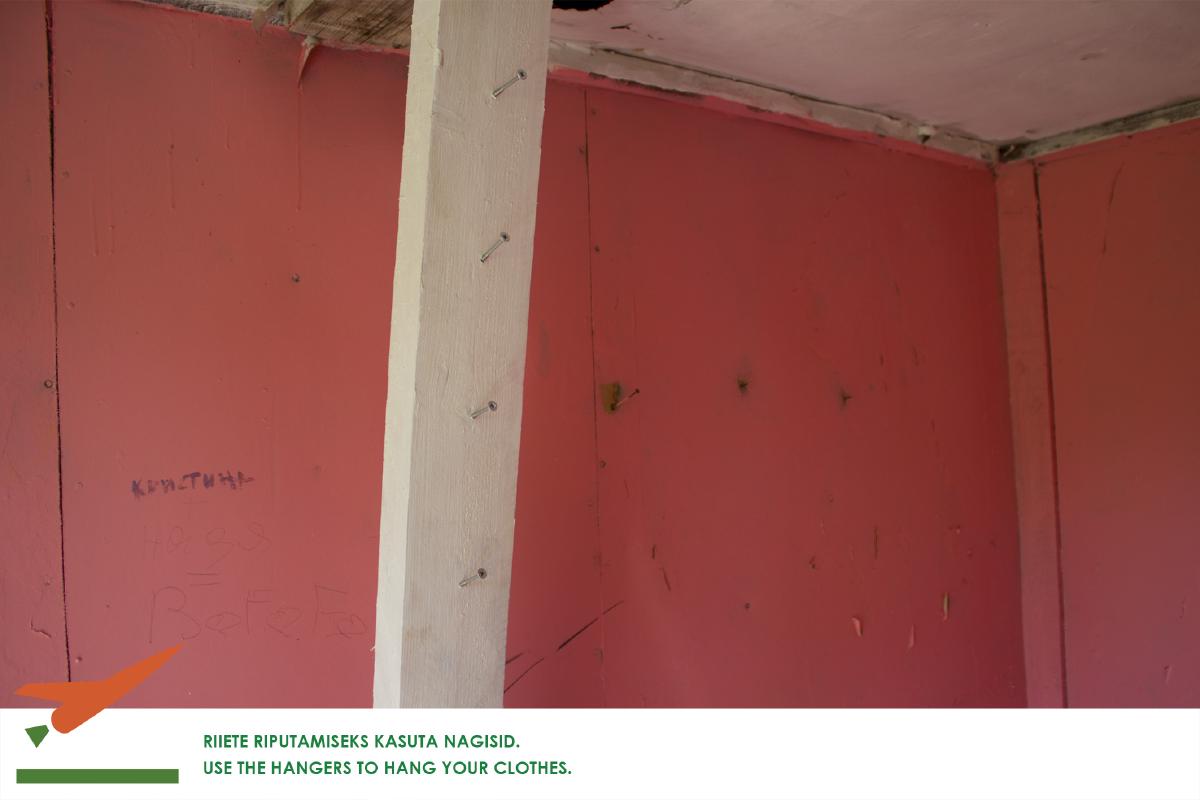
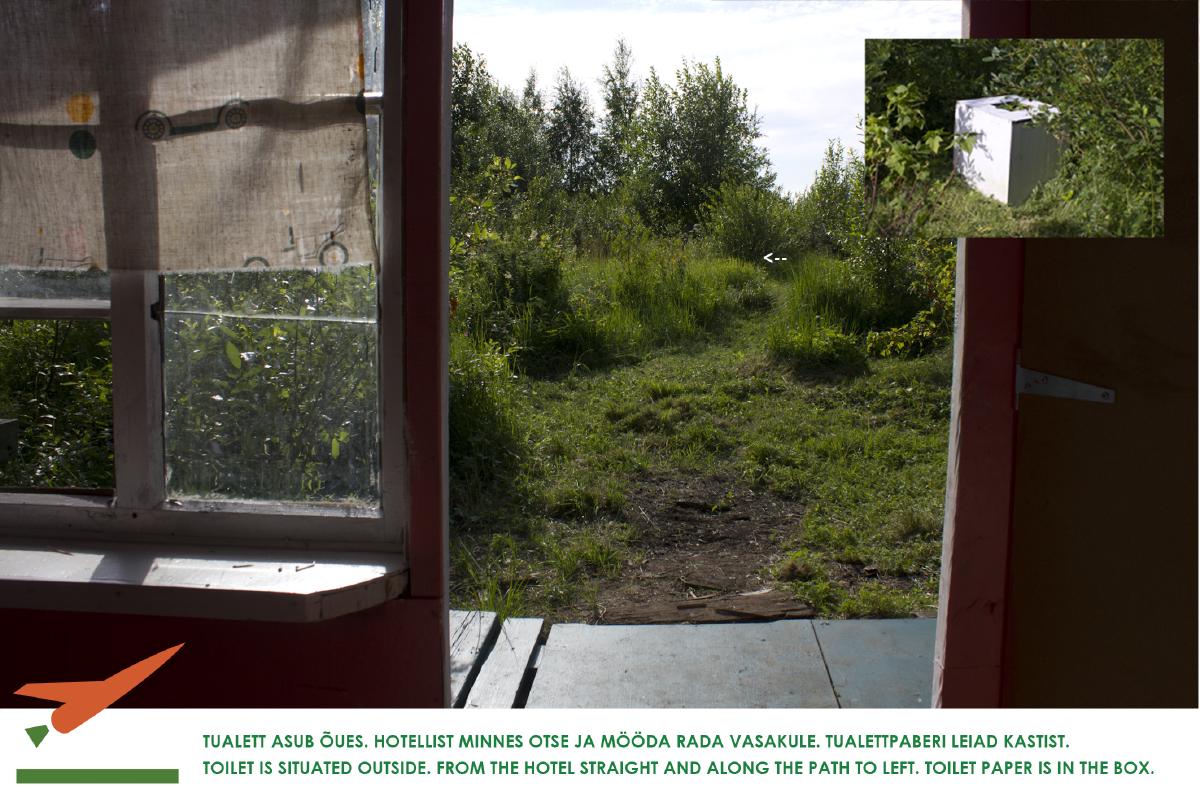
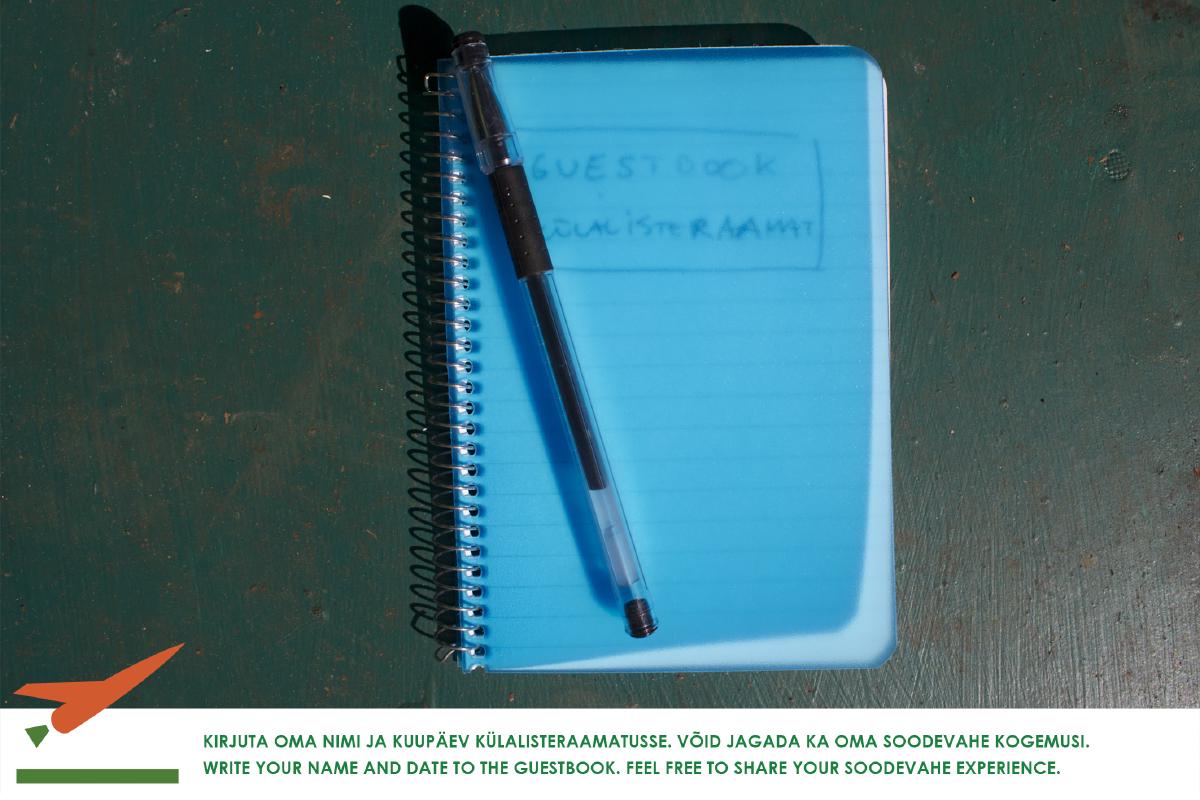
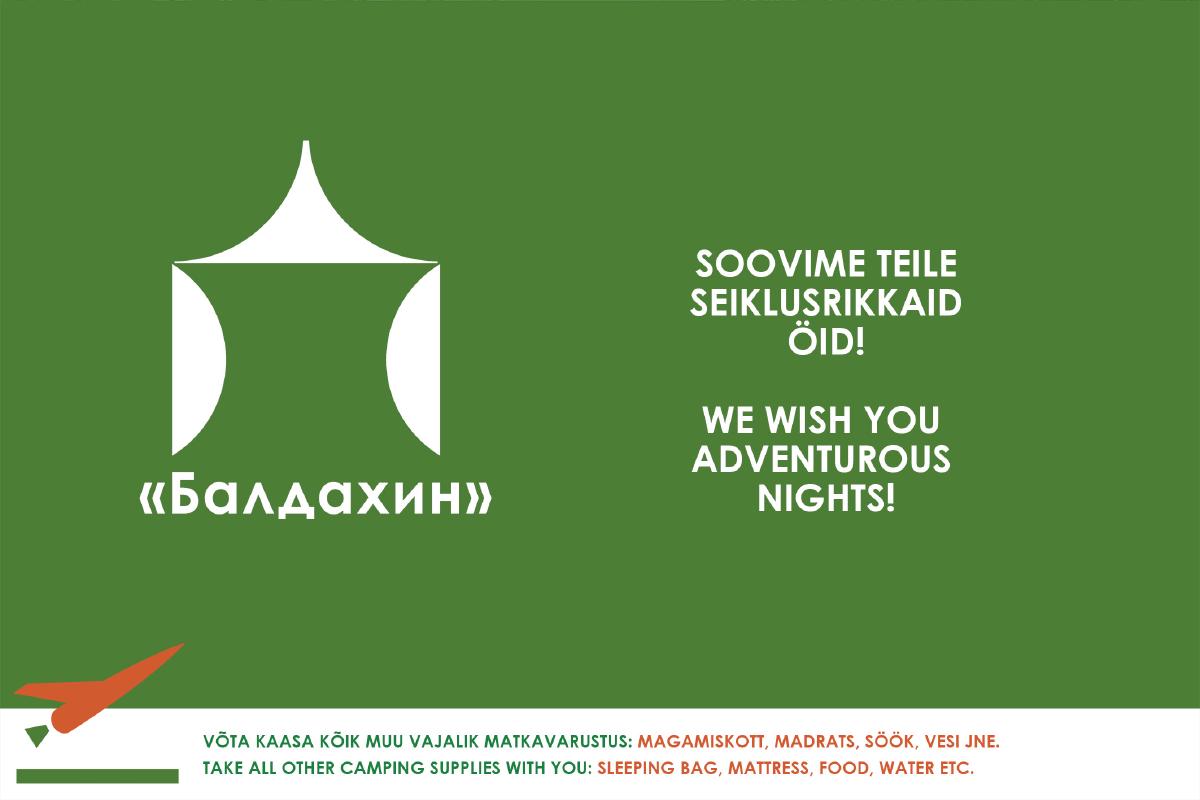
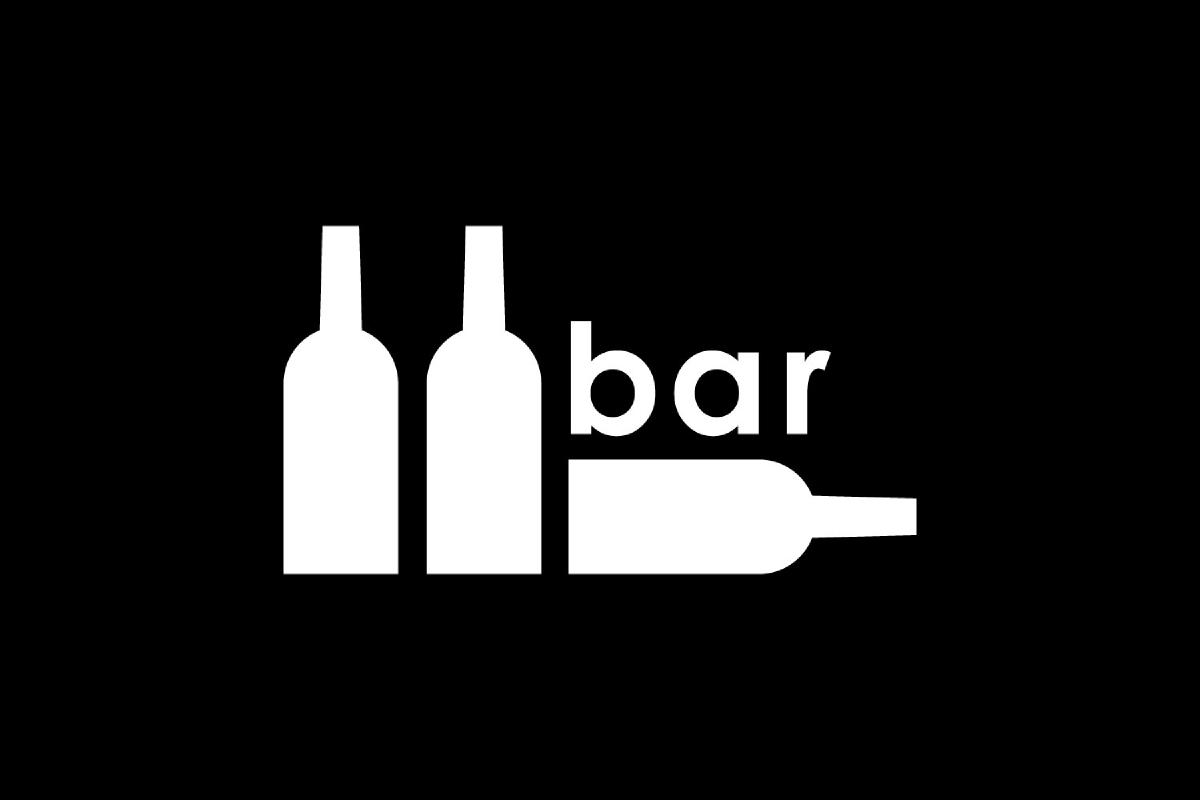
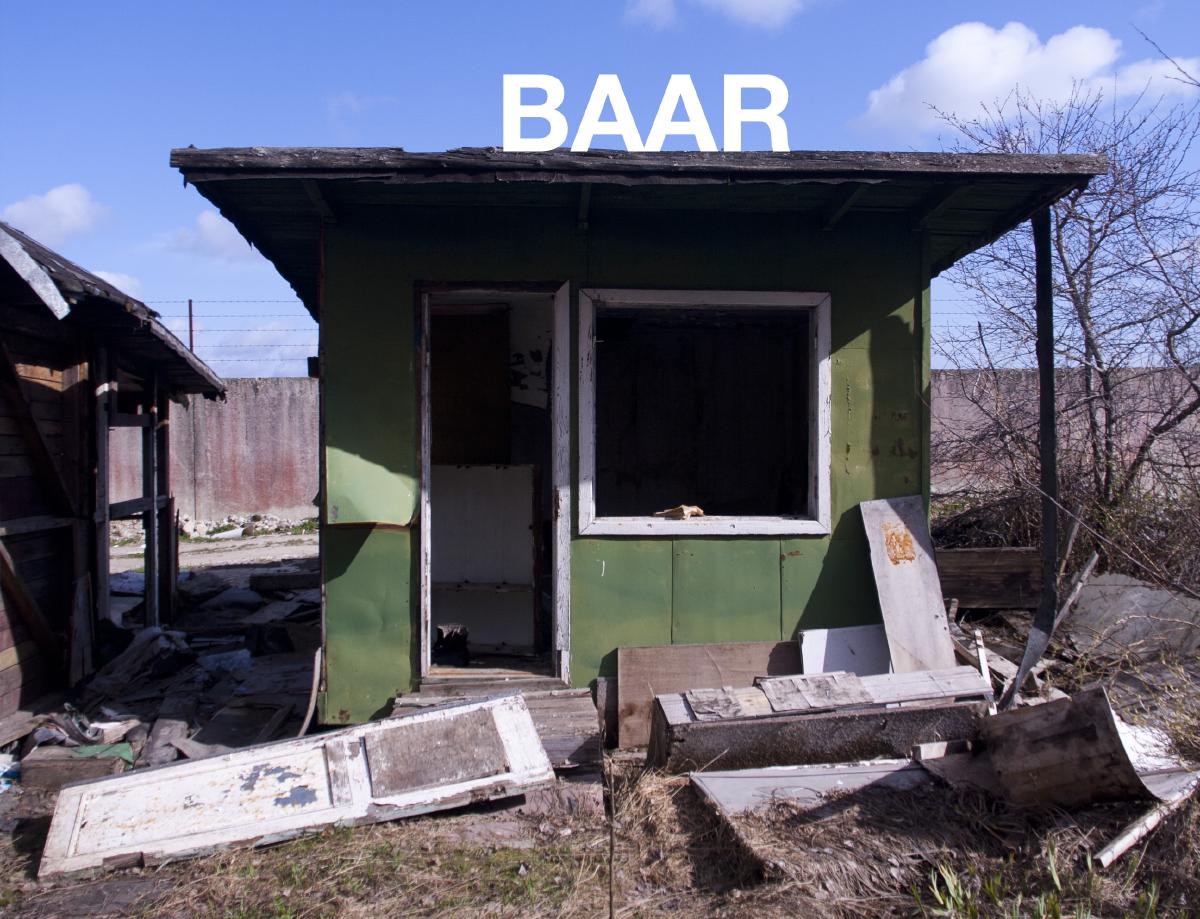
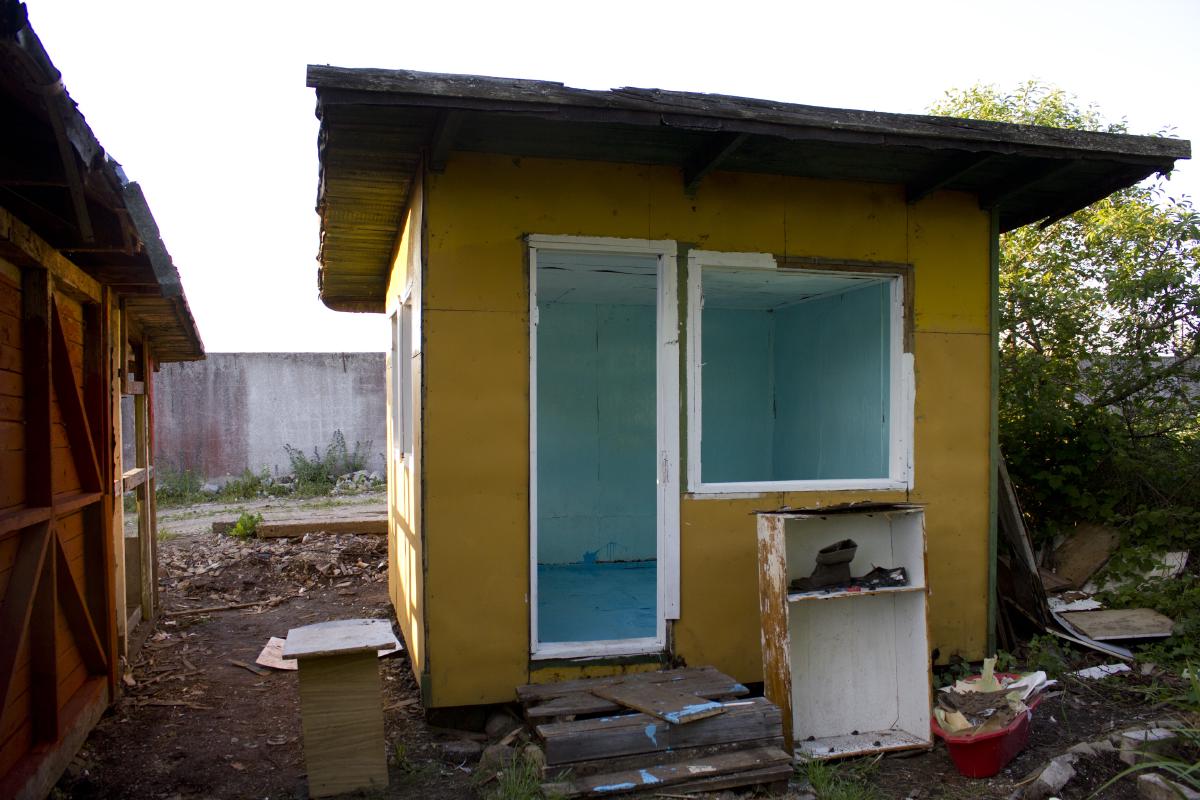
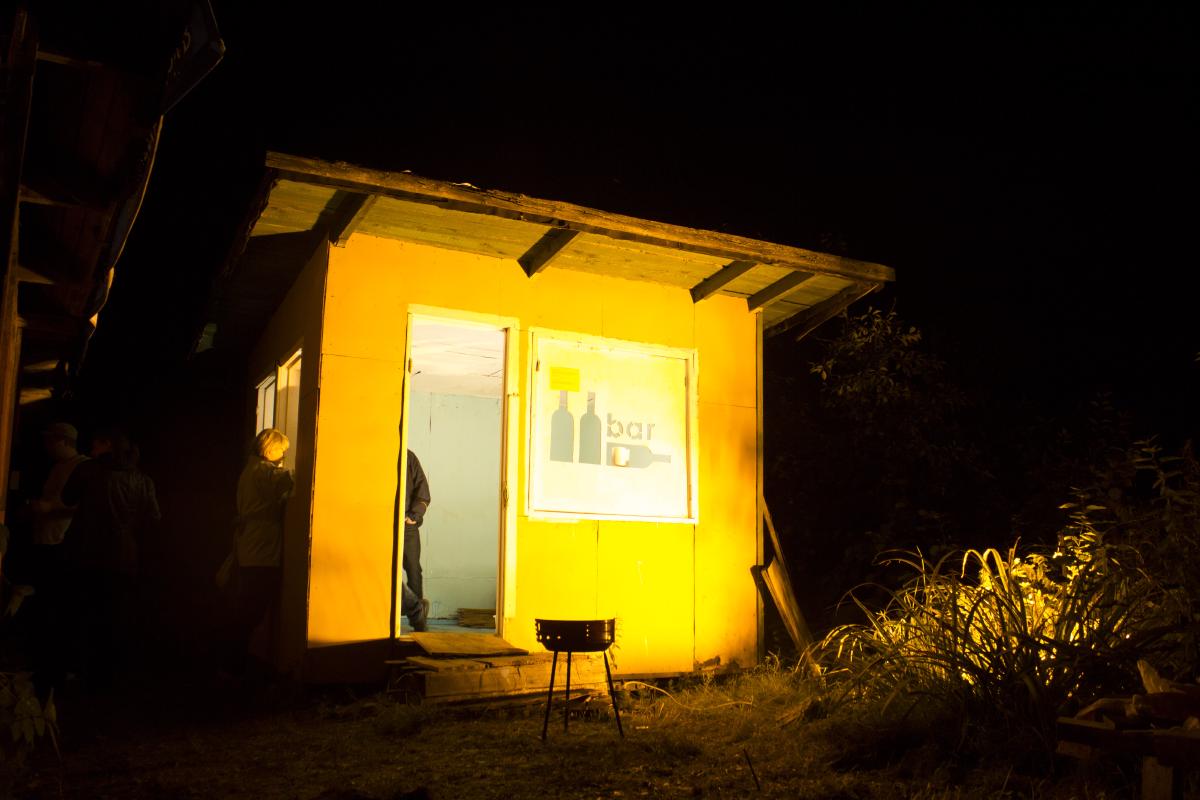
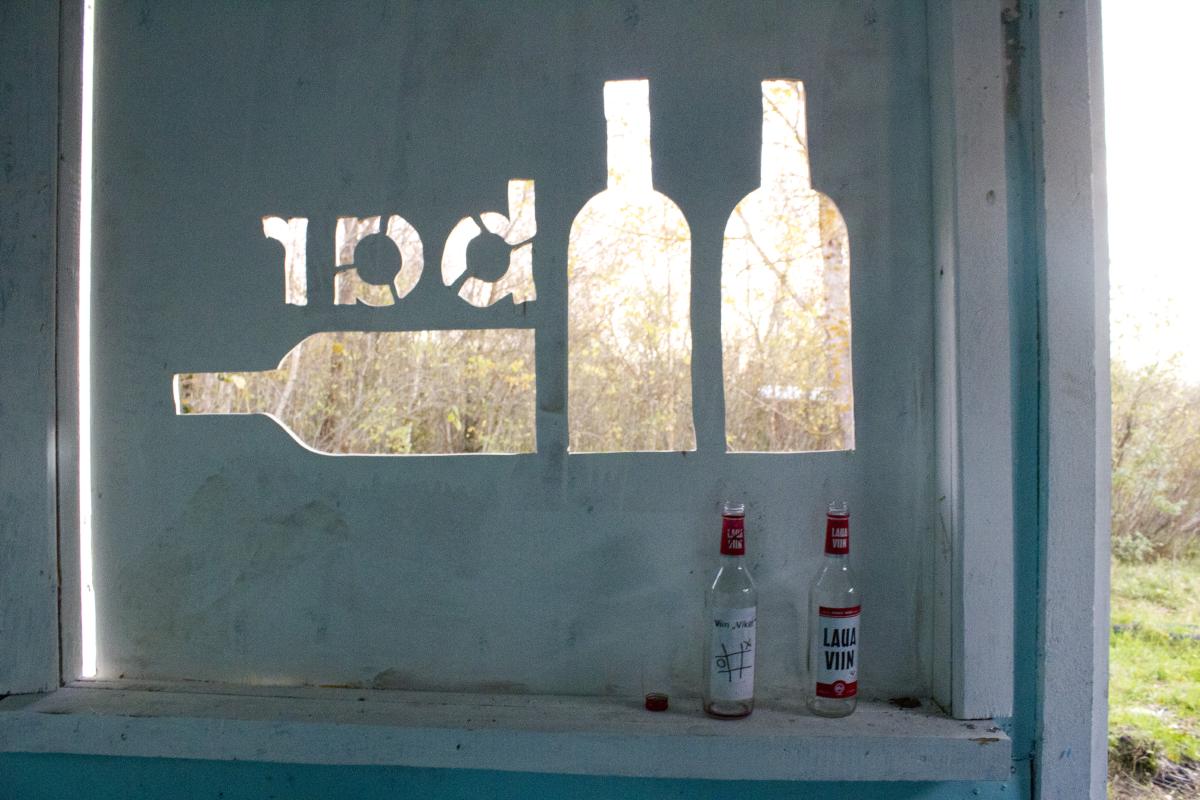
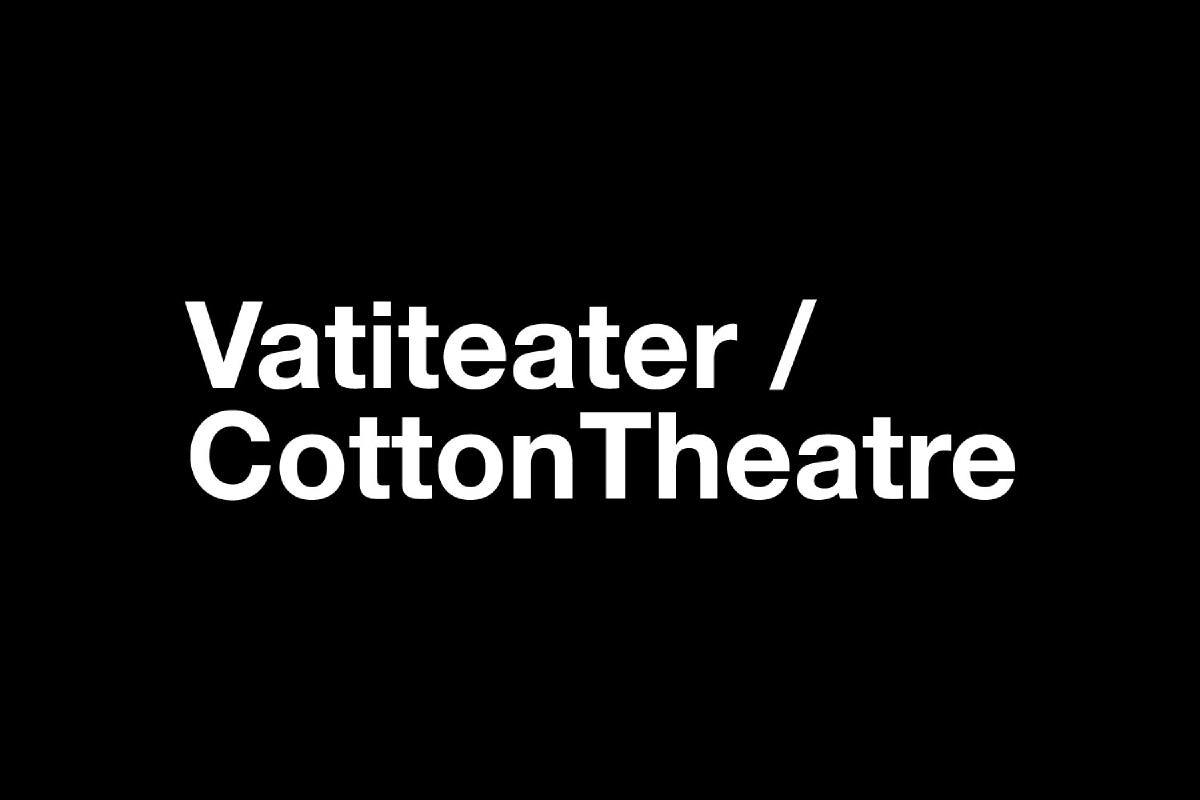
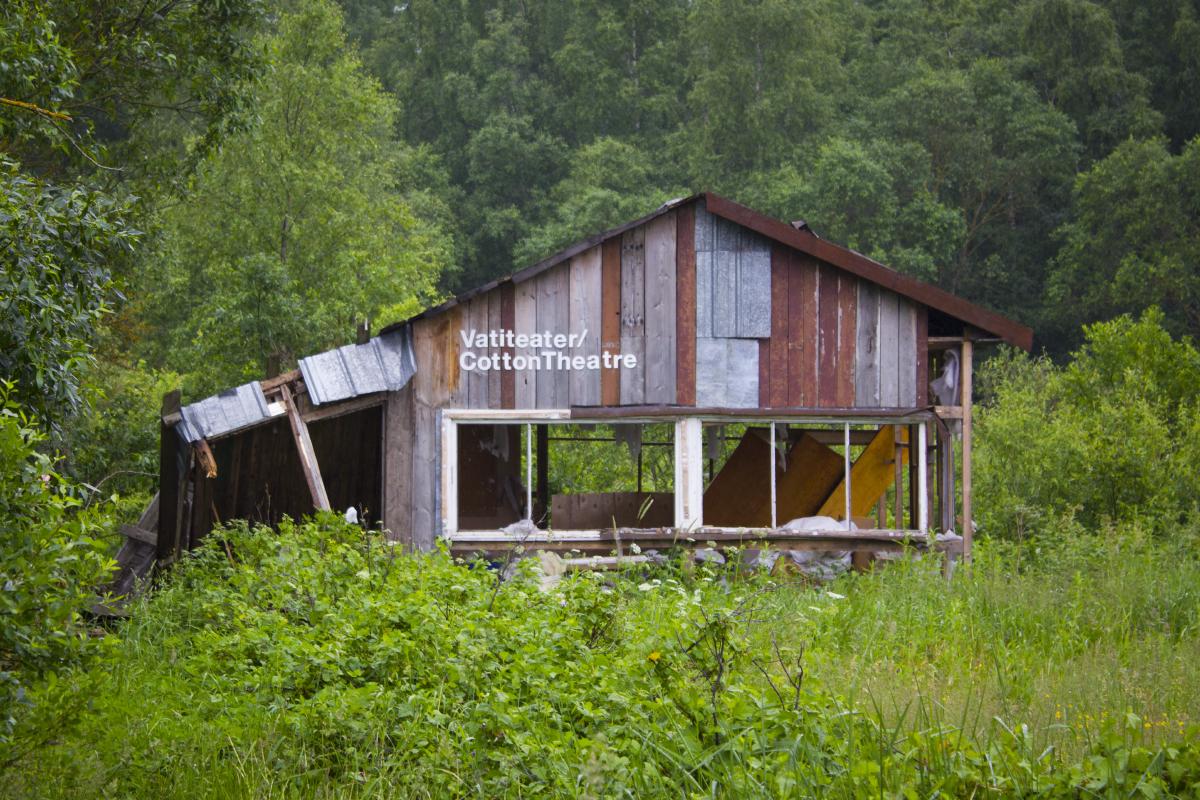
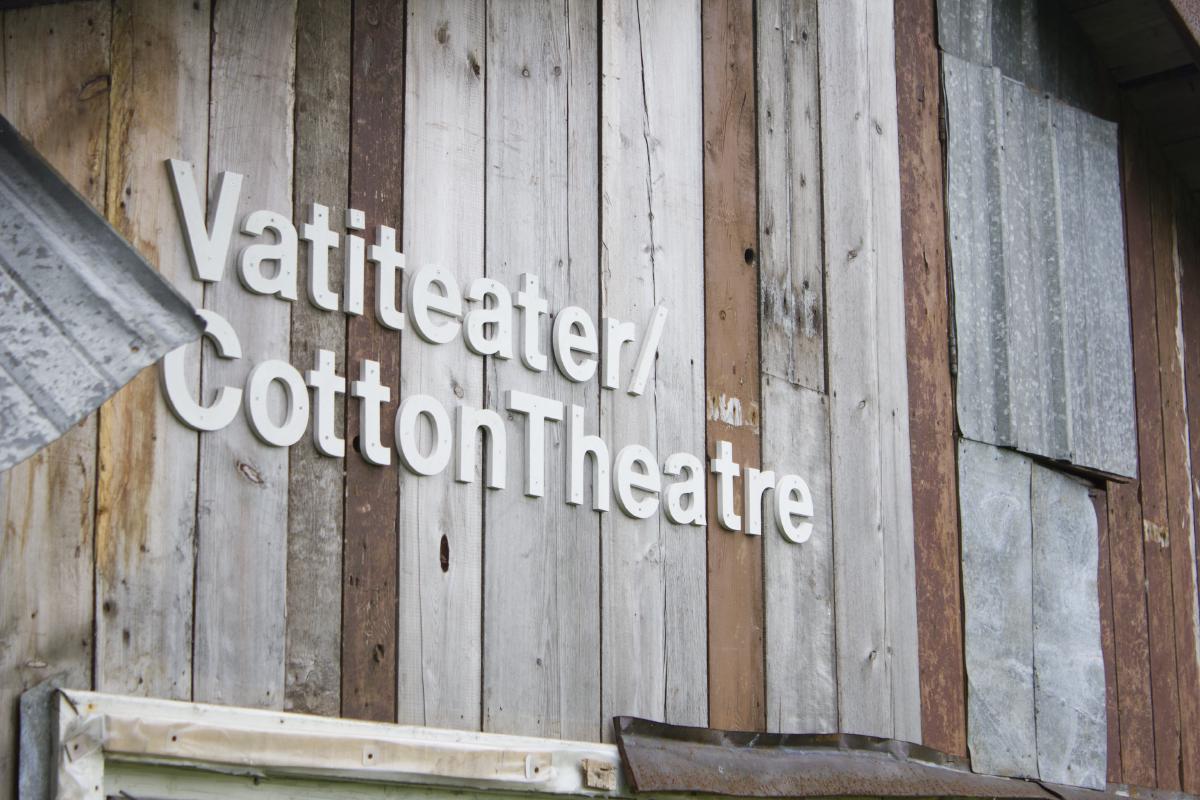
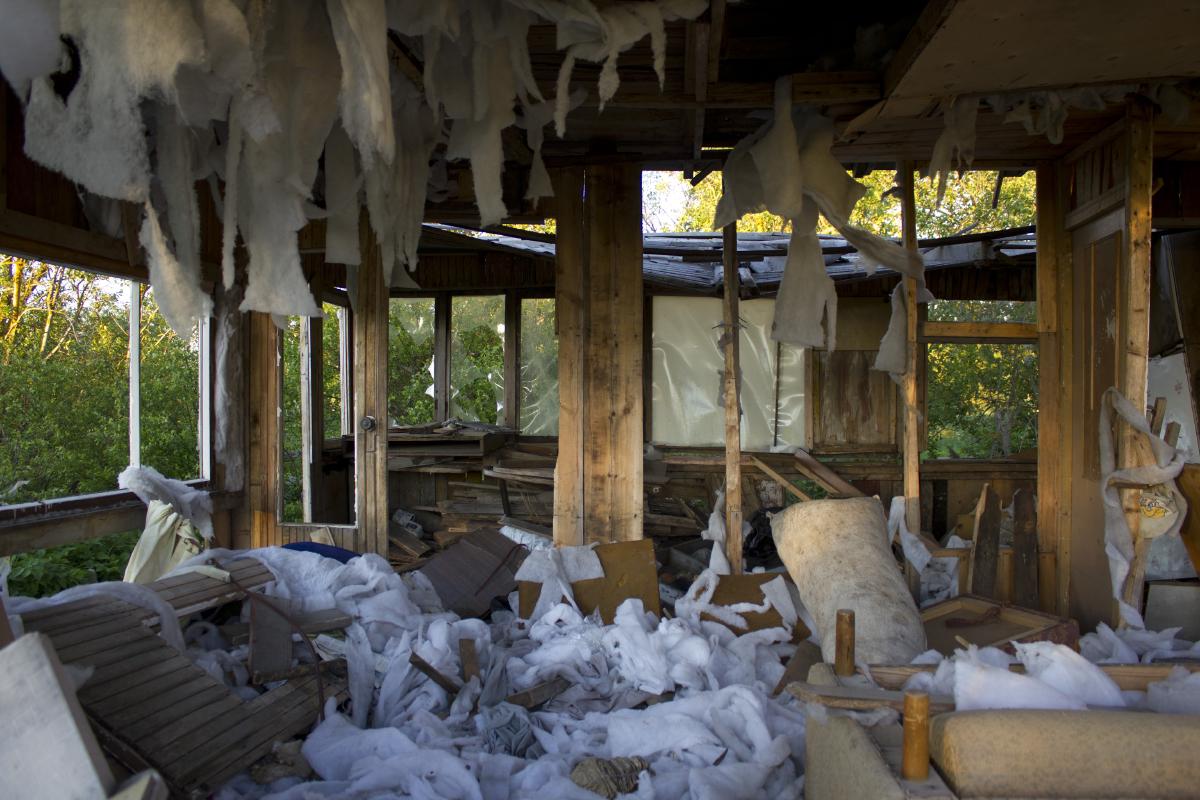
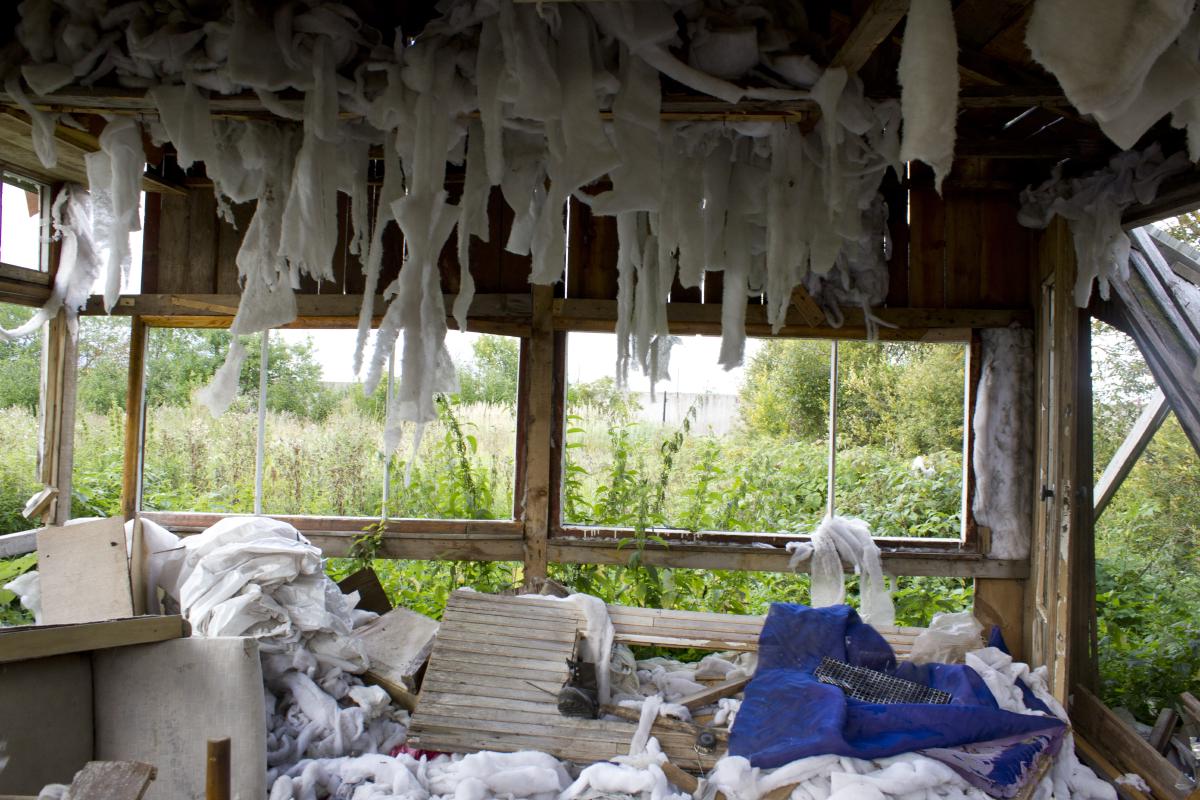
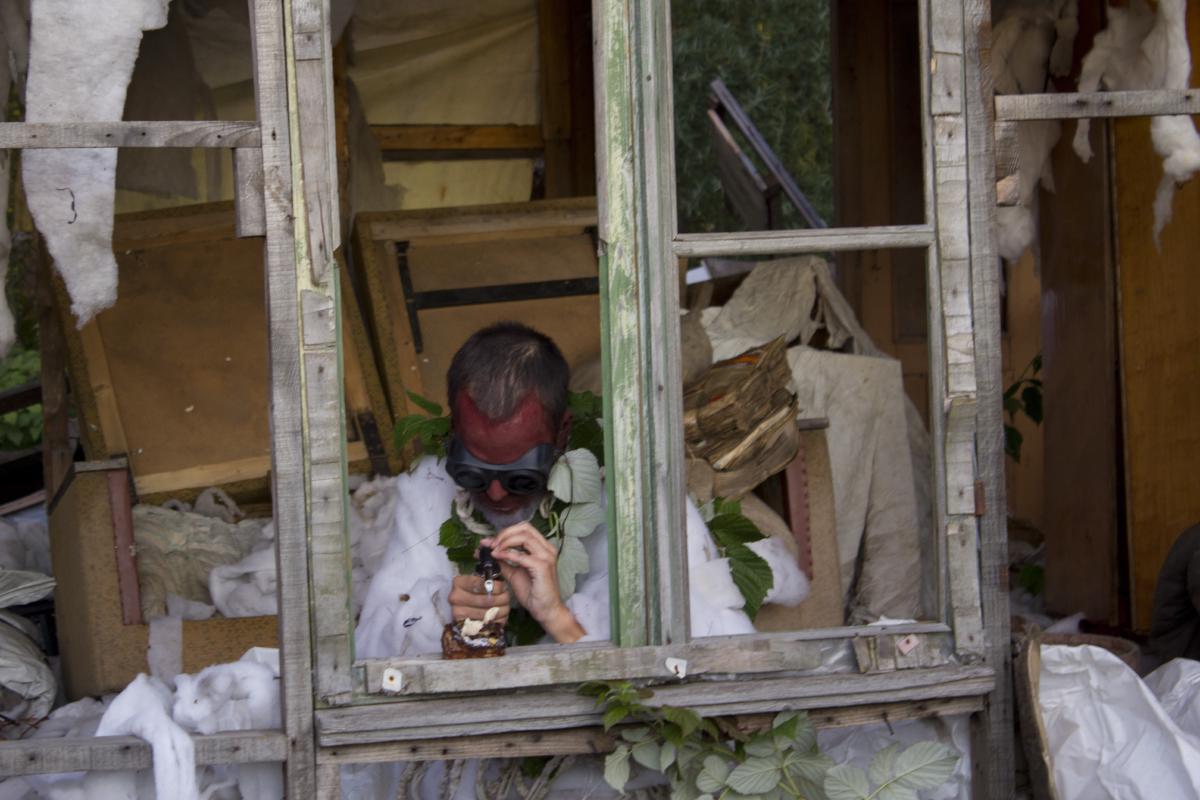
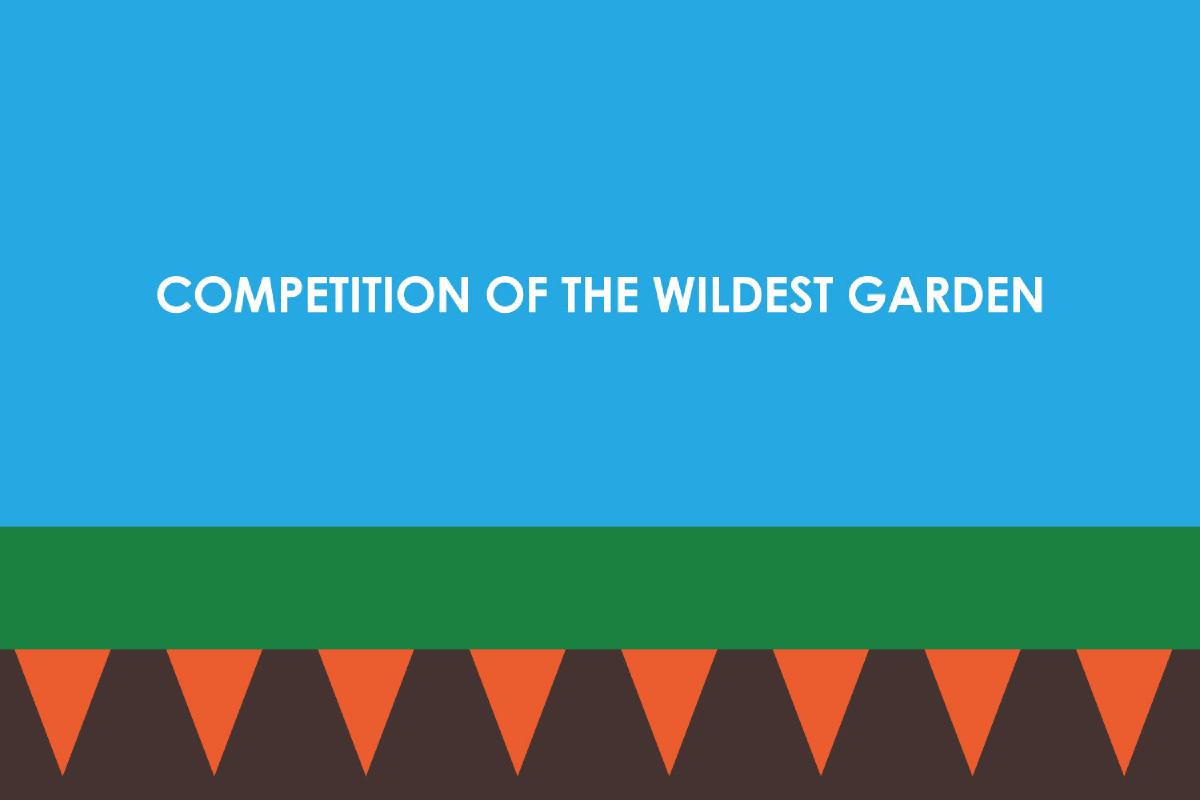
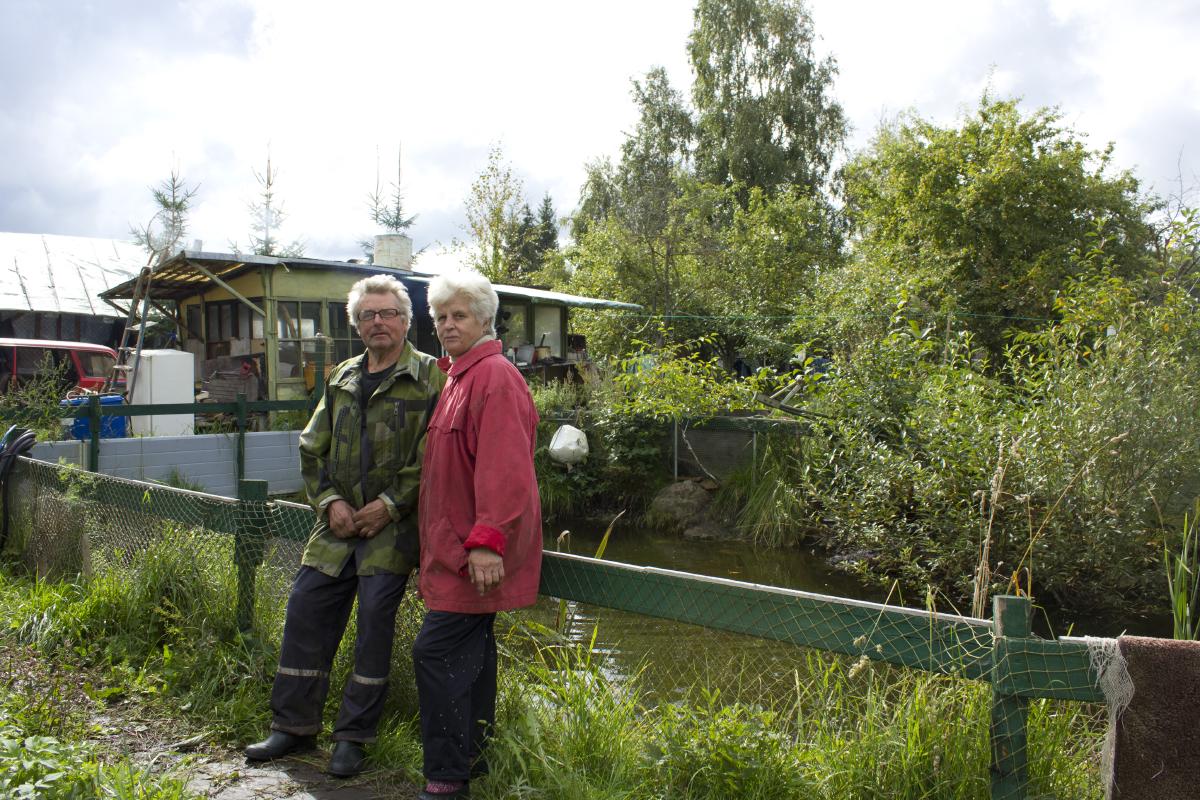
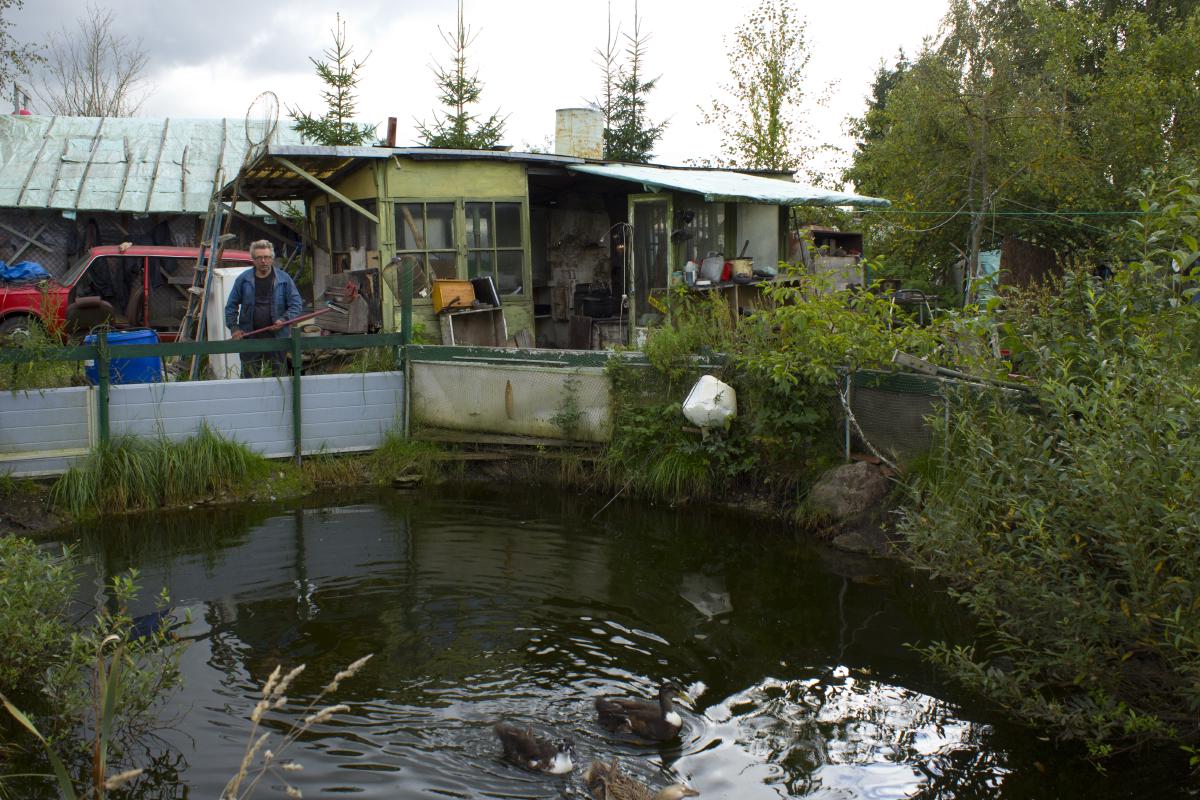
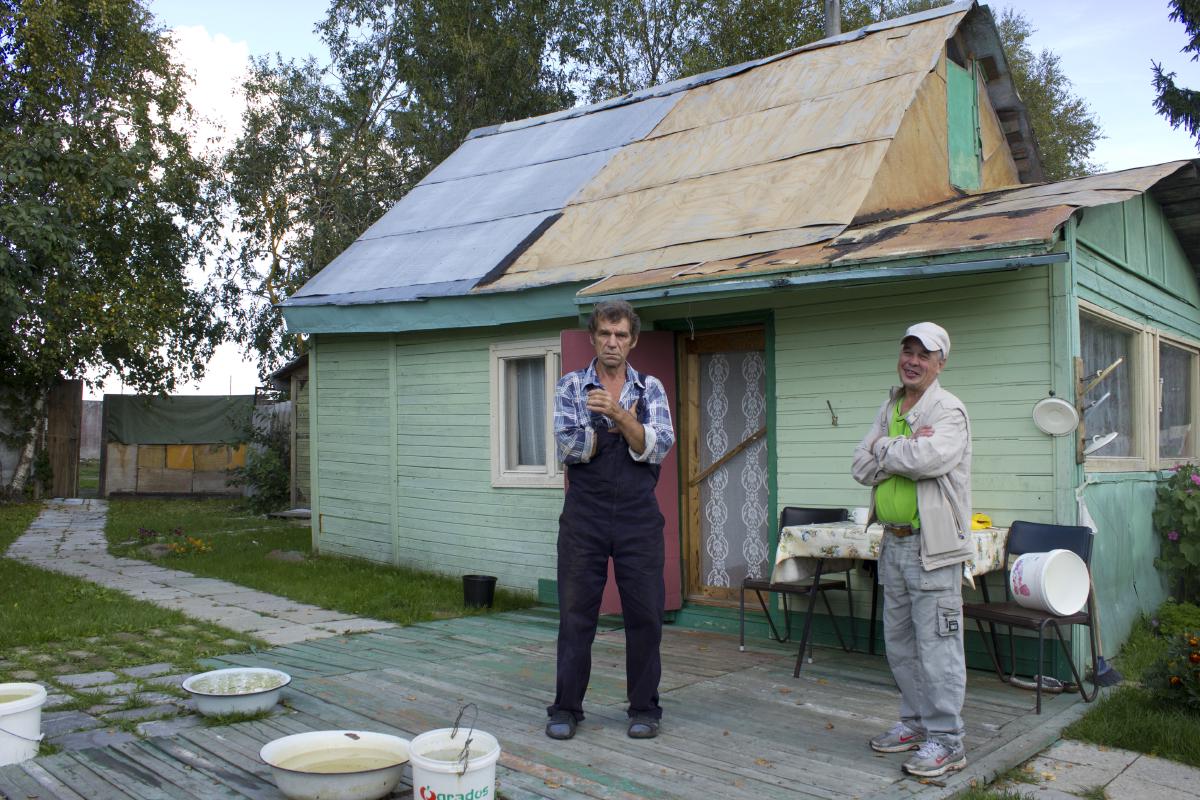
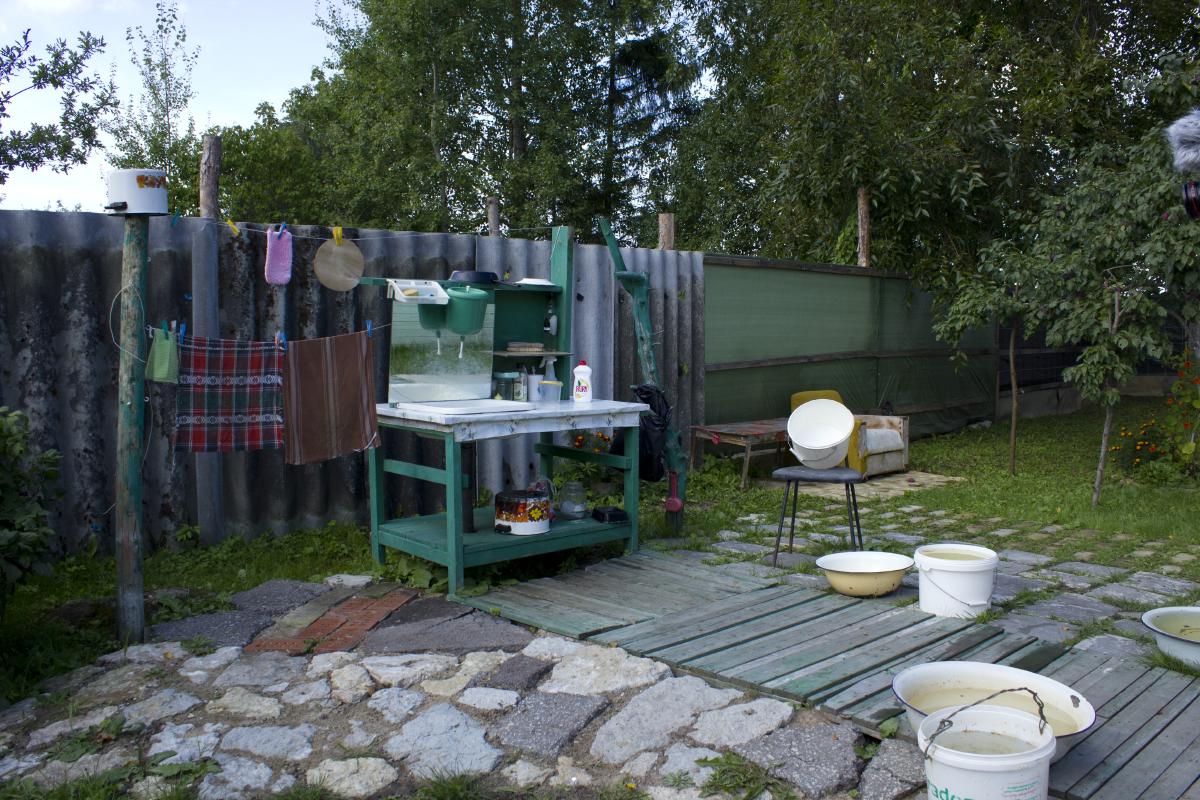
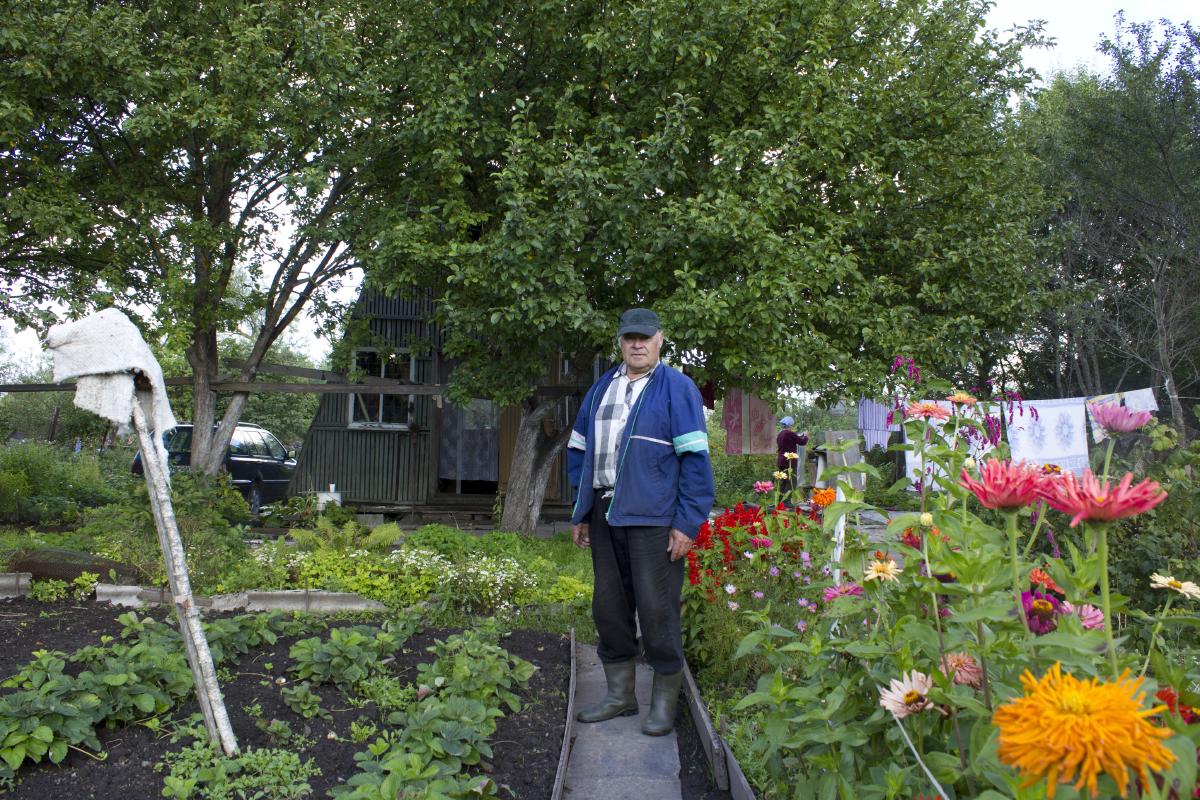
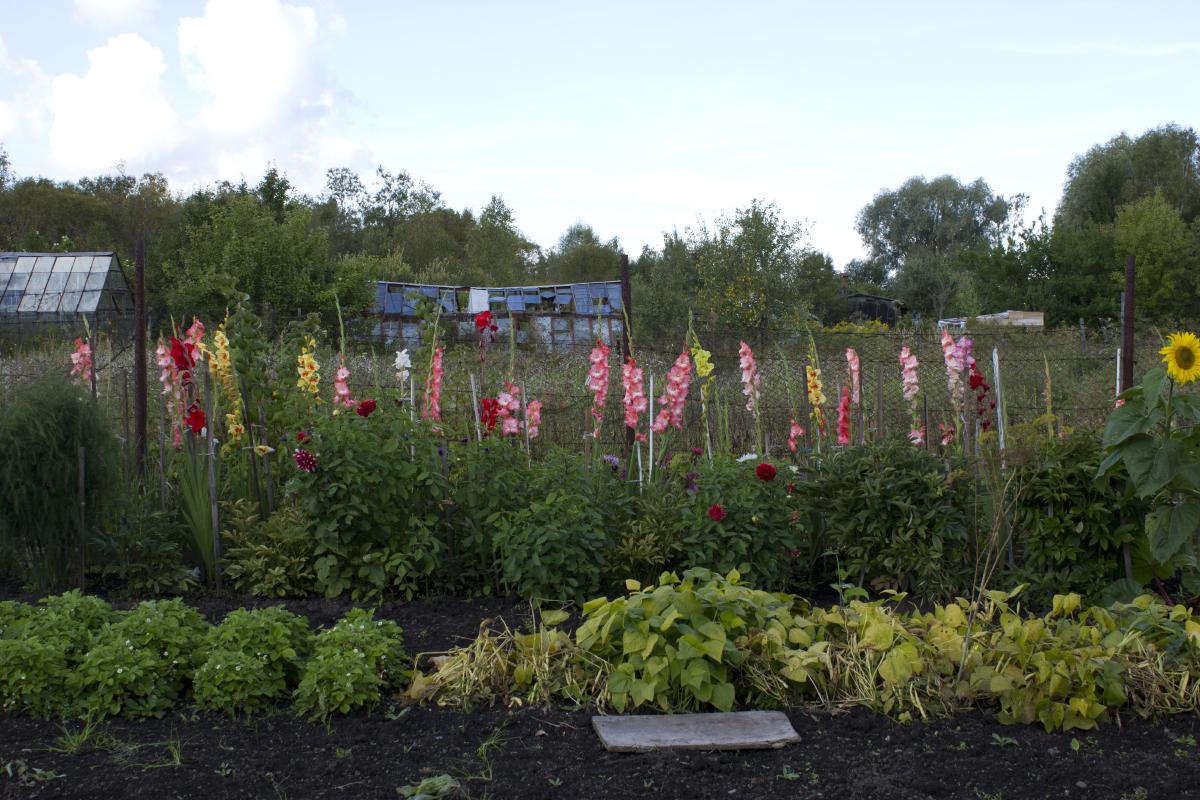
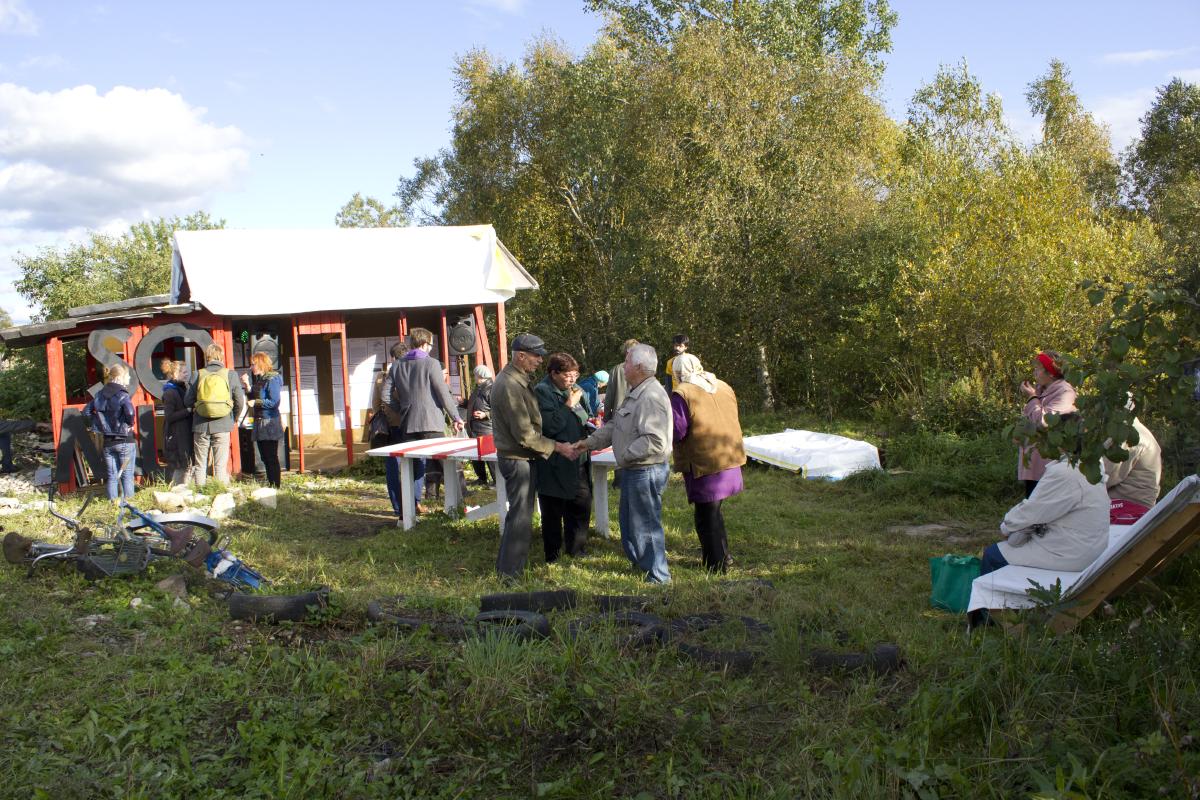
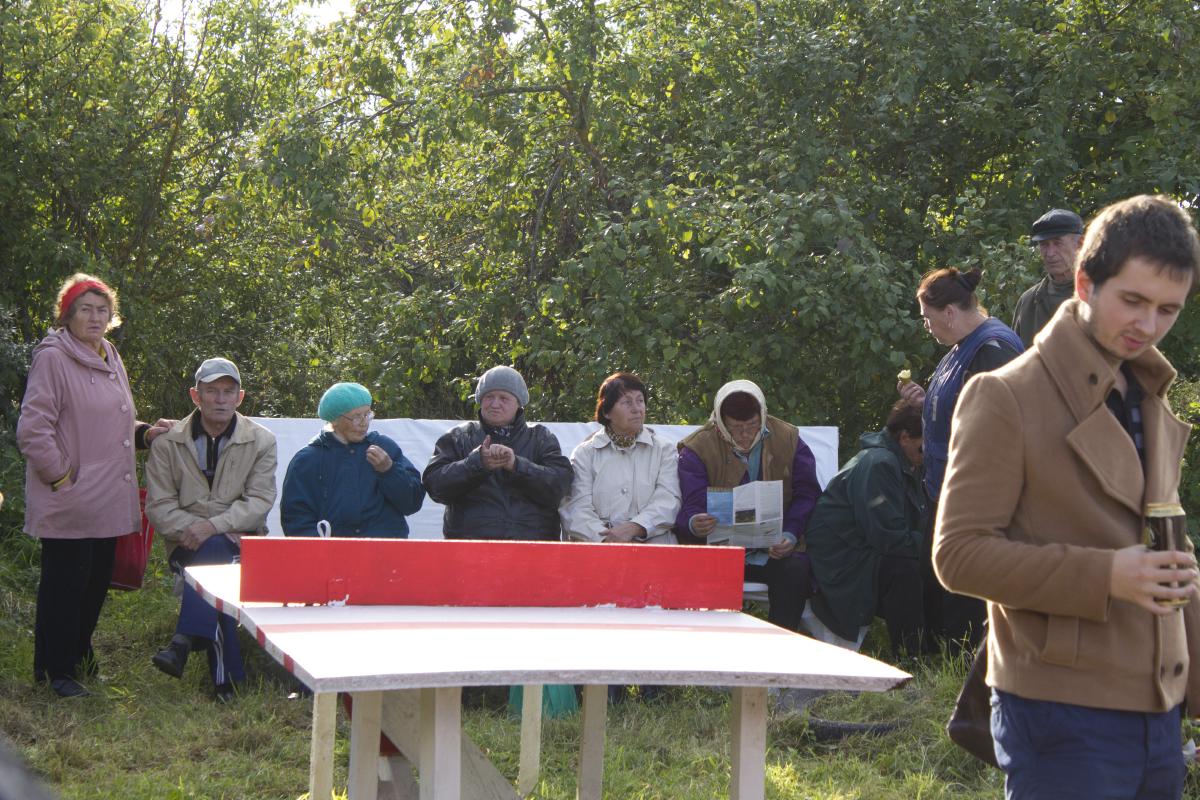
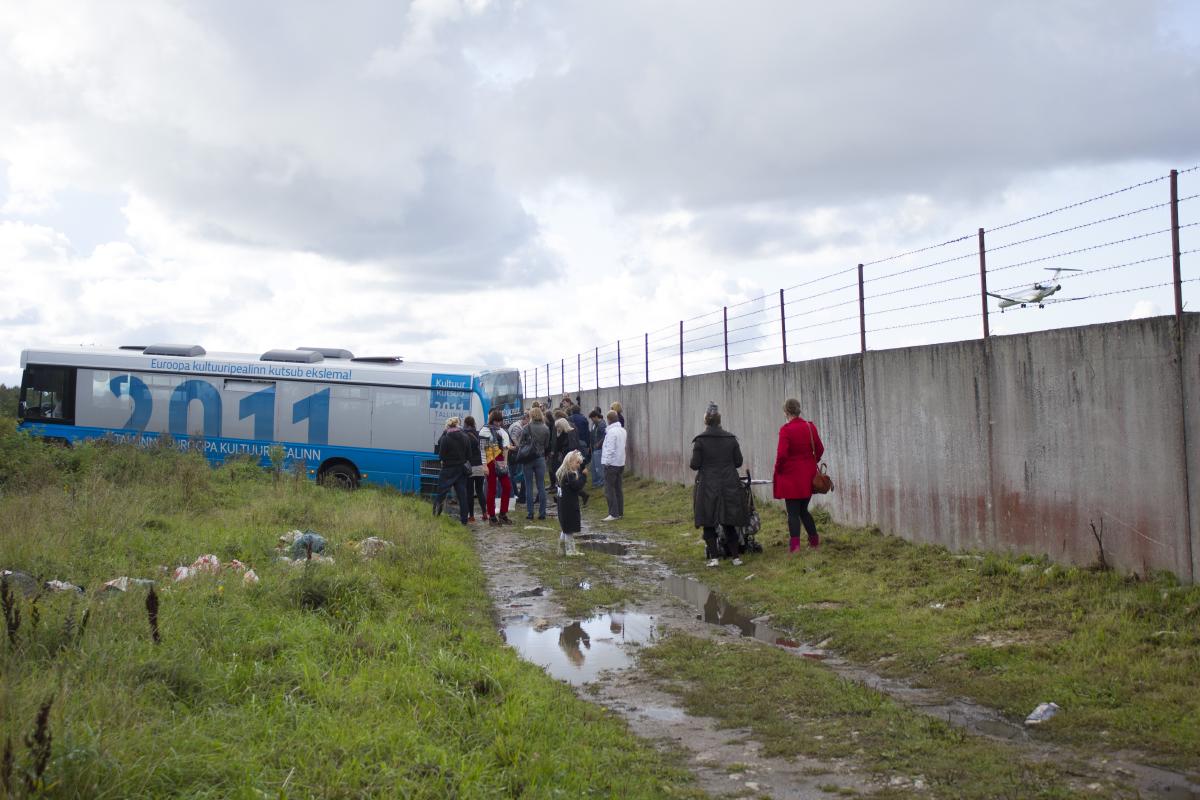
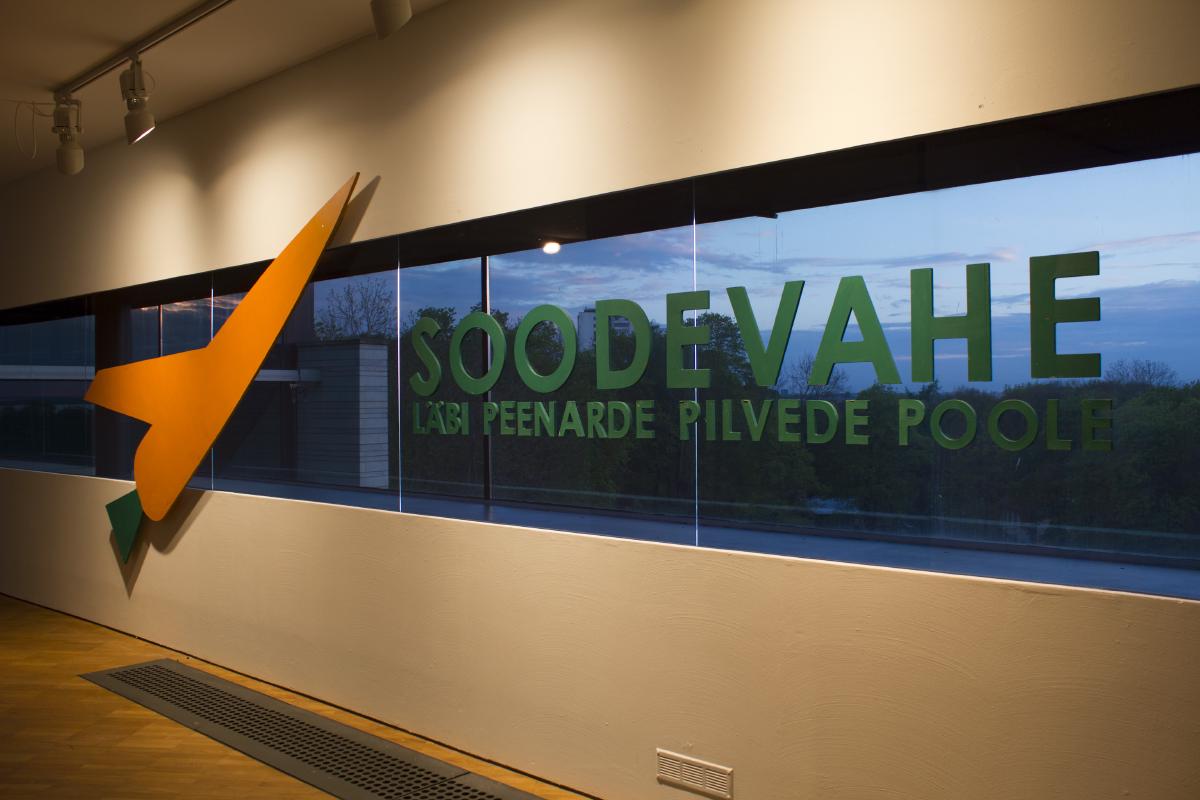
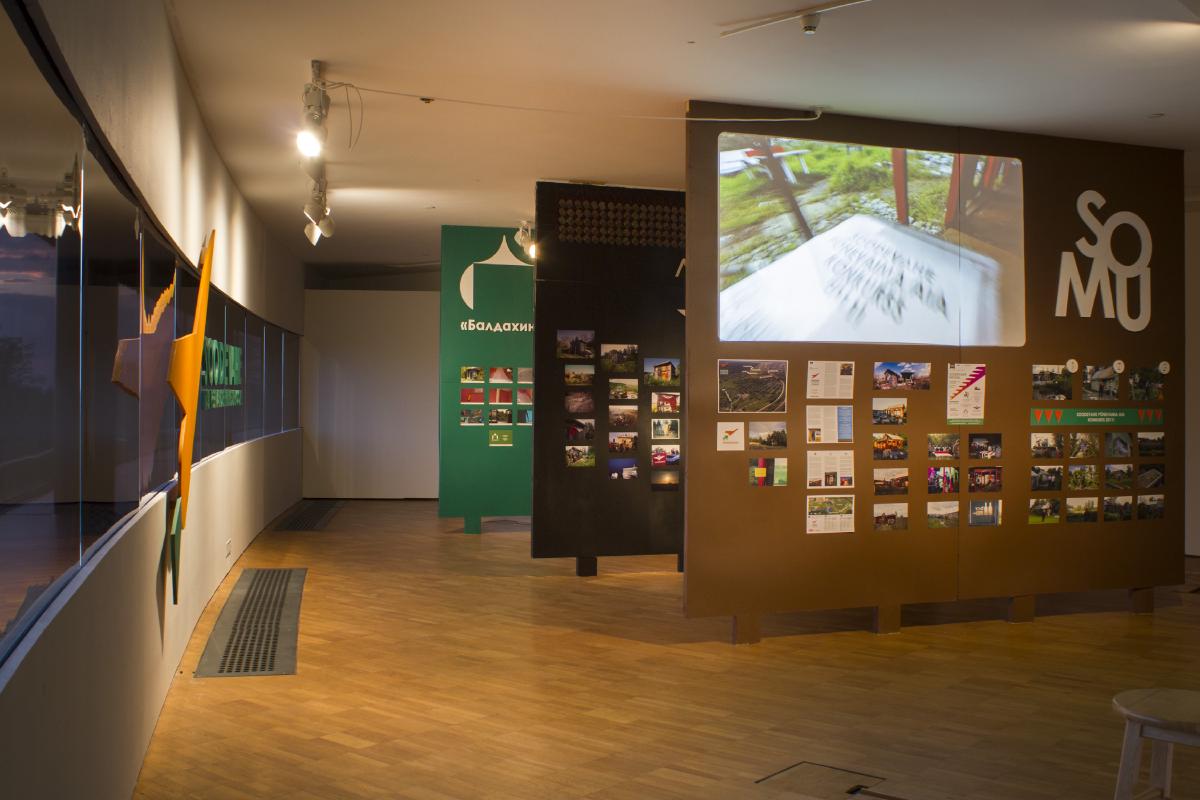
Soodevahe is a site specific project in a Soodevahe village next to Tallinn Airport landing strip. The project consts of series of architectural and cultural interventions.
Soodevahe is a district next to Tallinn Airport landing strip. It’s an area filled with contrasts and contradictions. In the 80s this plot of land was given to factory workers for gardening purposes. People got the land to grow only one-year old plants and no permanent construction was allowed. During the years people needed a place to store tools and started constructing small huts. This lead to little bigger huts and later full-blown dachas. Already during Soviet times this was already a bit illegal and by the collapse of USSR it became a no-man’s-land. The rules that were made in the city center didn’t apply in Soodevahe. The integration process of Soodevahe from socialistic regime to capitalism is one of the key points in the Soodevahe project. This process was delayed compared to other parts of the country and was visible even 20 years later. People of Soodevahe got the harsh messages in 90s when the original pre-occupation land-owners started burning the houses. It went on by looters and also with airport tearing down the houses.
Airport’s main argument for this activity was aesthetic. This slum shouldn’t be the business card for visitors of Tallinn, they said. It does looks like a jungle and it’s difficult to become over the fears to enter. In 2009 I went over the barrier of entering this chaos structure and found vibrant scene of people, architecture and culture. As most of the plots were illegal anyways, nobody cared about rules also in other areas. The architecture was self-made, built from scrap material and with creativity that was pushed to maximum. The people who looked at you suspiciously got friendlier each time you saw them. The paranoia was understandable – because of all the looters hanging around.
The location for my first Soodevahe object was chosen by the position of the wall. The wall between Soodevahe and the airport was strong symbol to the convergence process which Soodevahe was in and also drew a concrete line between them. The airport – being a shiny, extremely regulated, high-end capitalistic system contrasted to the chaos of Soodevahe.
My project in Soodevahe started with one dacha turned into a airport monitoring center. The name “Linnujaam” is a wordplay that means bird watching station (Lennujaam means airport). As I became kind of local there, I understood that You can’t do a project there alone. Besides all my friends that helped to rebuild the dacha there was strong input also from the district itself. As most of the Soodevahe houses, Linnujaam was also abandoned during the winter. In the beginning of the spring I could witness a new aesthetics of the house. The outer layer of the dacha was stolen and the house looked completely different. The dacha was originally build by airport worker who used soviet airport advertising materials to create the inner walls. All this became visible and completely changed how the house looked. These panels are also featured in this exhibition.
The “Linnujaam” project ignited other’s peoples imagination as well and there was need for more. Public space installation festival LIFT11 proposed to get involved with a project in the area. During summer of 2011 there were many new institutions created and Soodevahe got city-like logic as maps, booklets and navigation system. For me it took some years of thought to enter the chaos of Soodevahe, but this city-like logic made the barrier lower for other people to become Soodevahe tourists. The summer was definitely different than all the others. There were people walking around and some events were happening. There was a contest for the wildest garden and a festival with award ceremony and live bands. The festival happened at the same time as airport officials put up destruction notices.
In the autumn 2011, the airport started destruction process in the part of the district where my project houses were built. This also ended my project on location. The exhibition “Soodevahe Museum” was created to remember the village and this process.
2014 / Survival kit 6 / Riga, Latvia
2013 / KUMU / Tallinn, Estonia
2012 / Contemporary Art Museum of Estonia / Tallinn, Estonia
2011 / public space / Tallinn, Estonia
2010 / City Gallery / Tallinn, Estonia
2013 / KUMU Art Museum / Tallinn, Estonia
LIFT11 Urban Installation Festival
Trailer of the film “Not my land”
Concept, design, construction: Timo Toots
Design: Pent Talvet
Construction: Kaarel Narro
Soodevahe Museum exhibition team: Marika Agu, Kaarel Narro, Pent Talvet, Tanel Külaots, Risto Roosaar, Hanna Tiidus, Erki Männiste, Risto Kalmre, Neeme Külm, Jaanus Kalde, Anastasja Sevtsenko.
LIFT11 Urban Installations Festival
Cultural Endowment of Estonia










































































